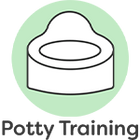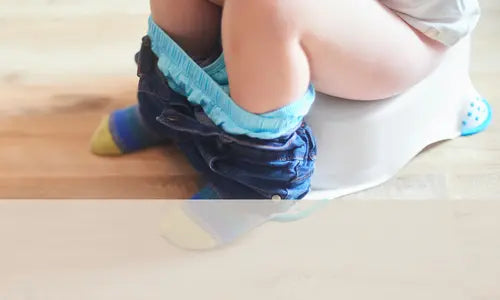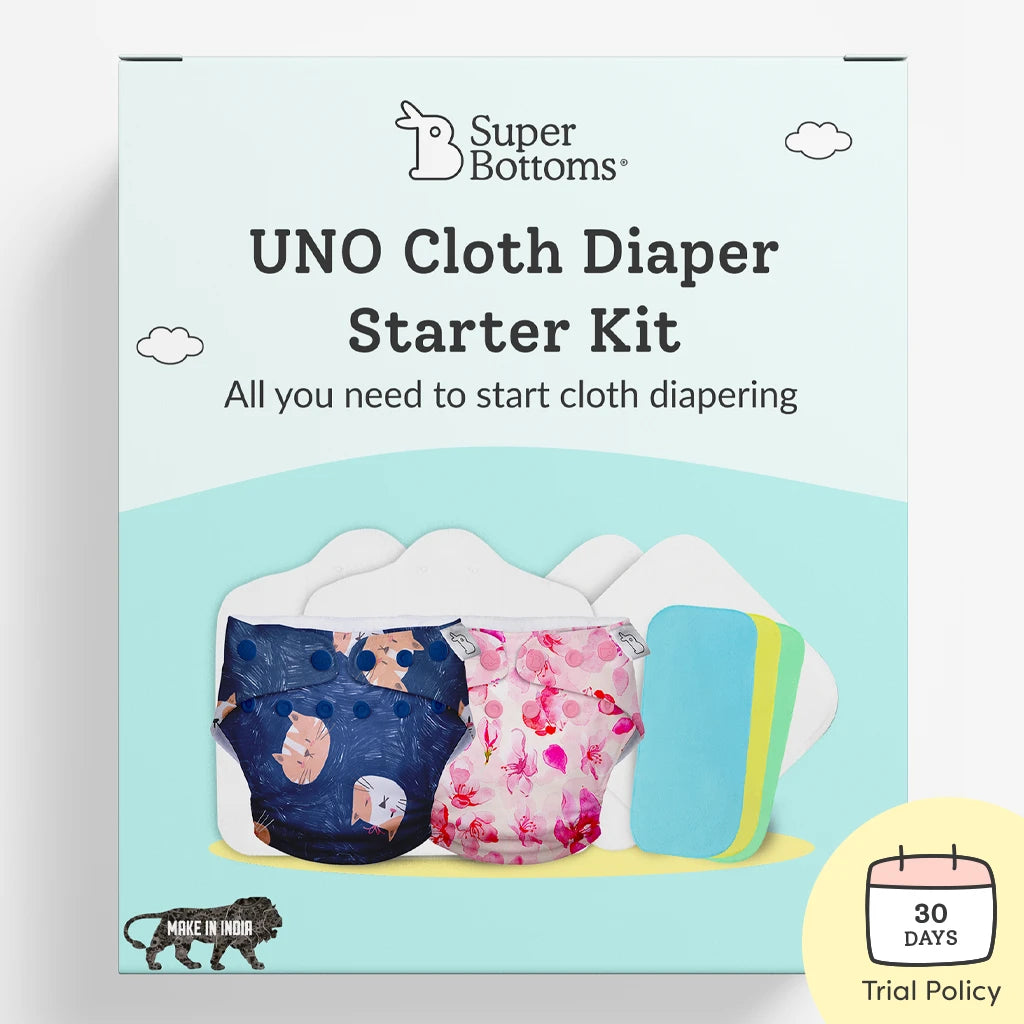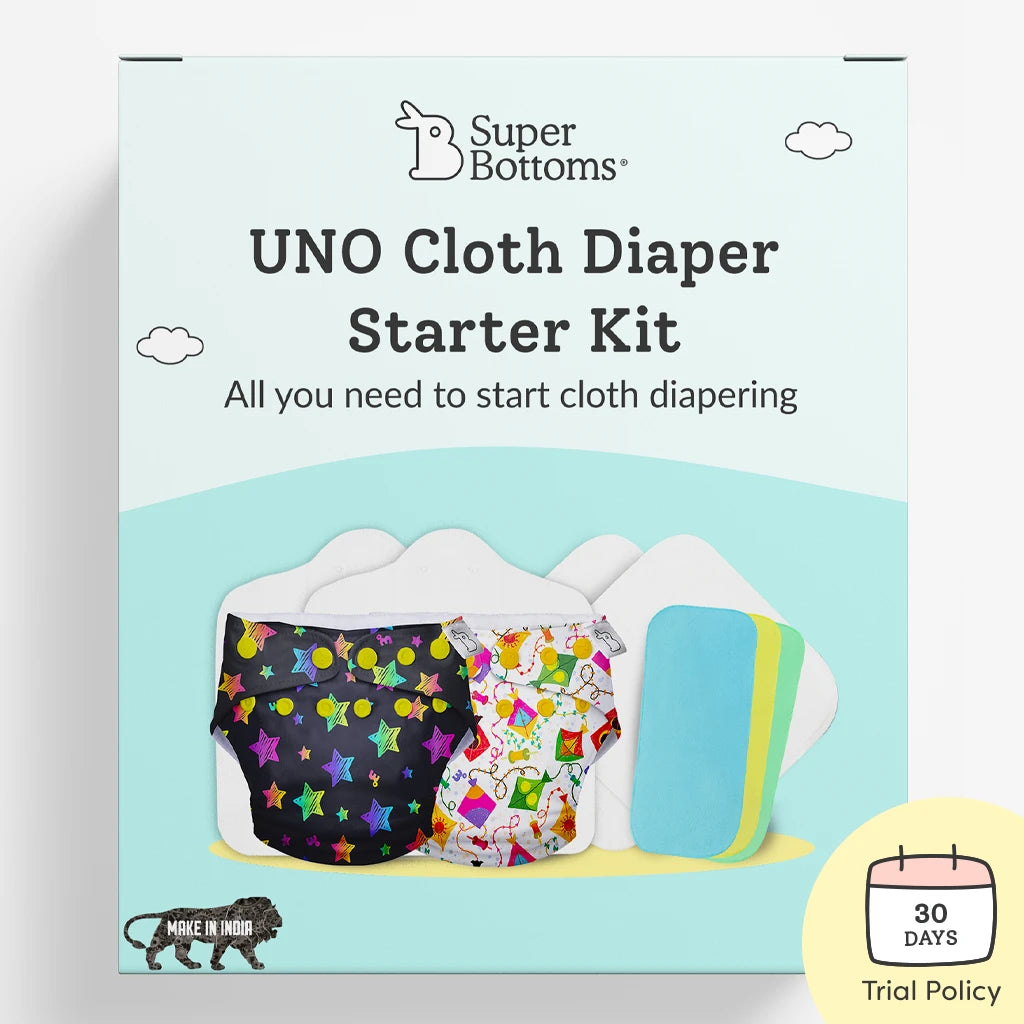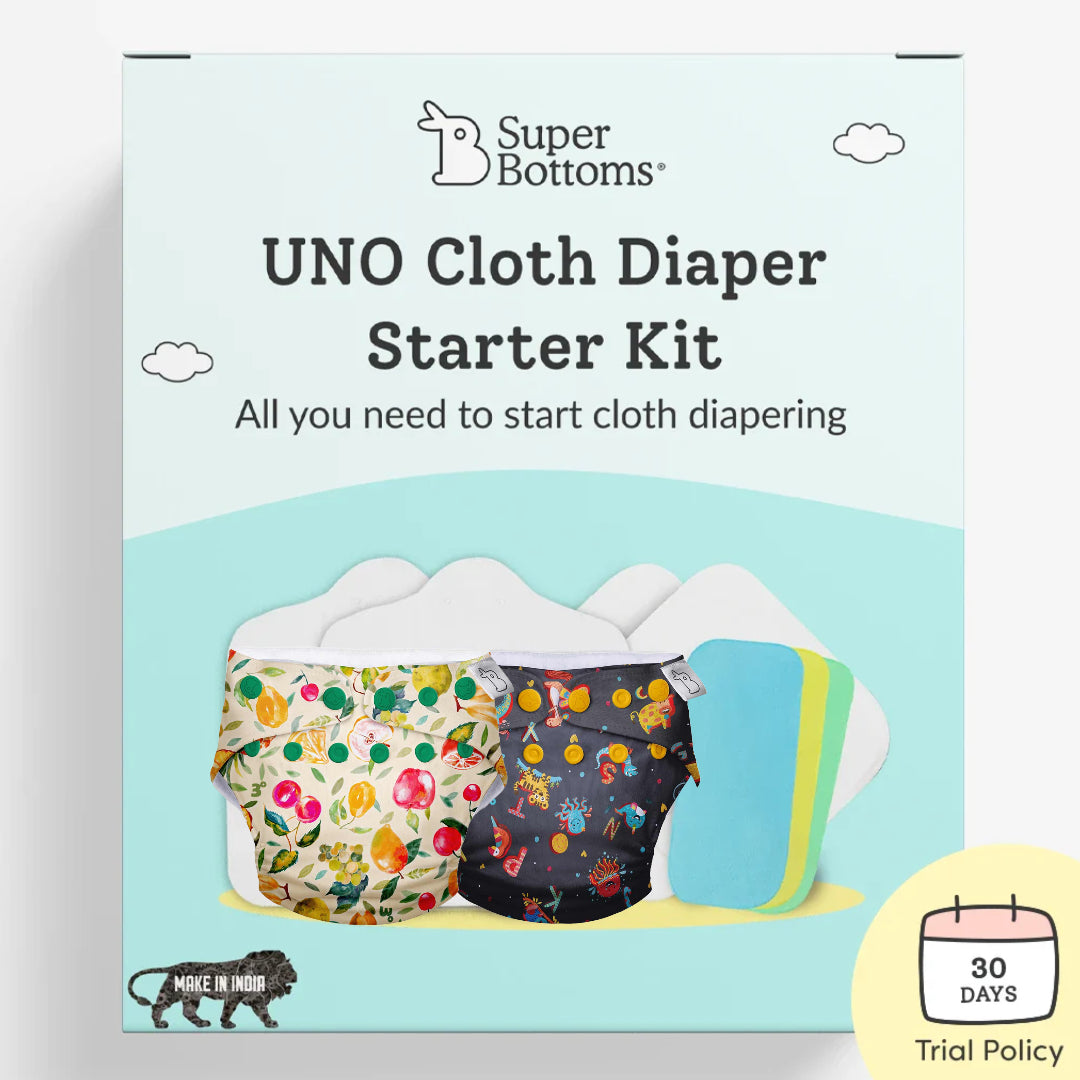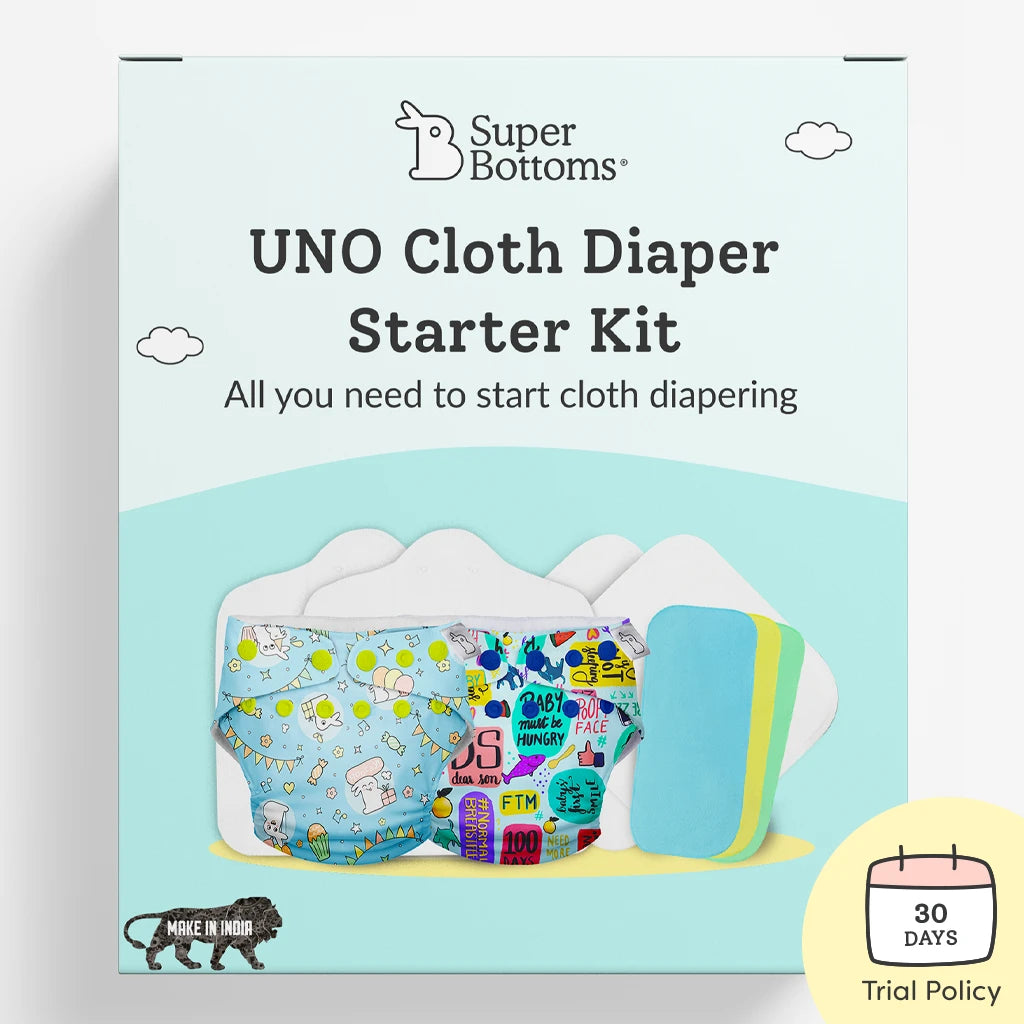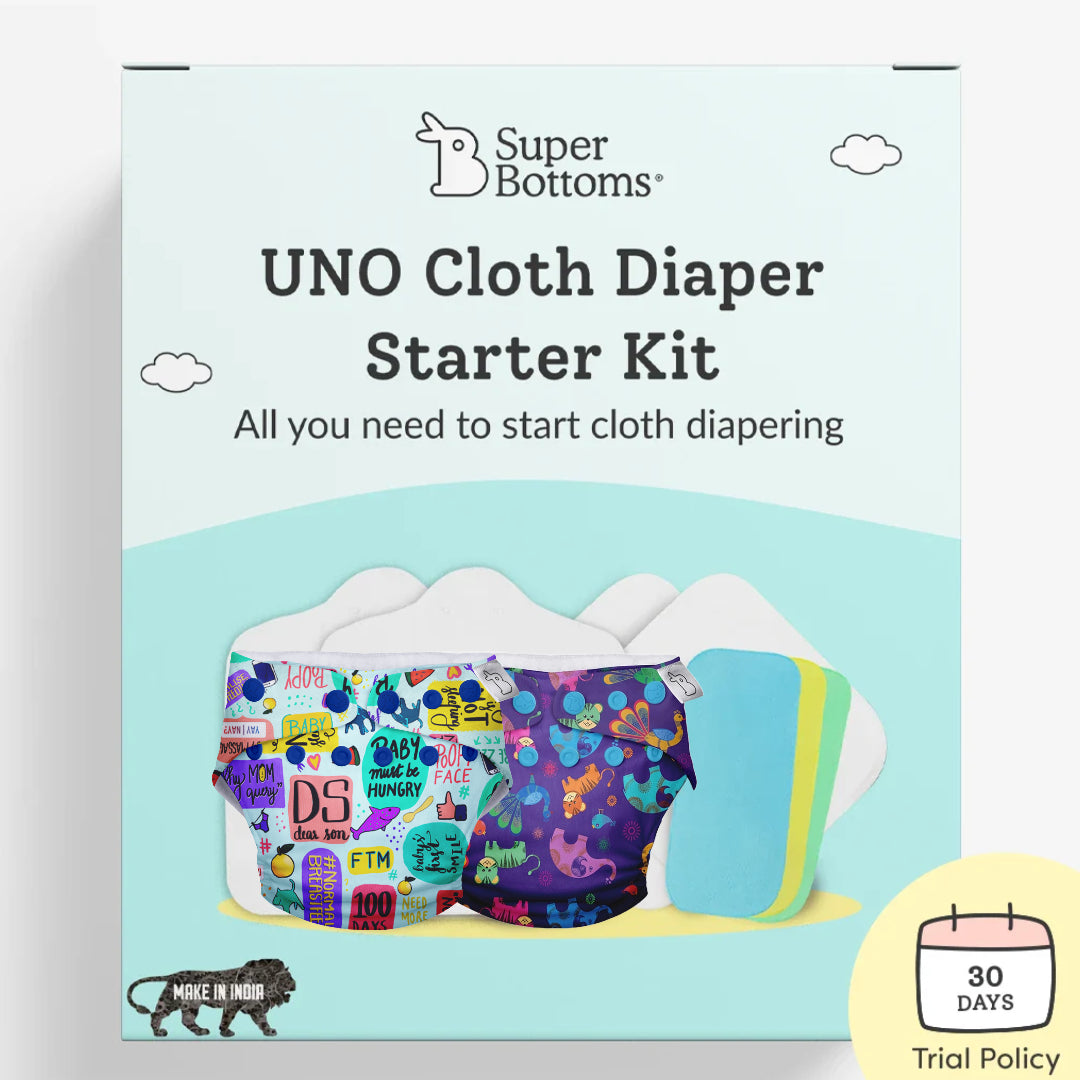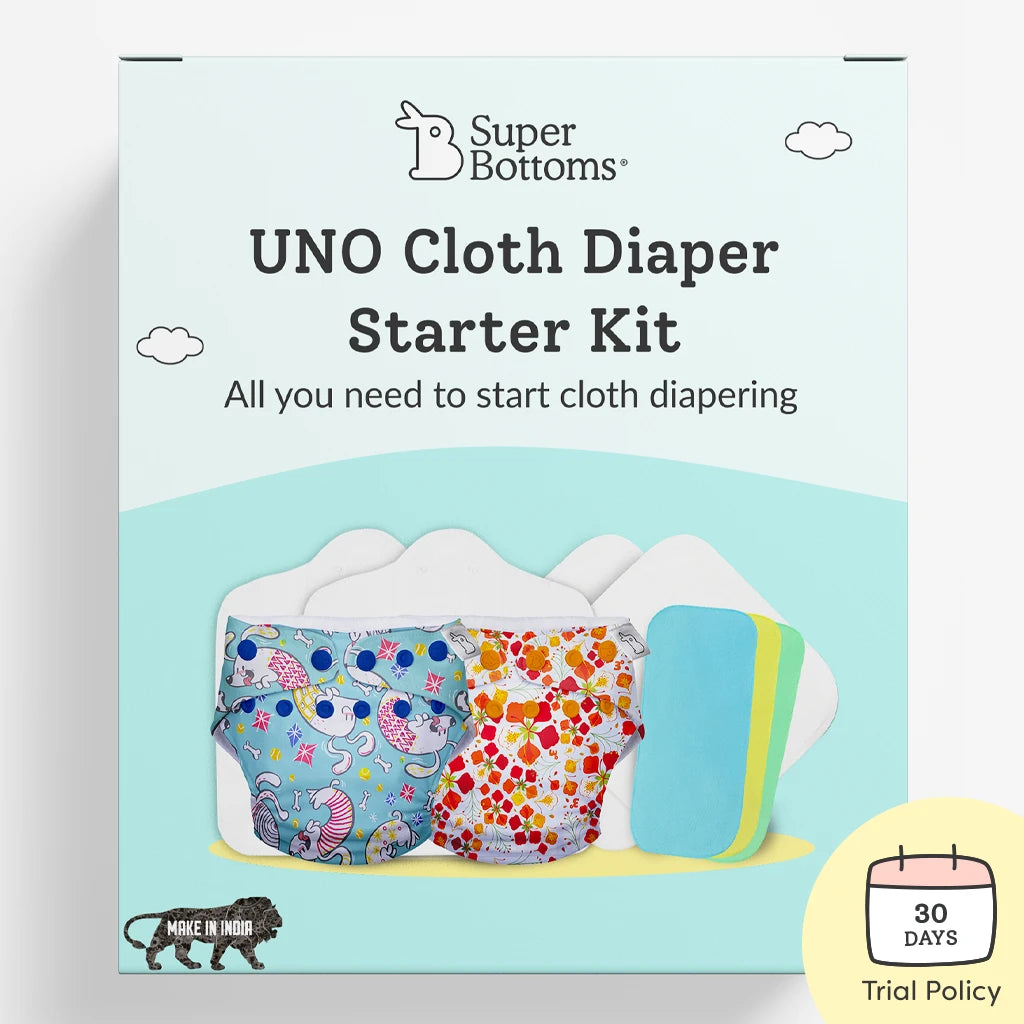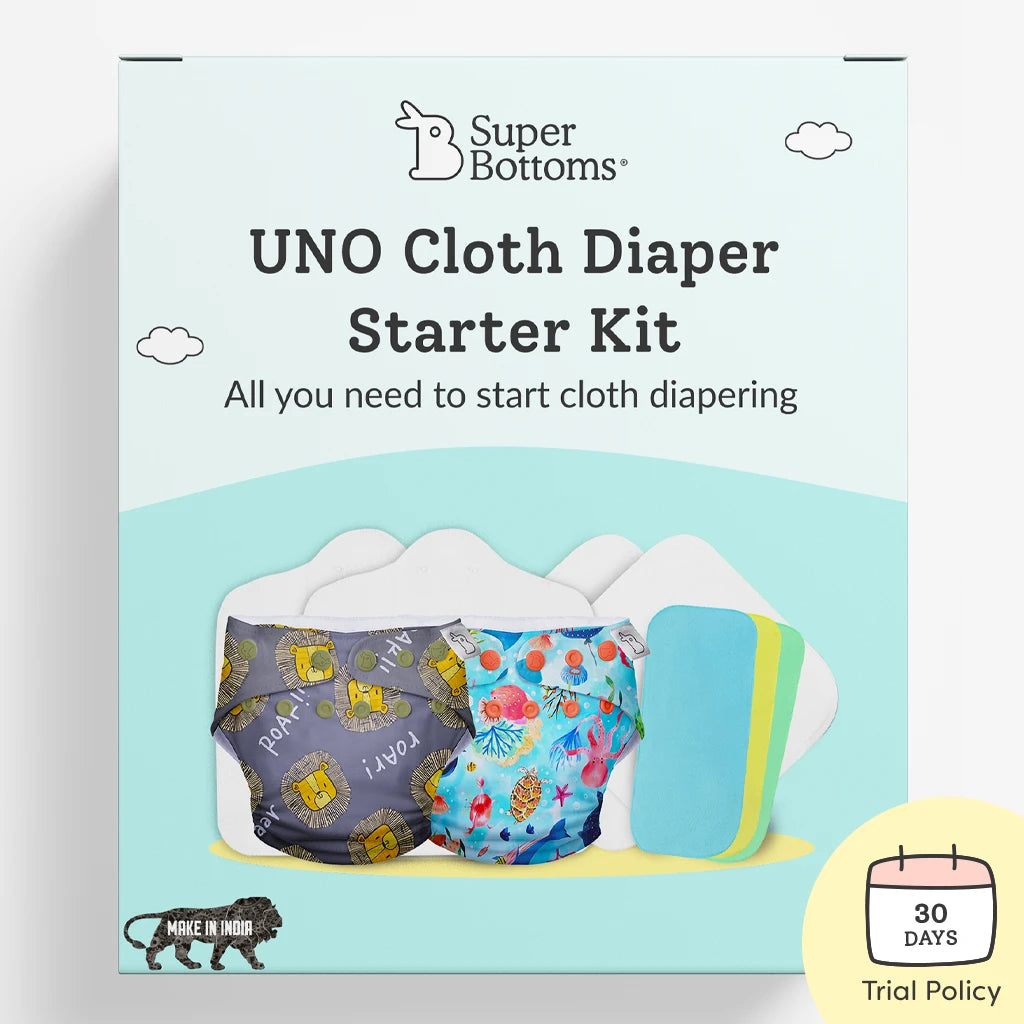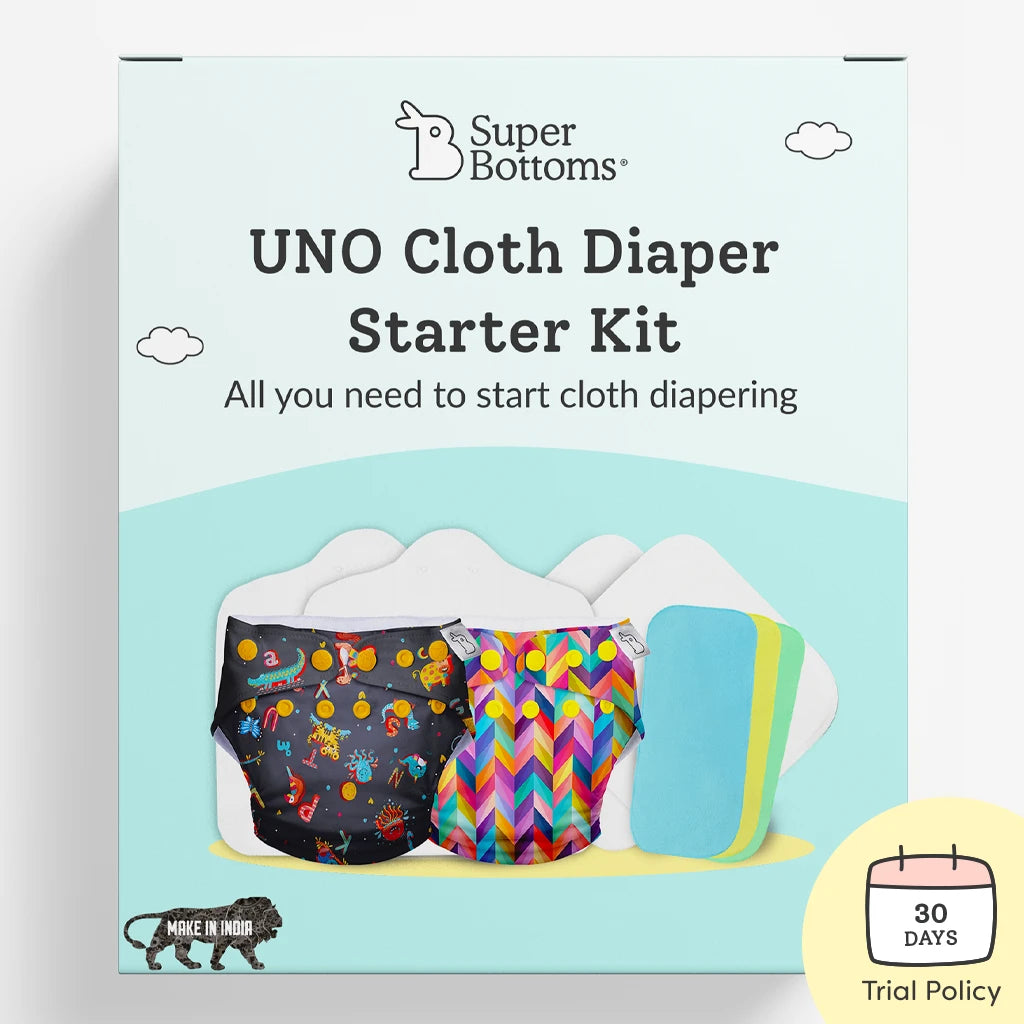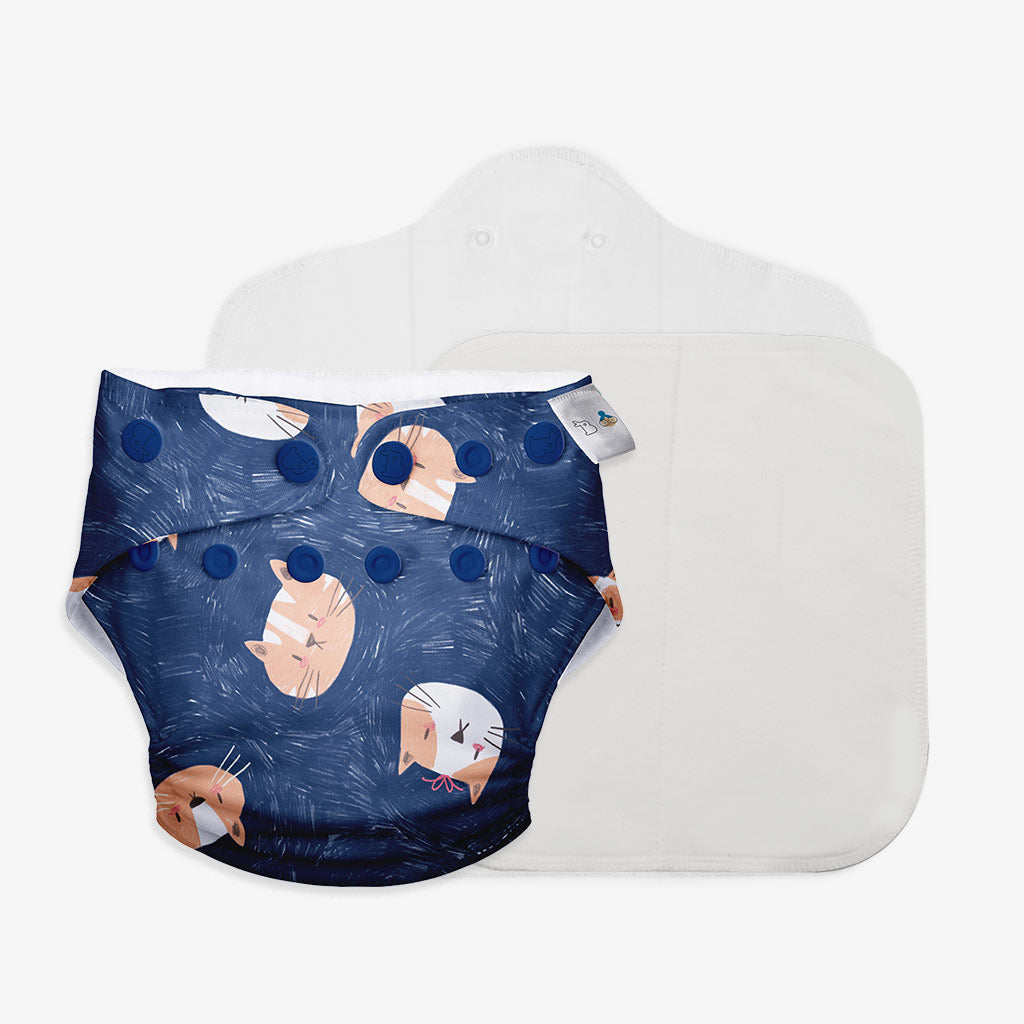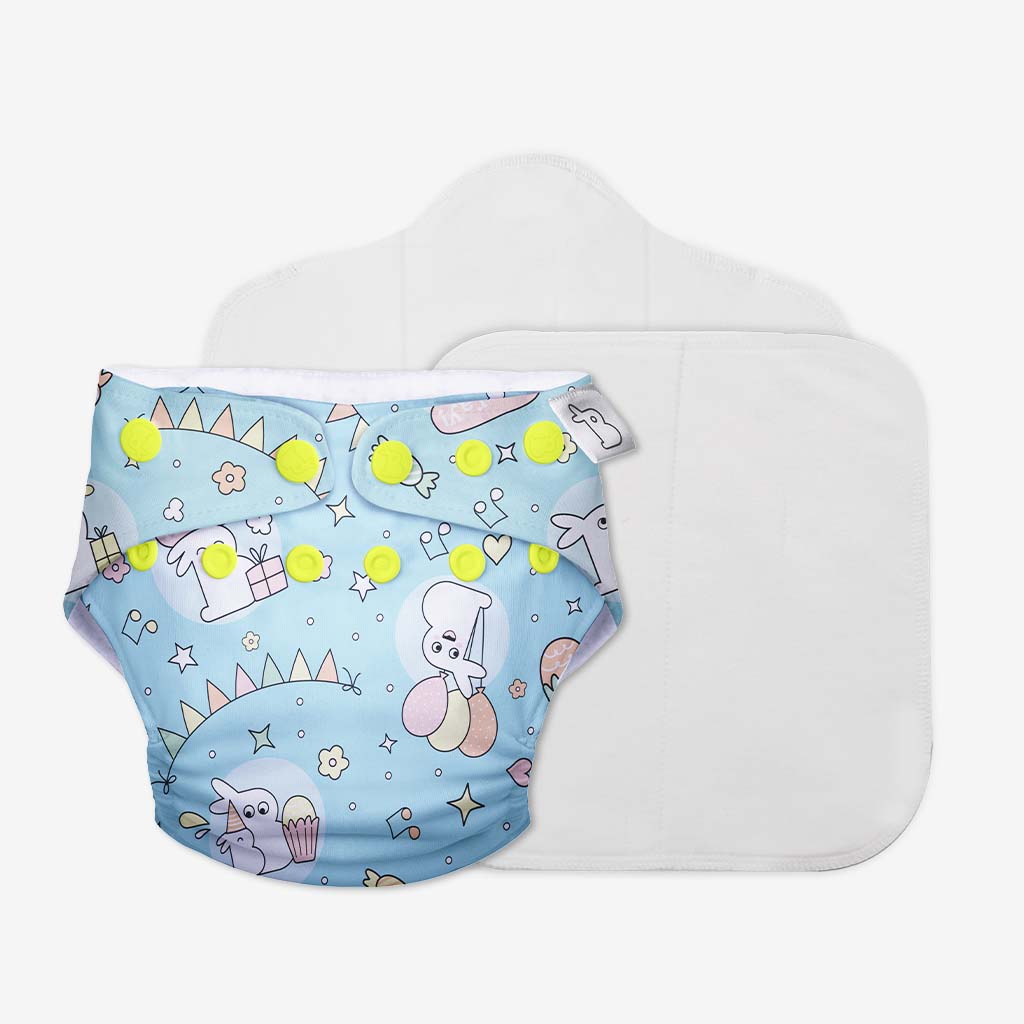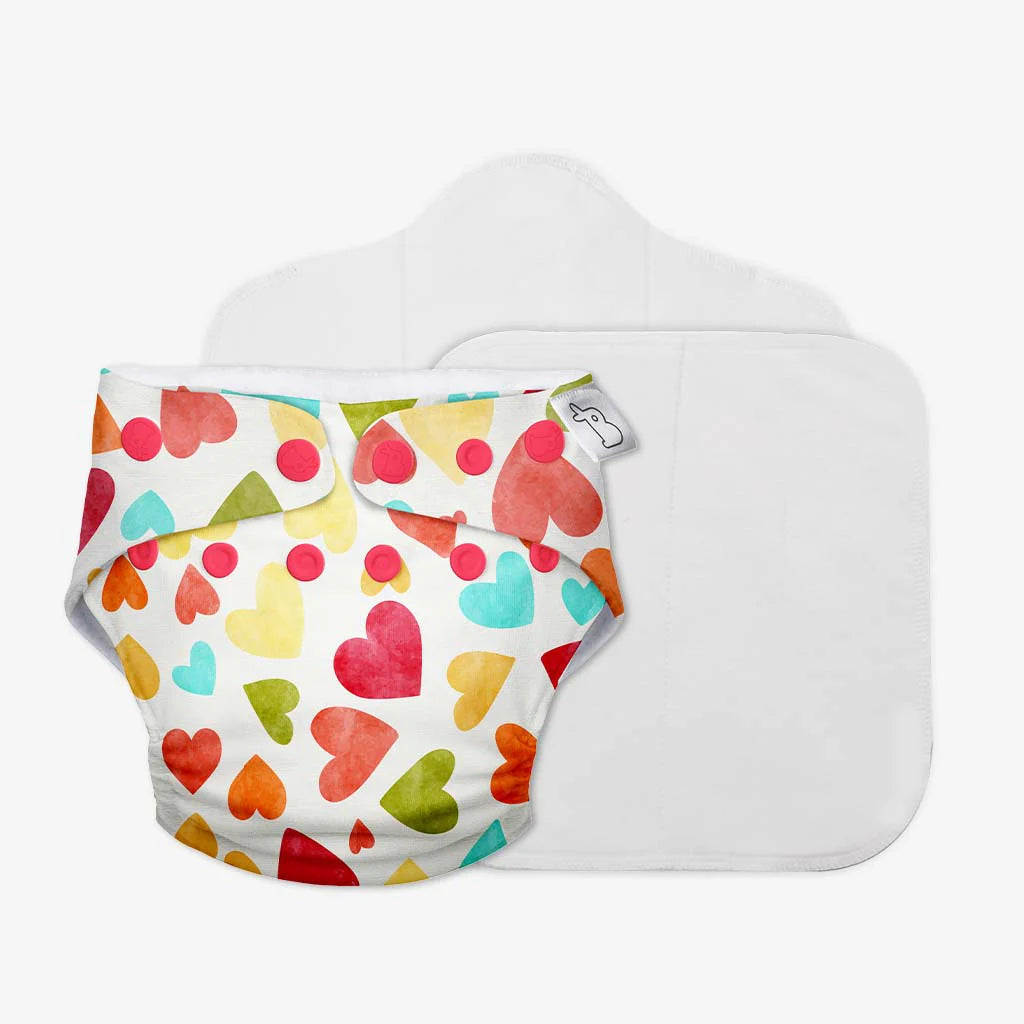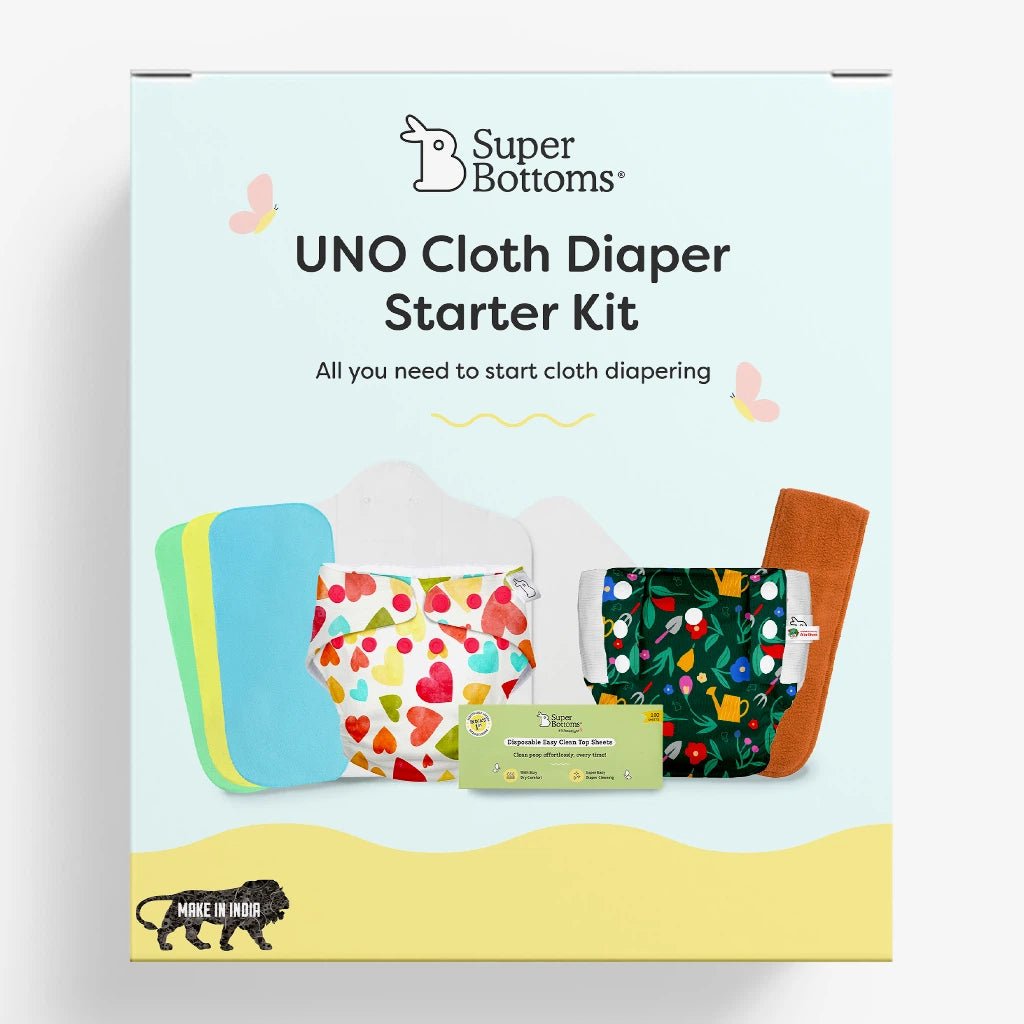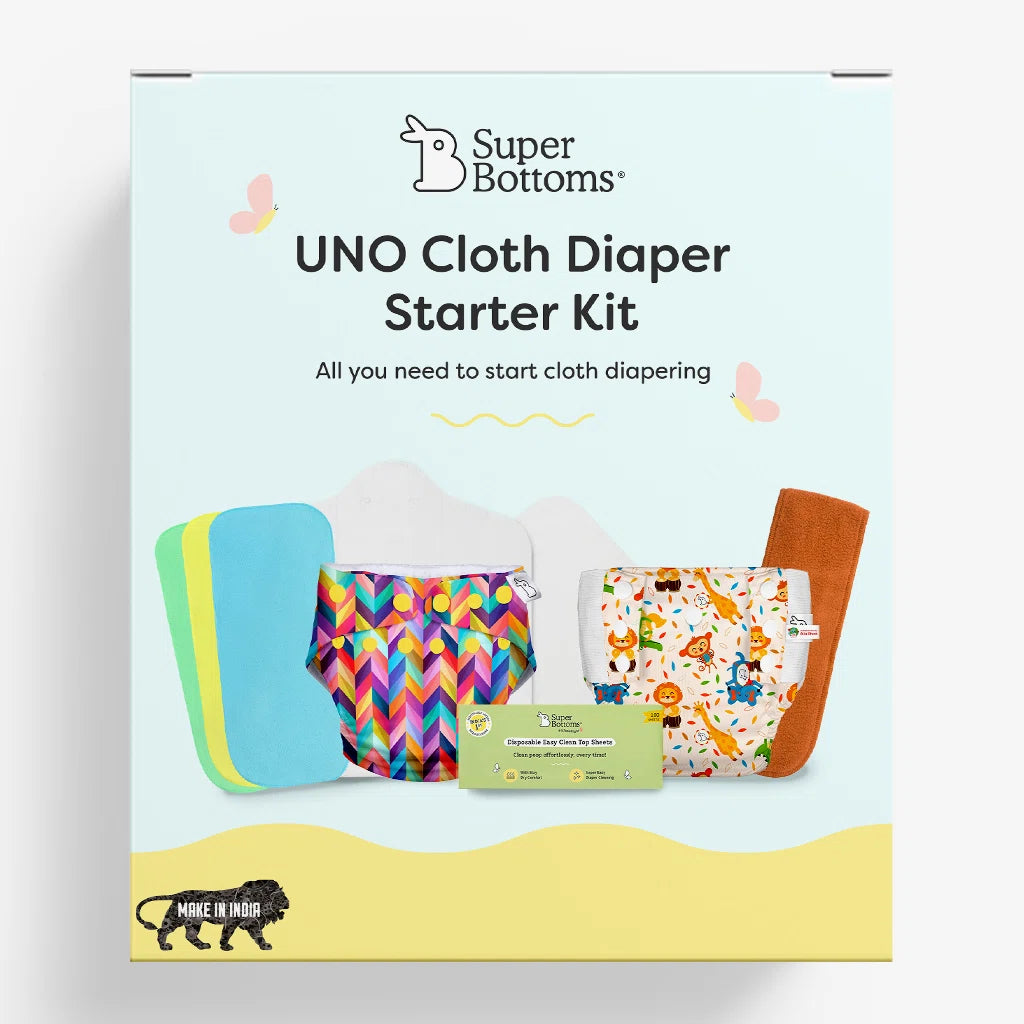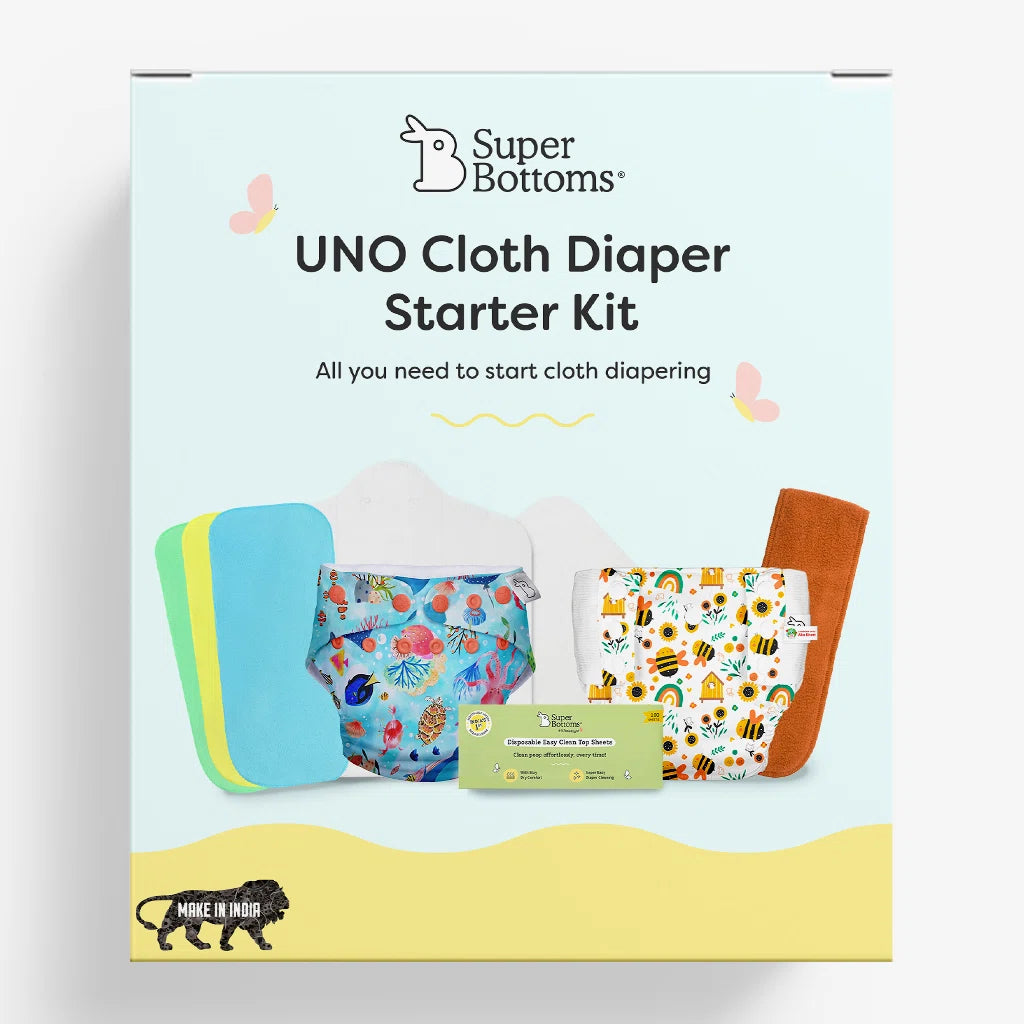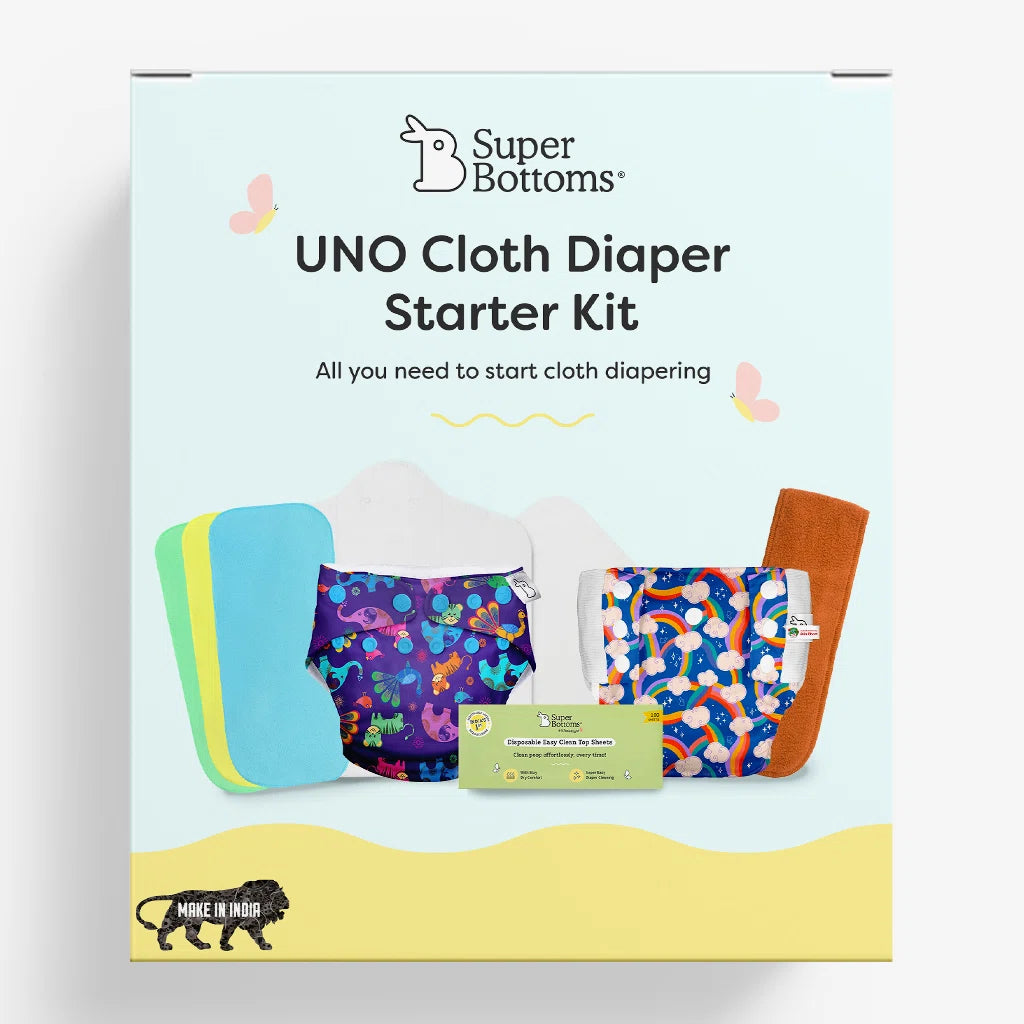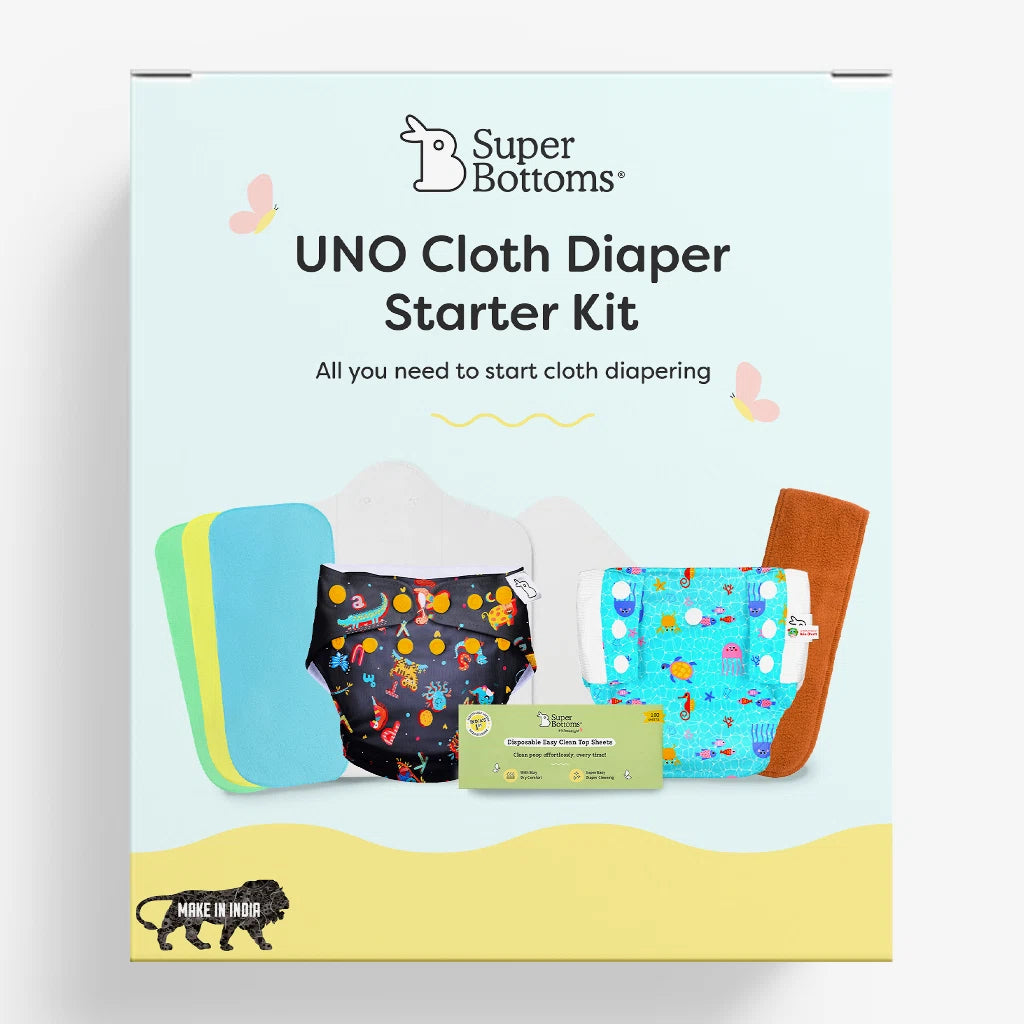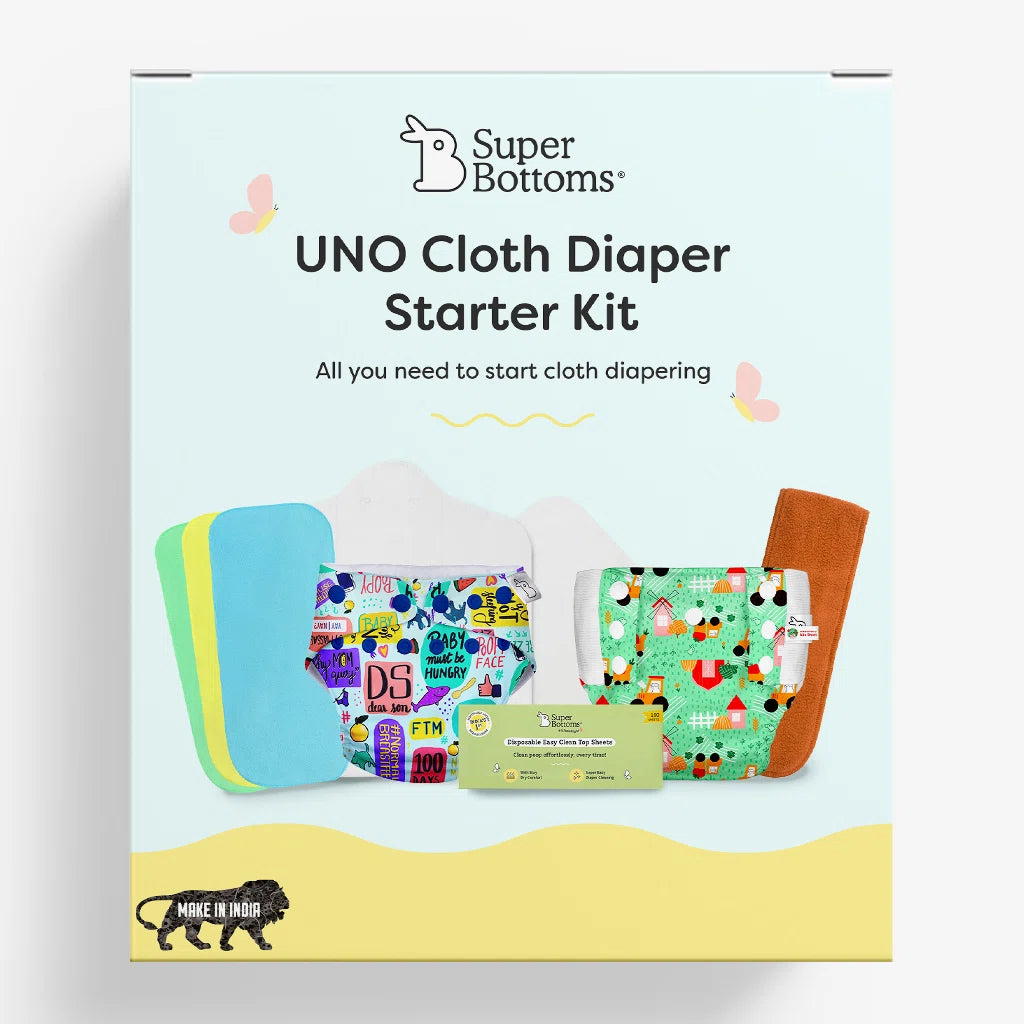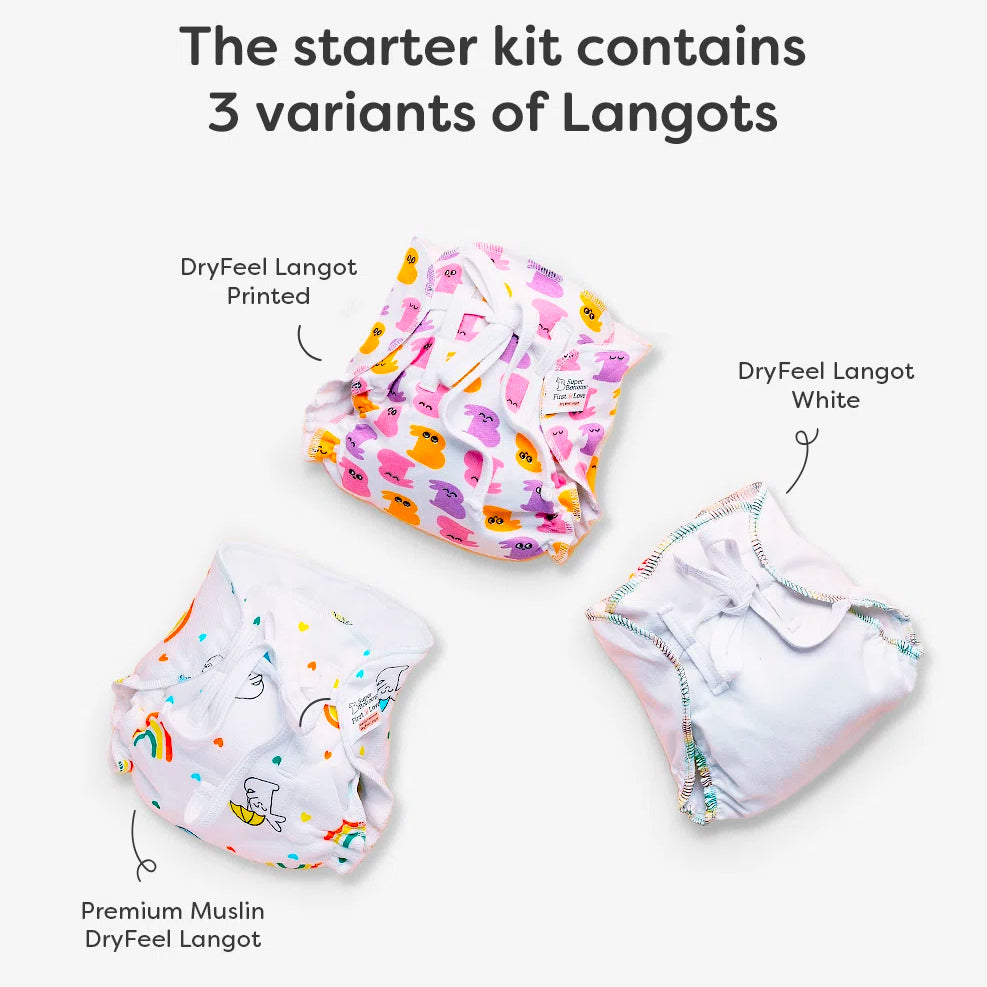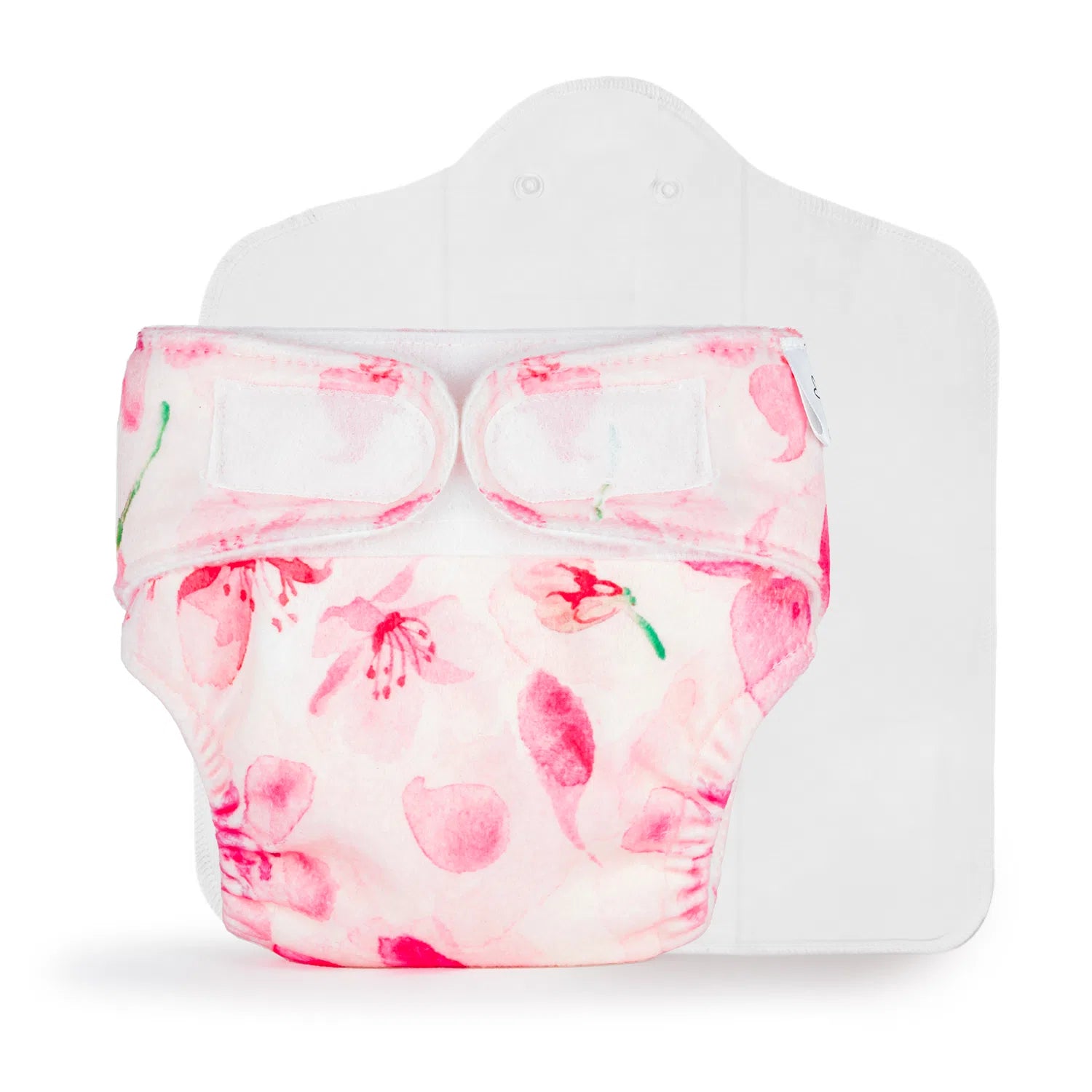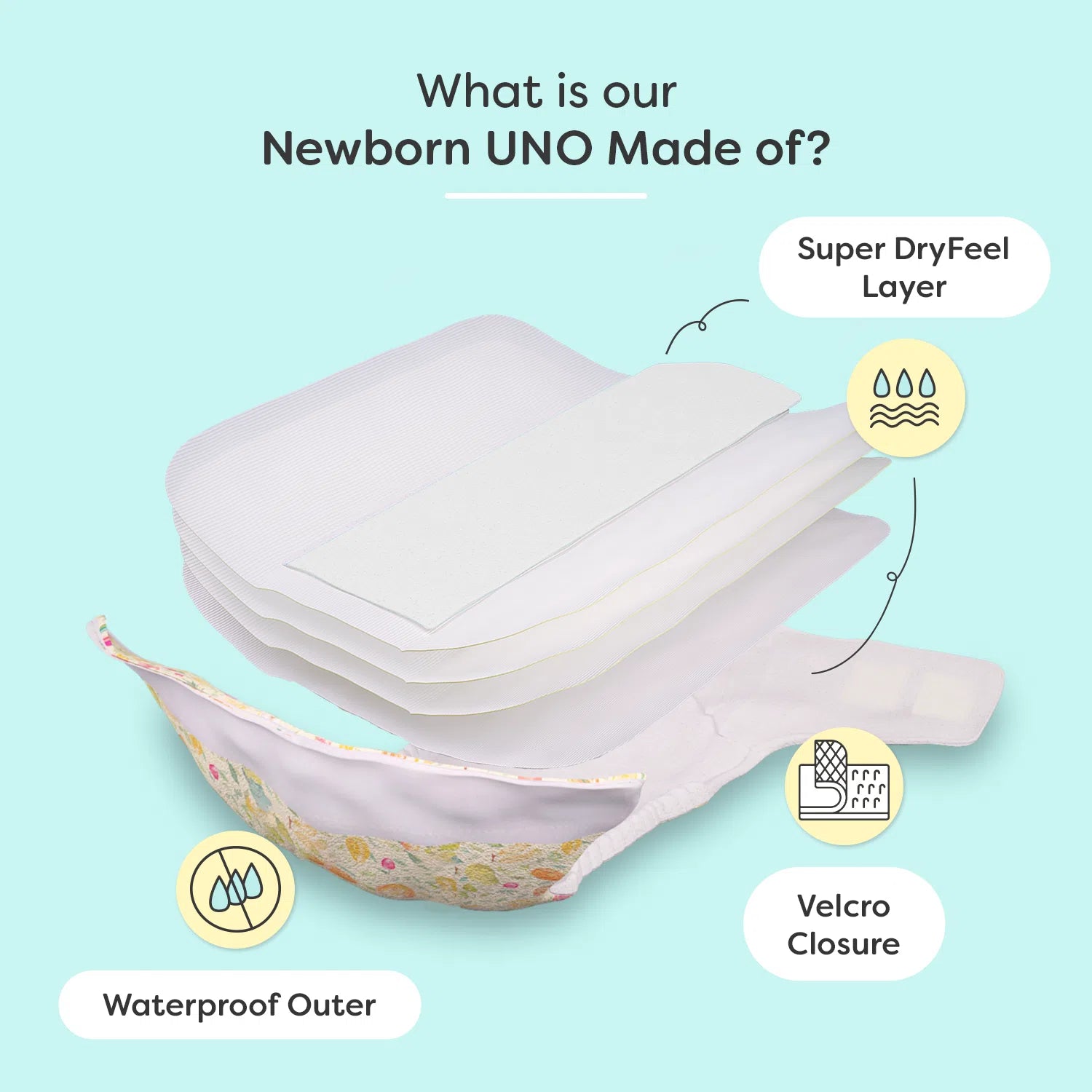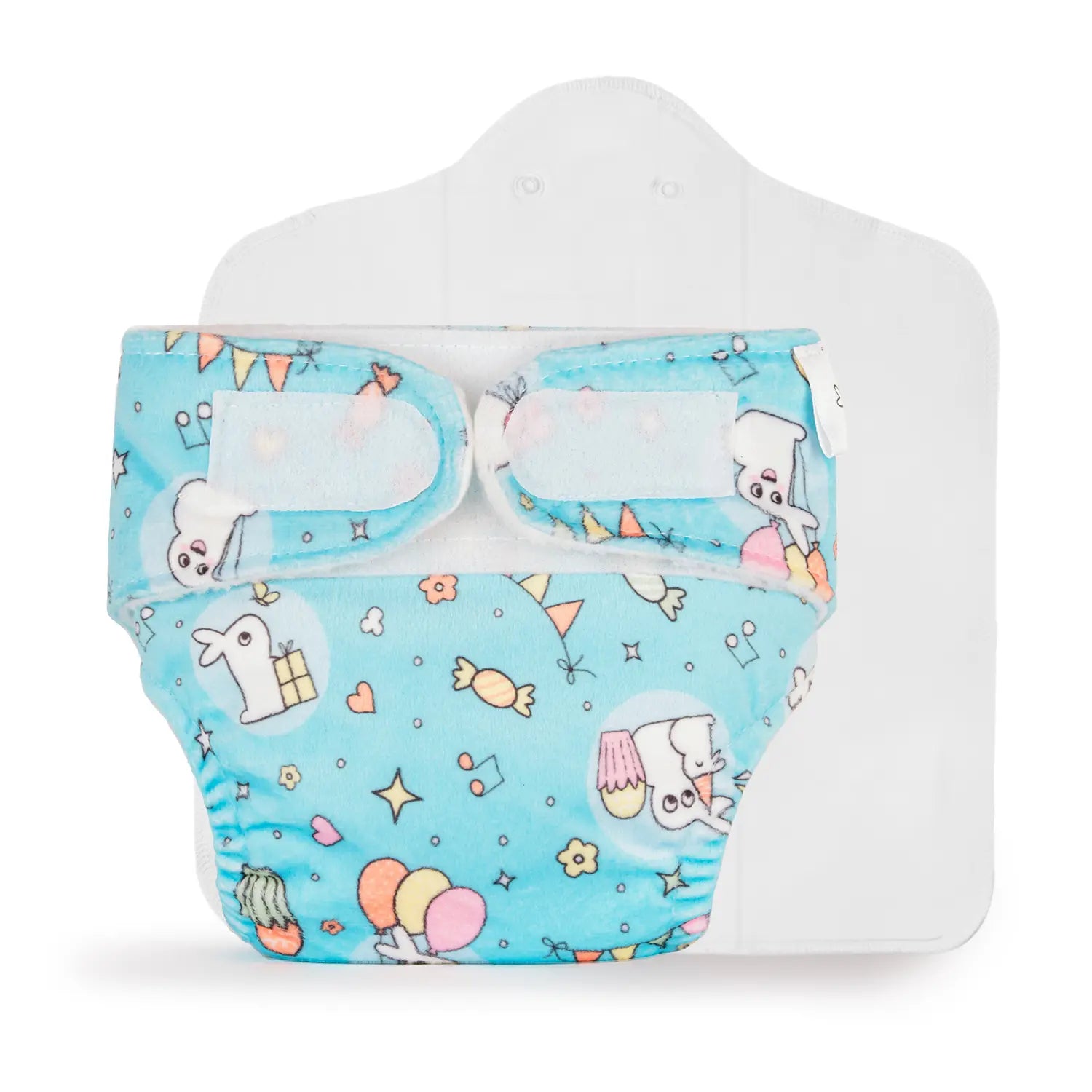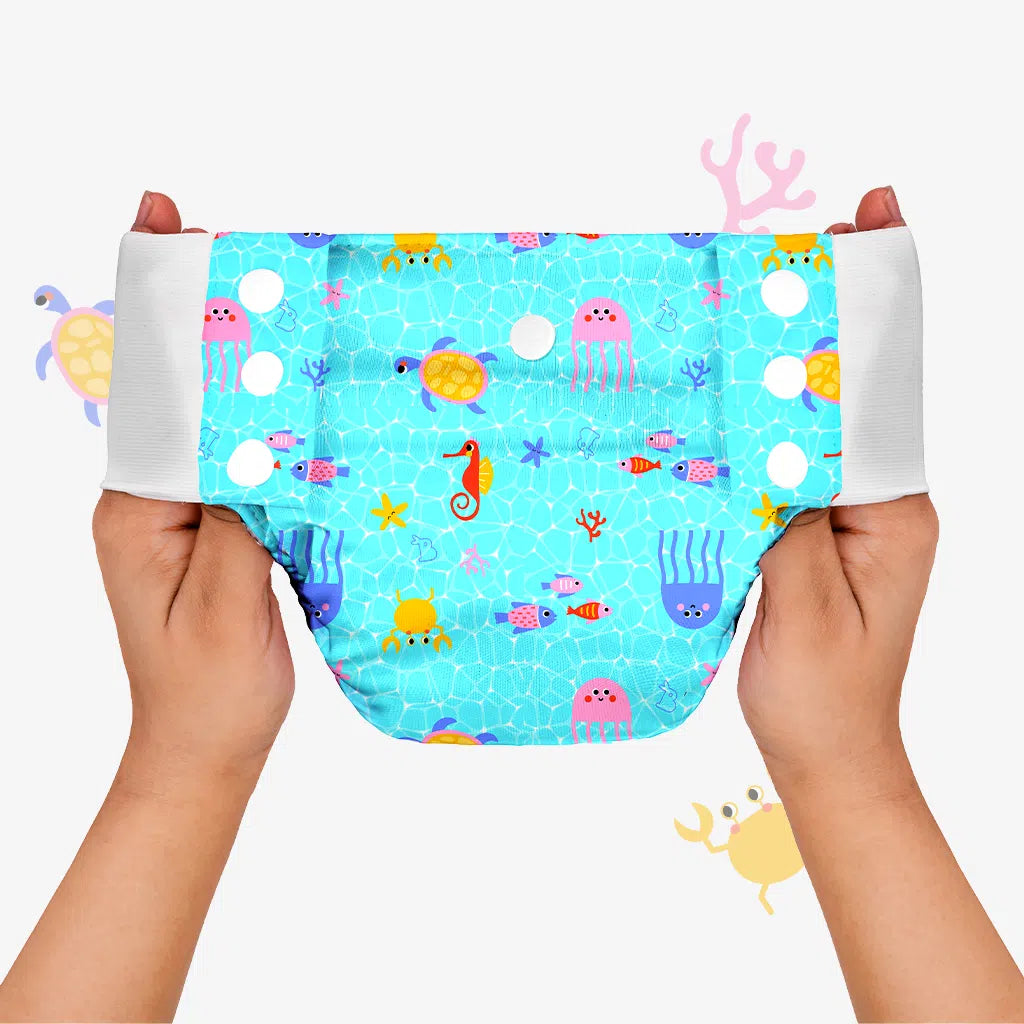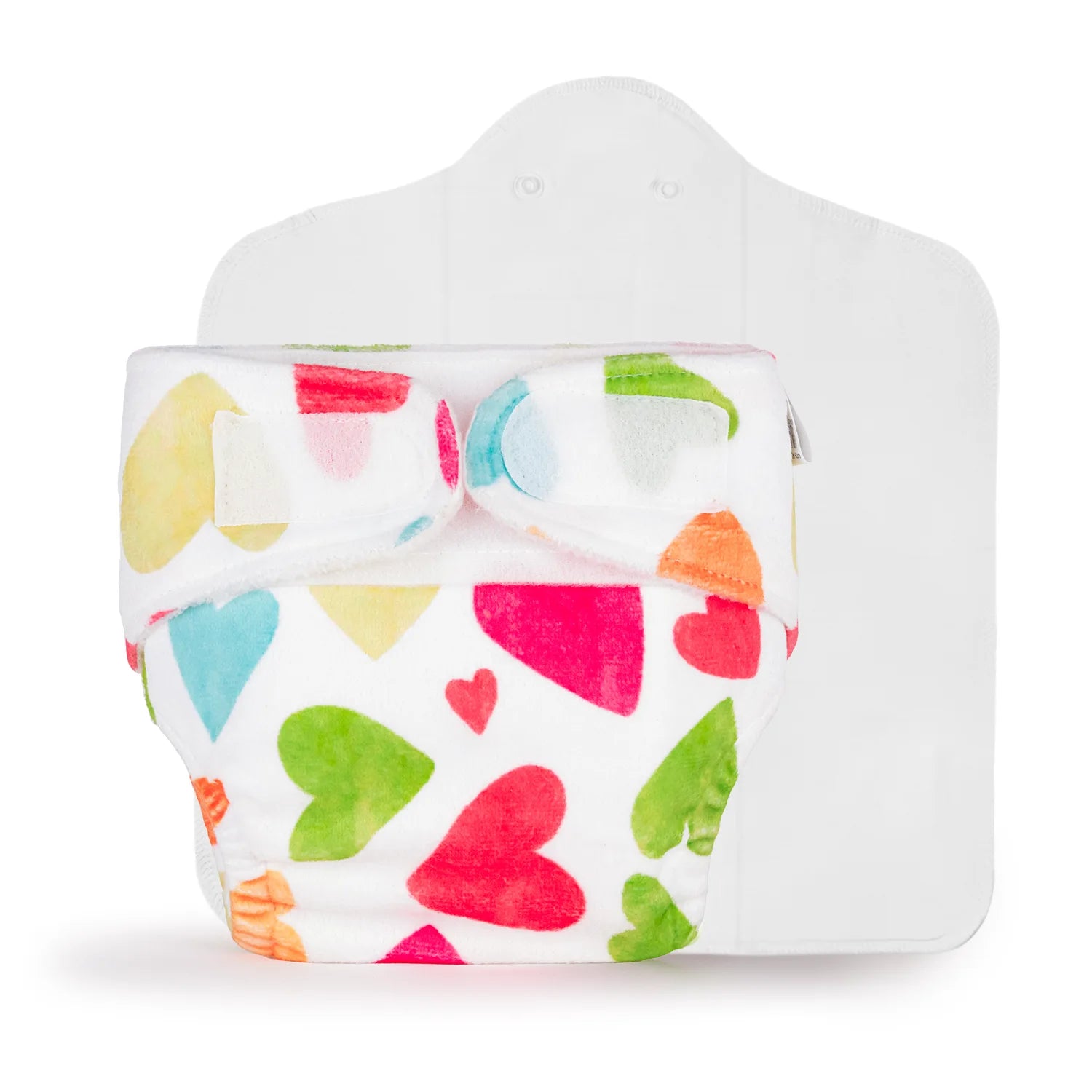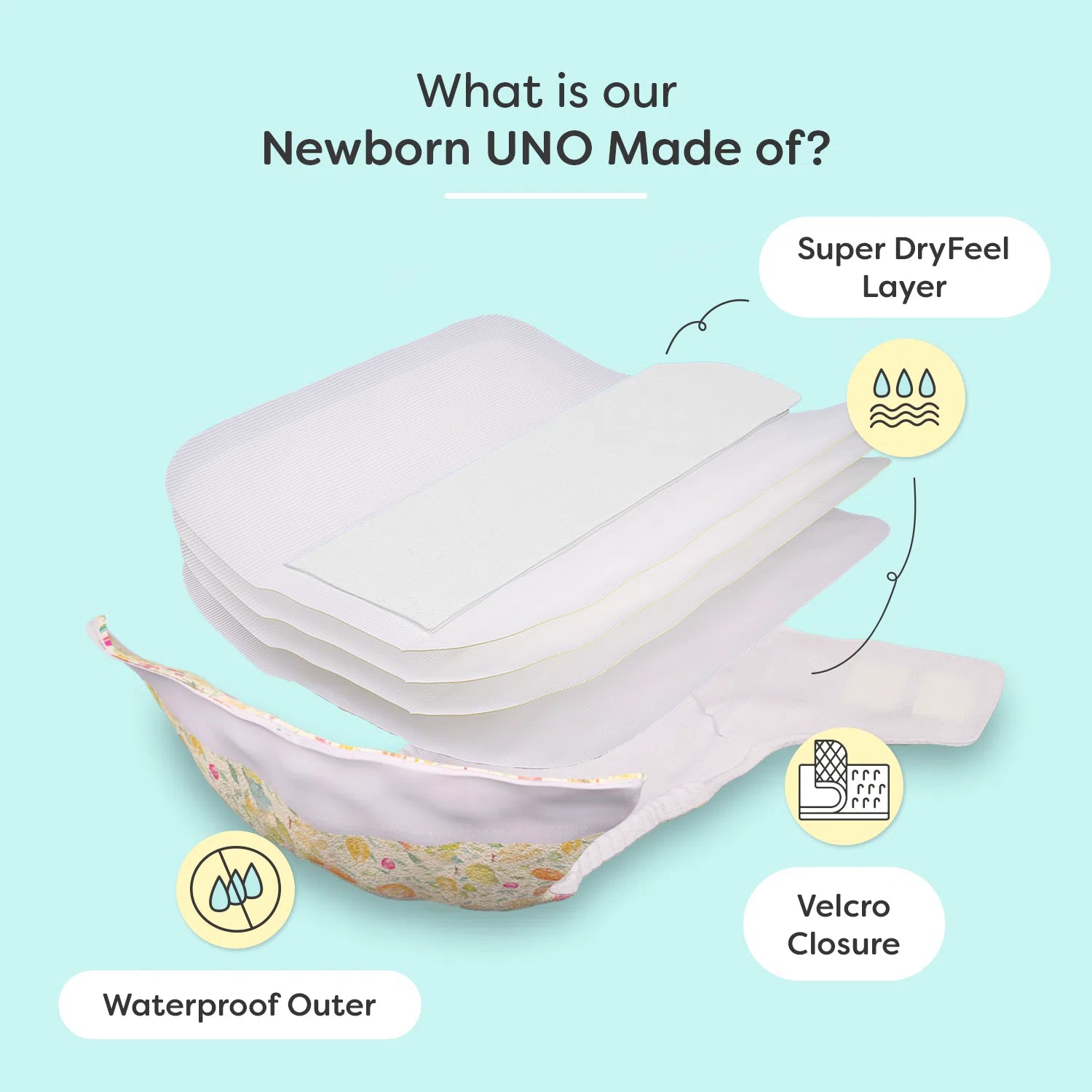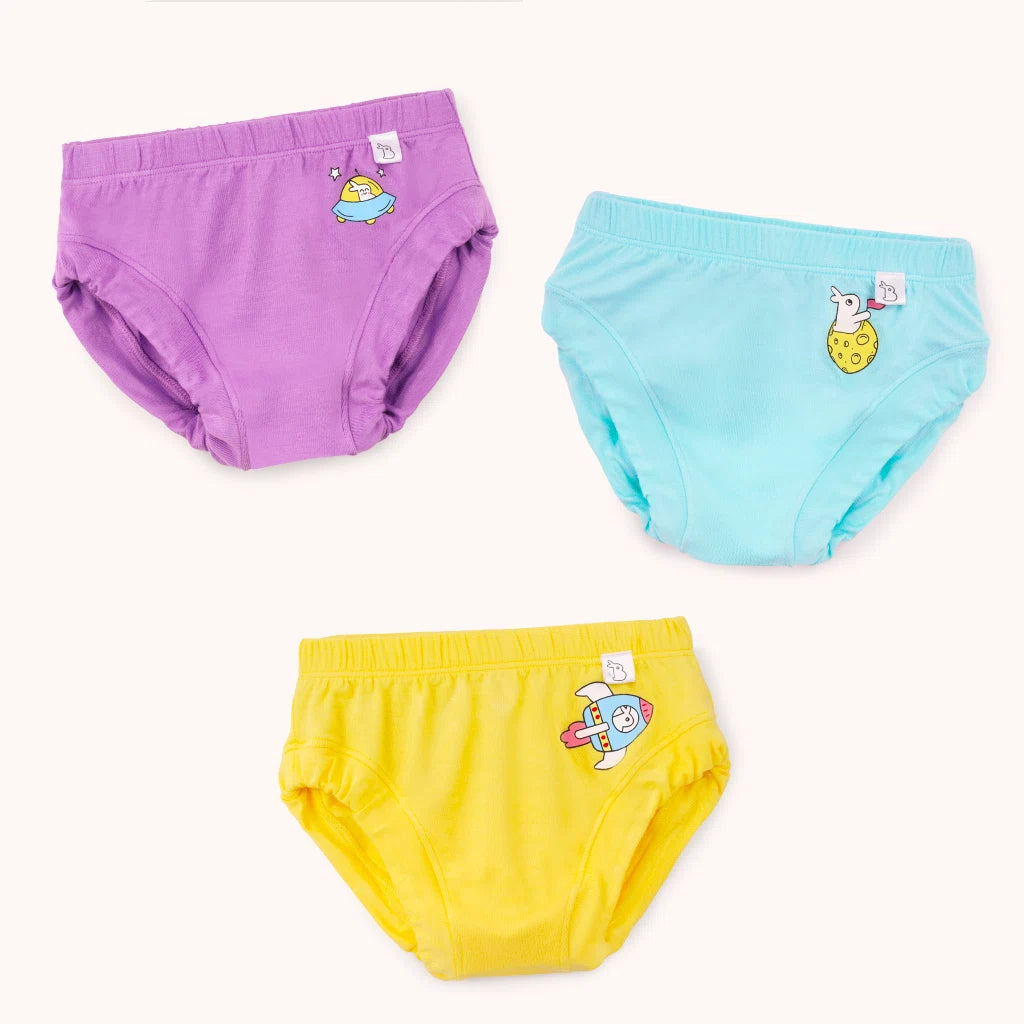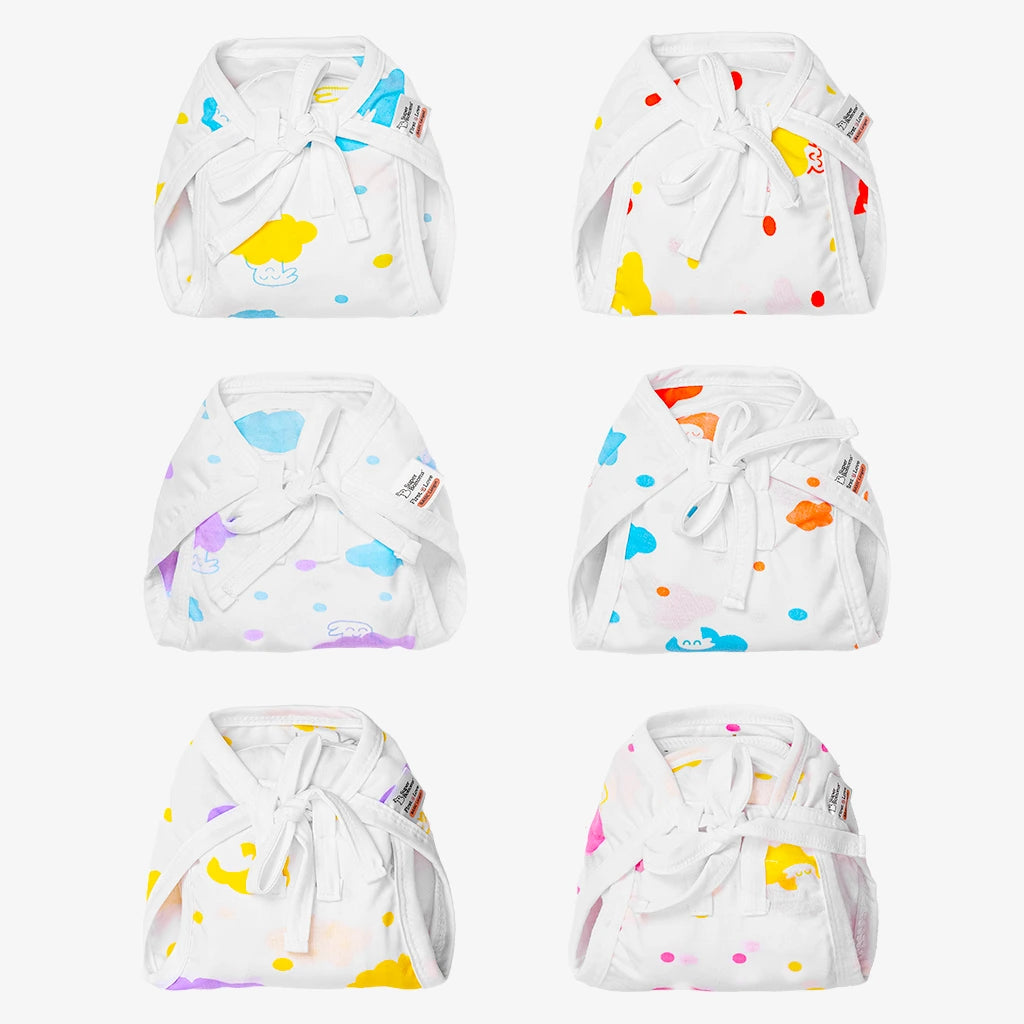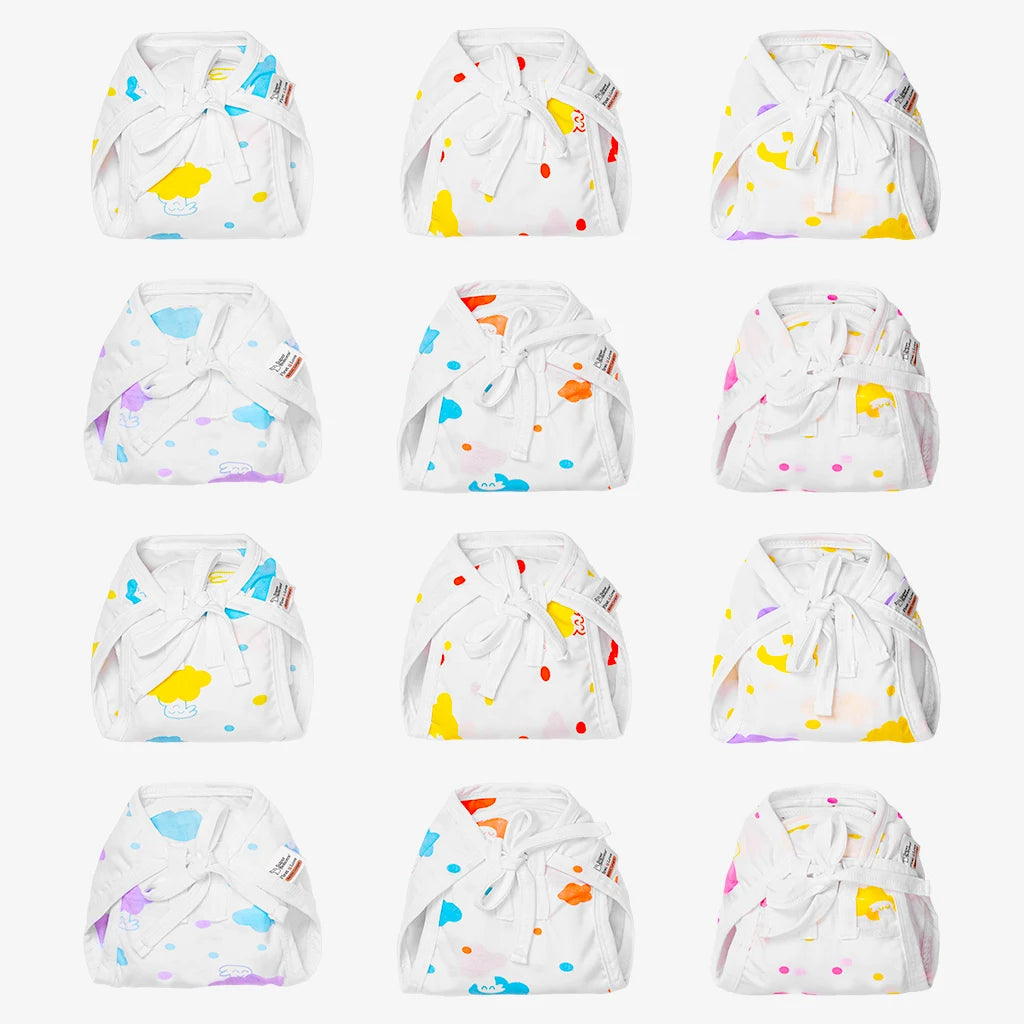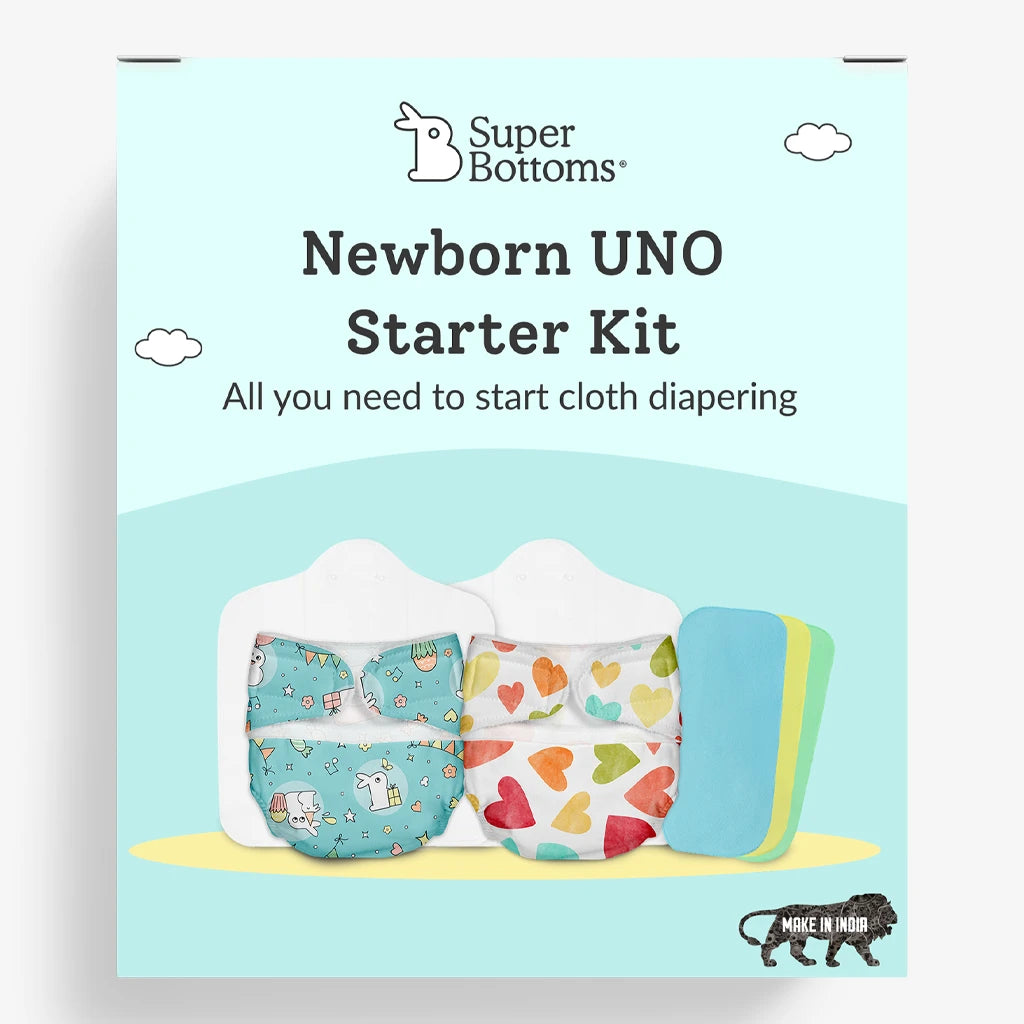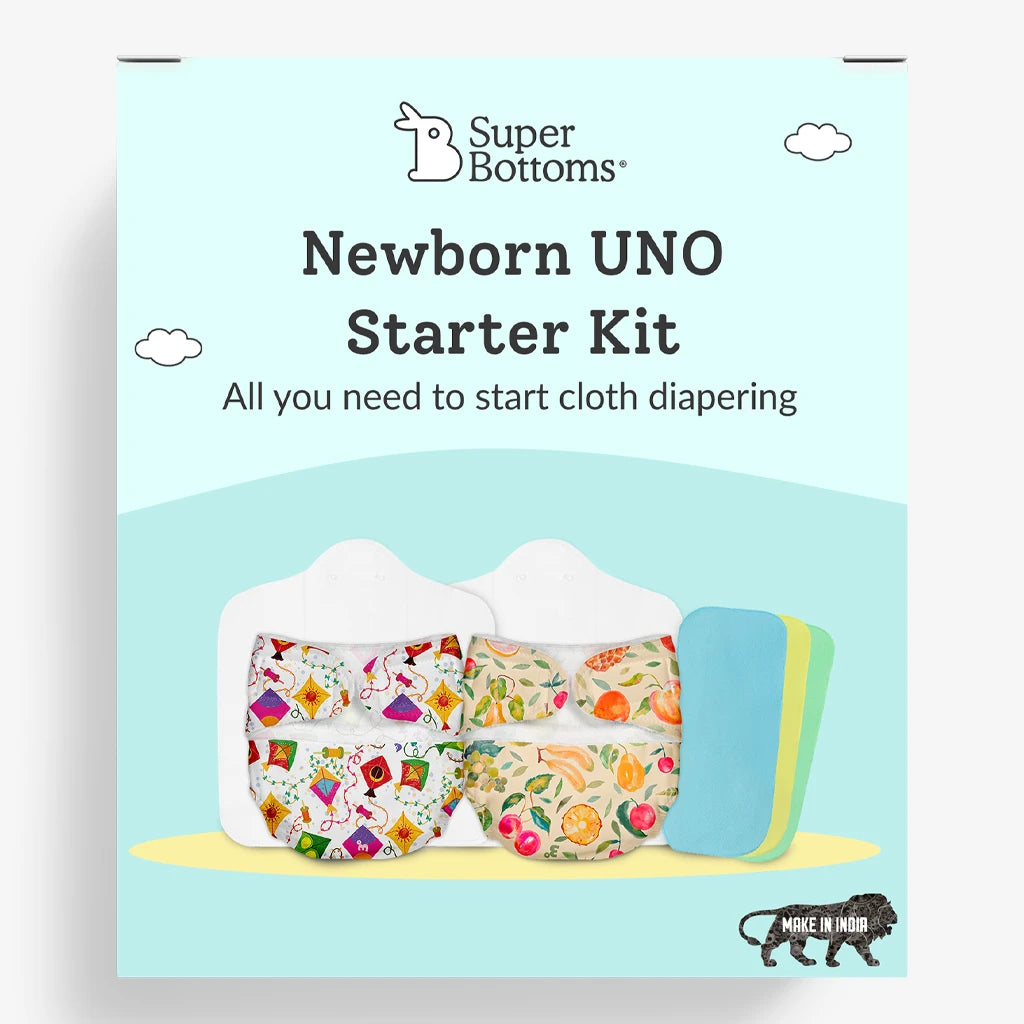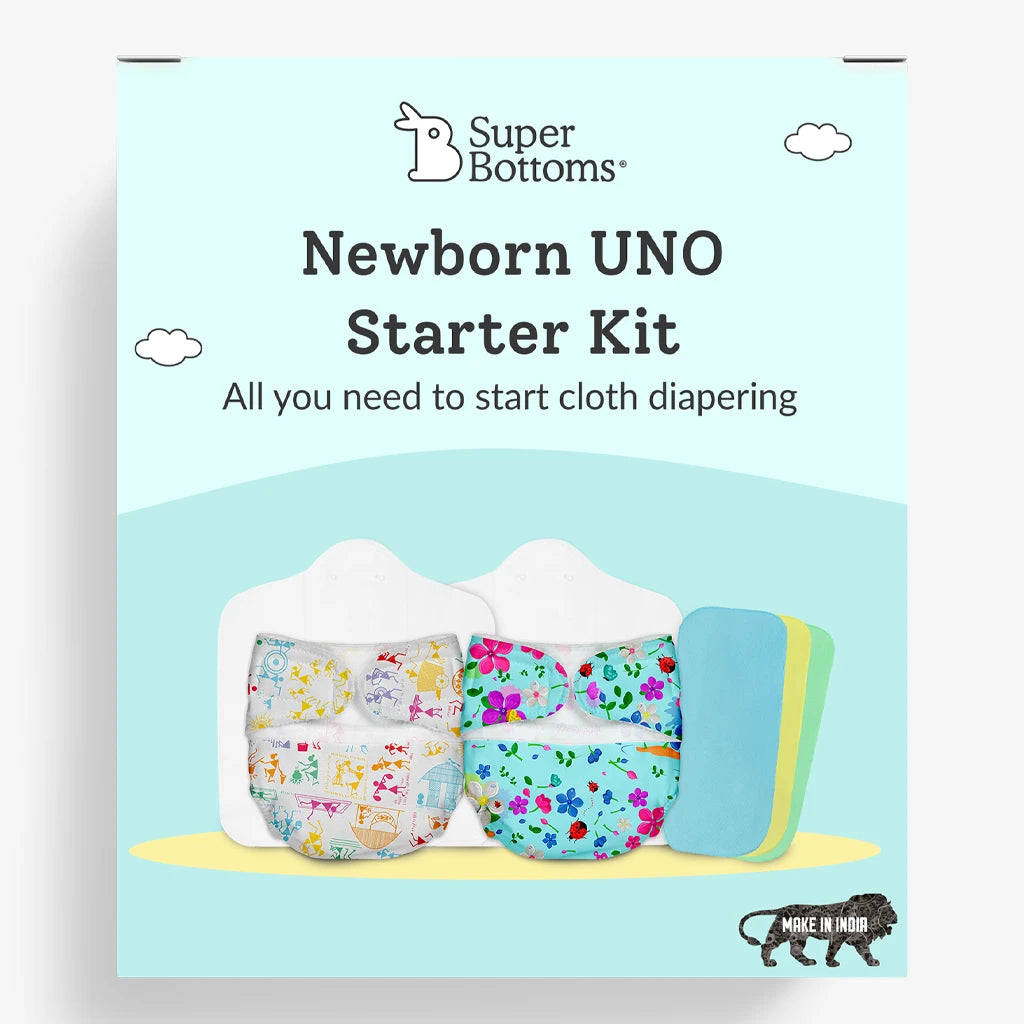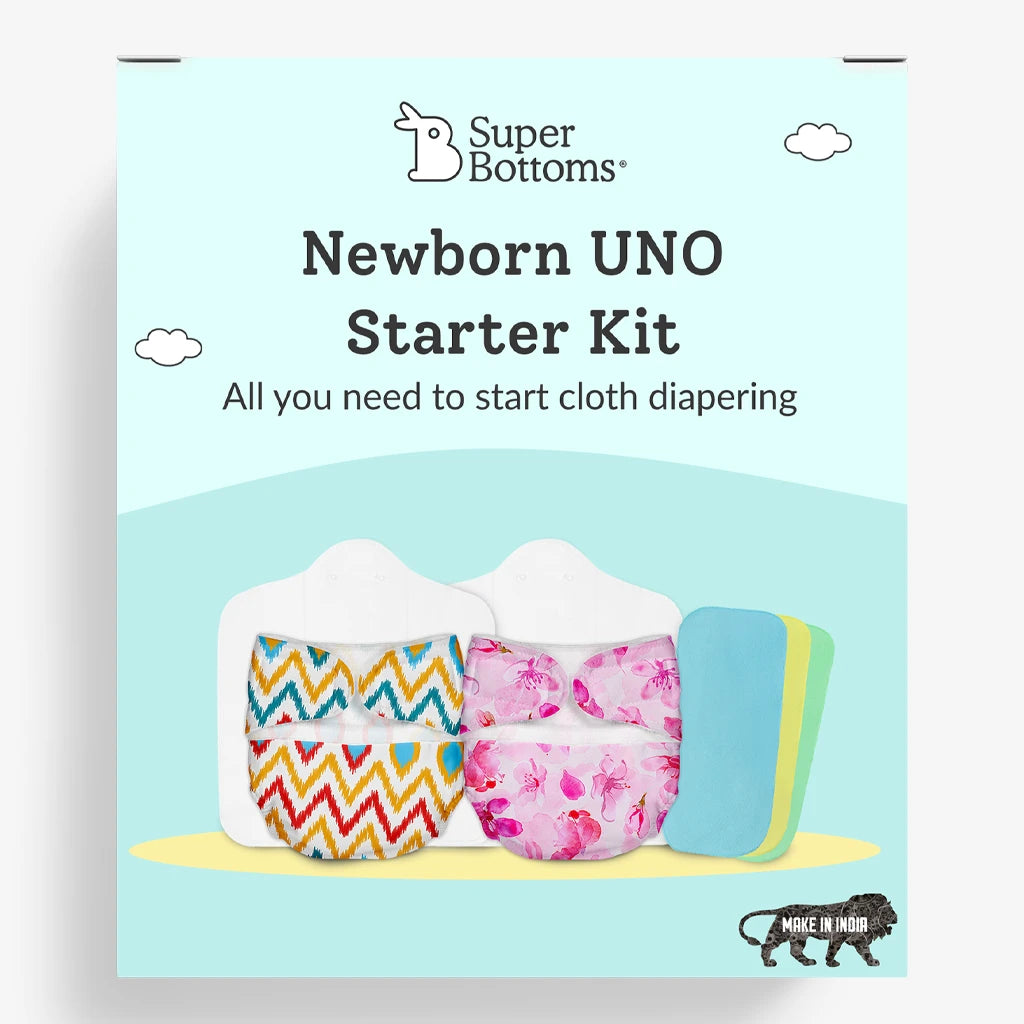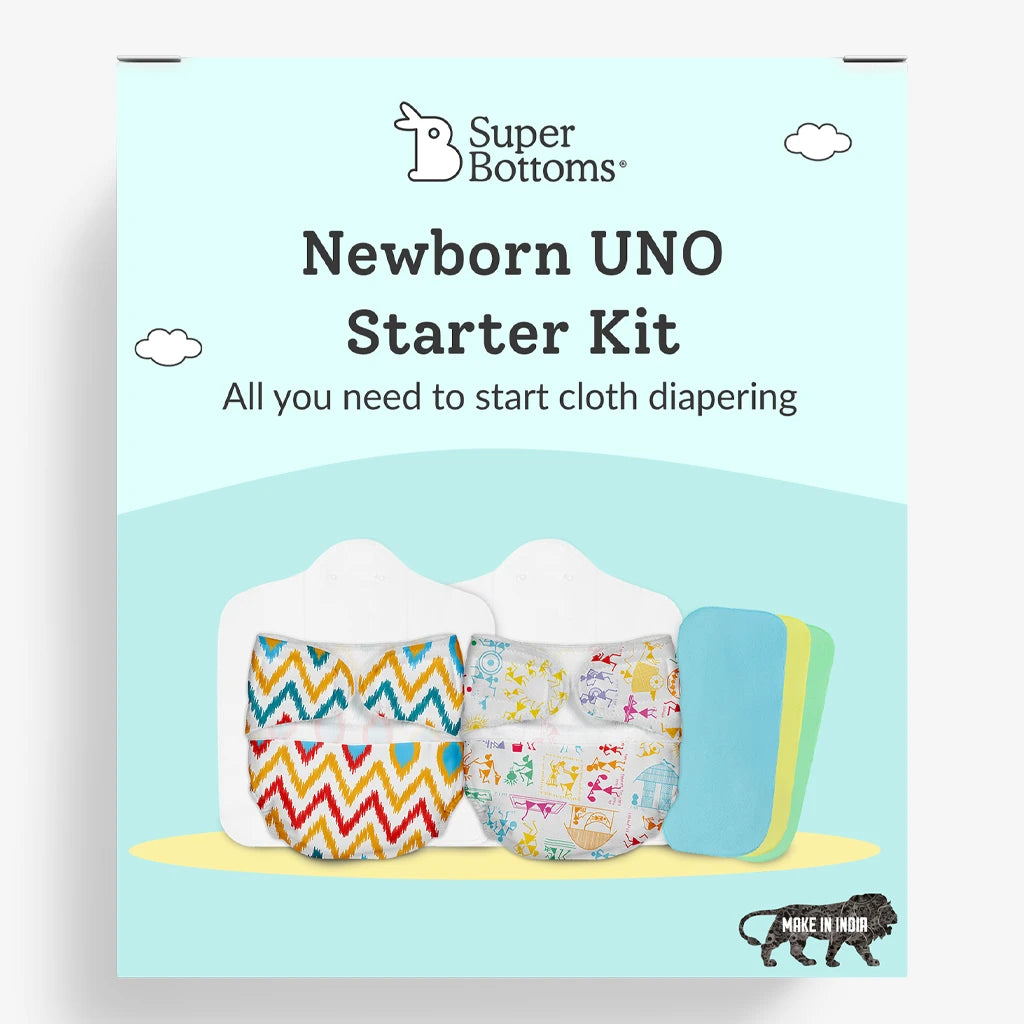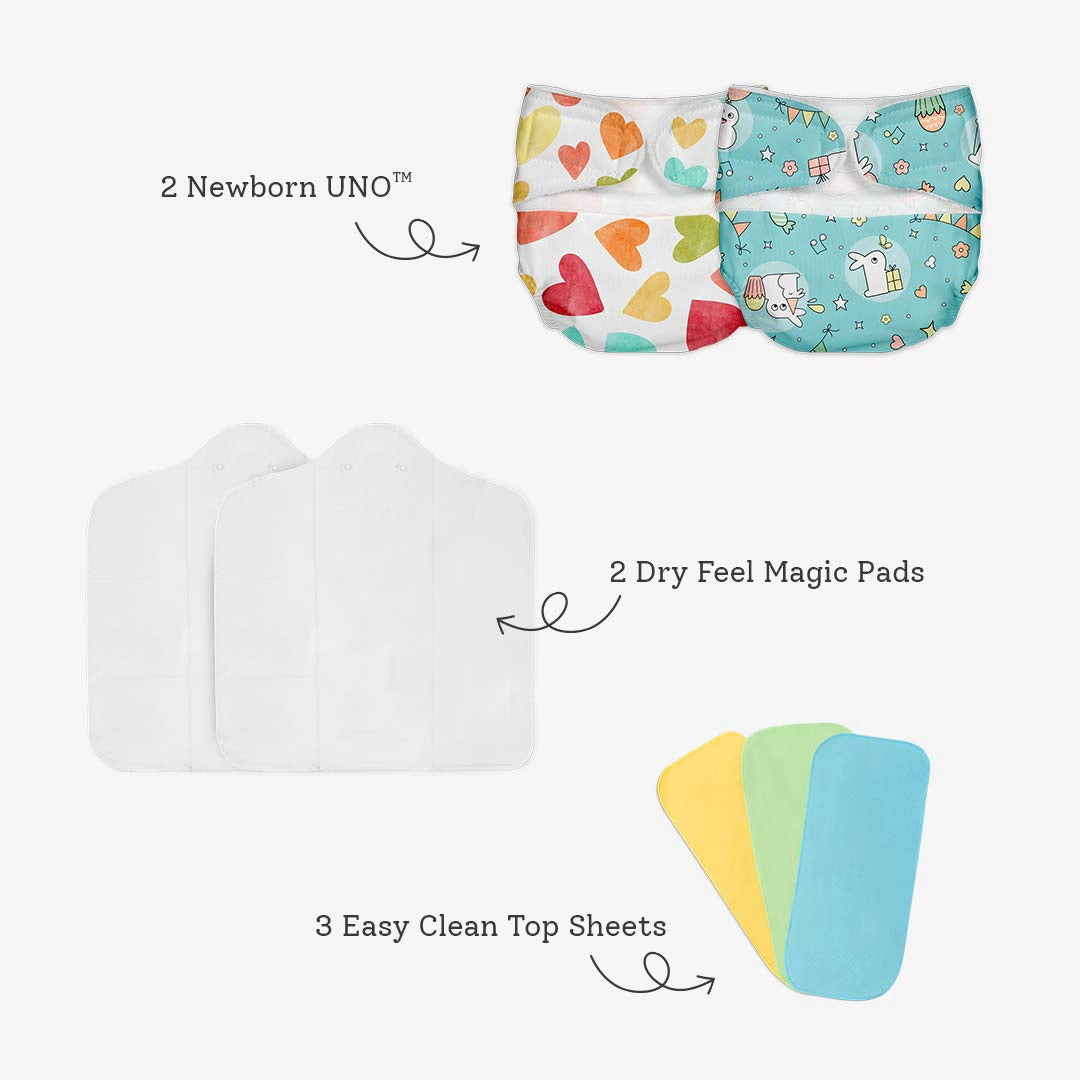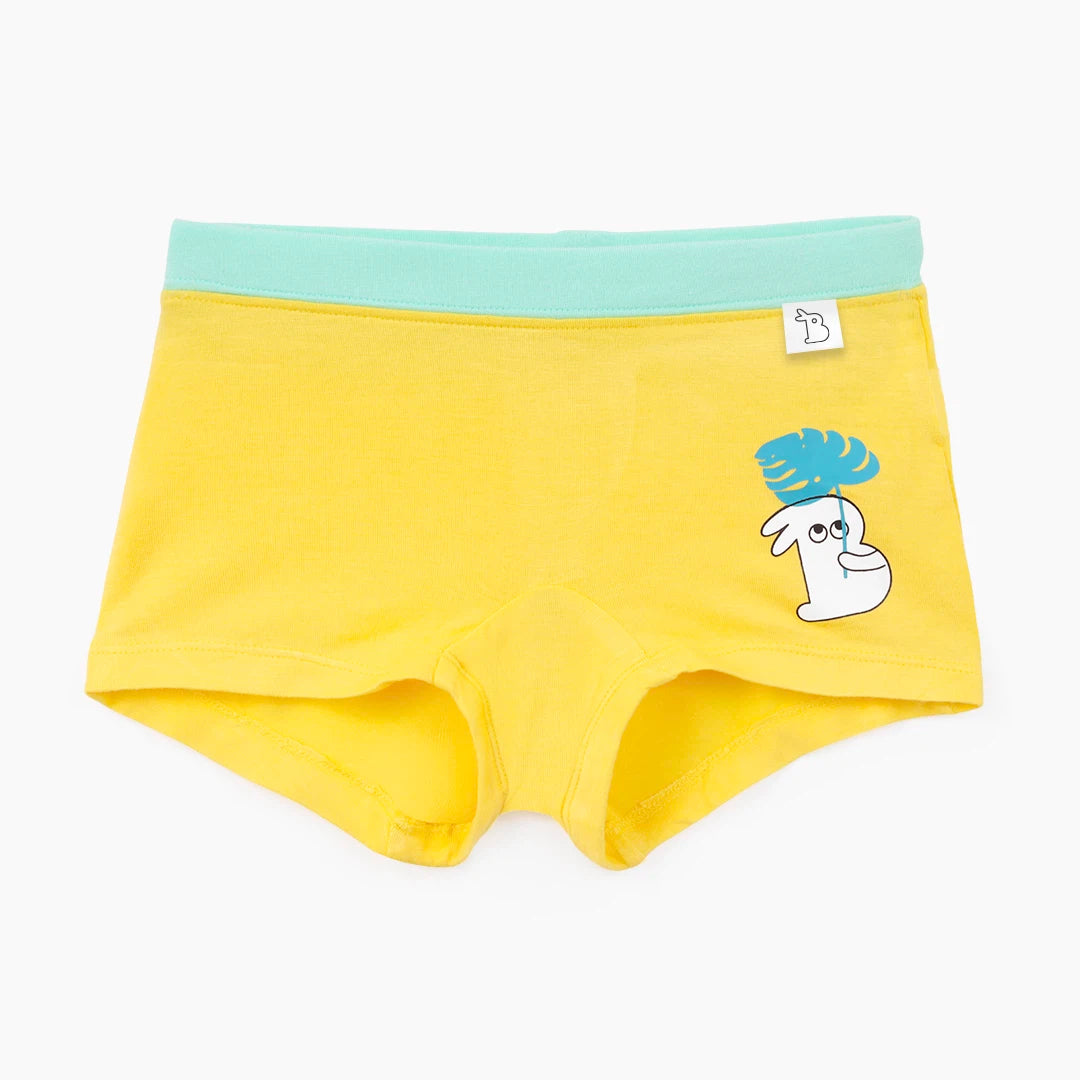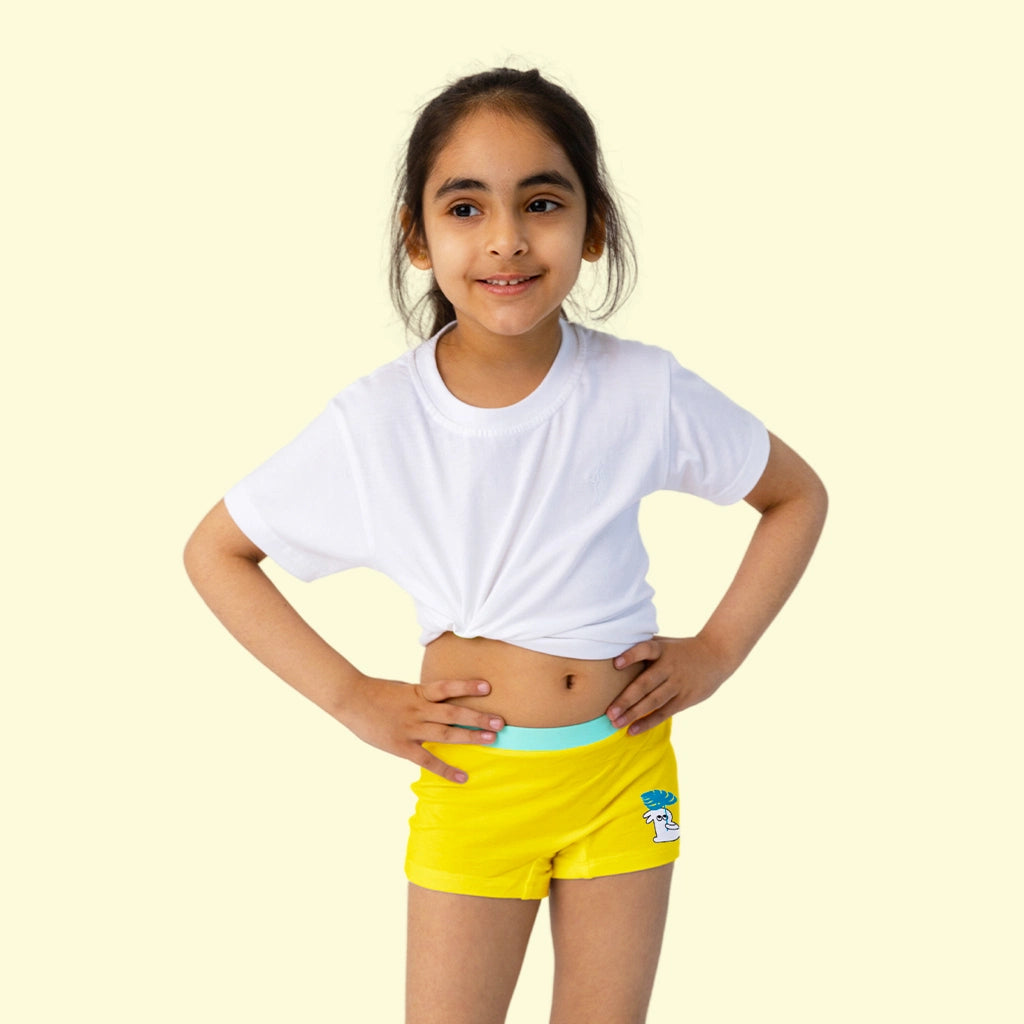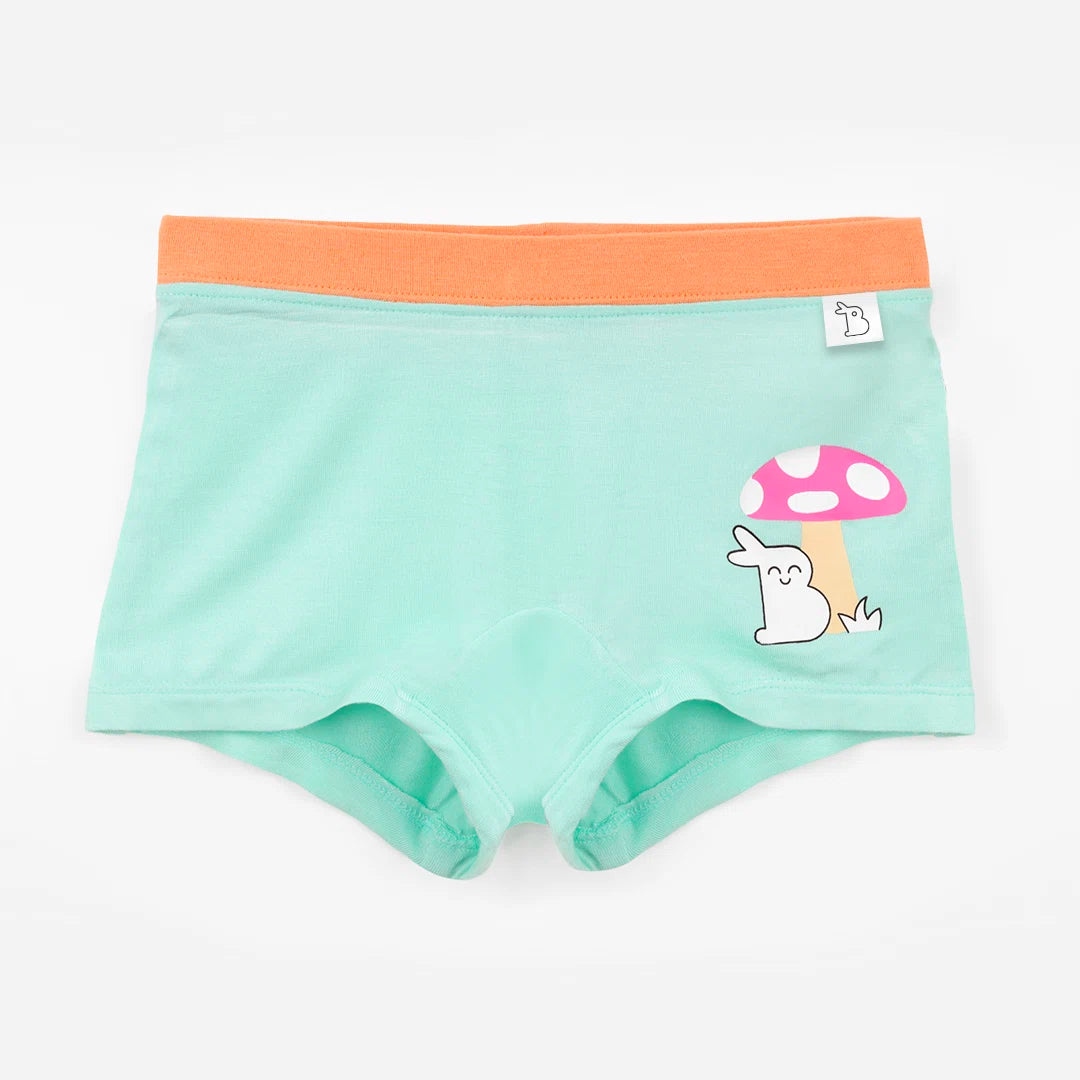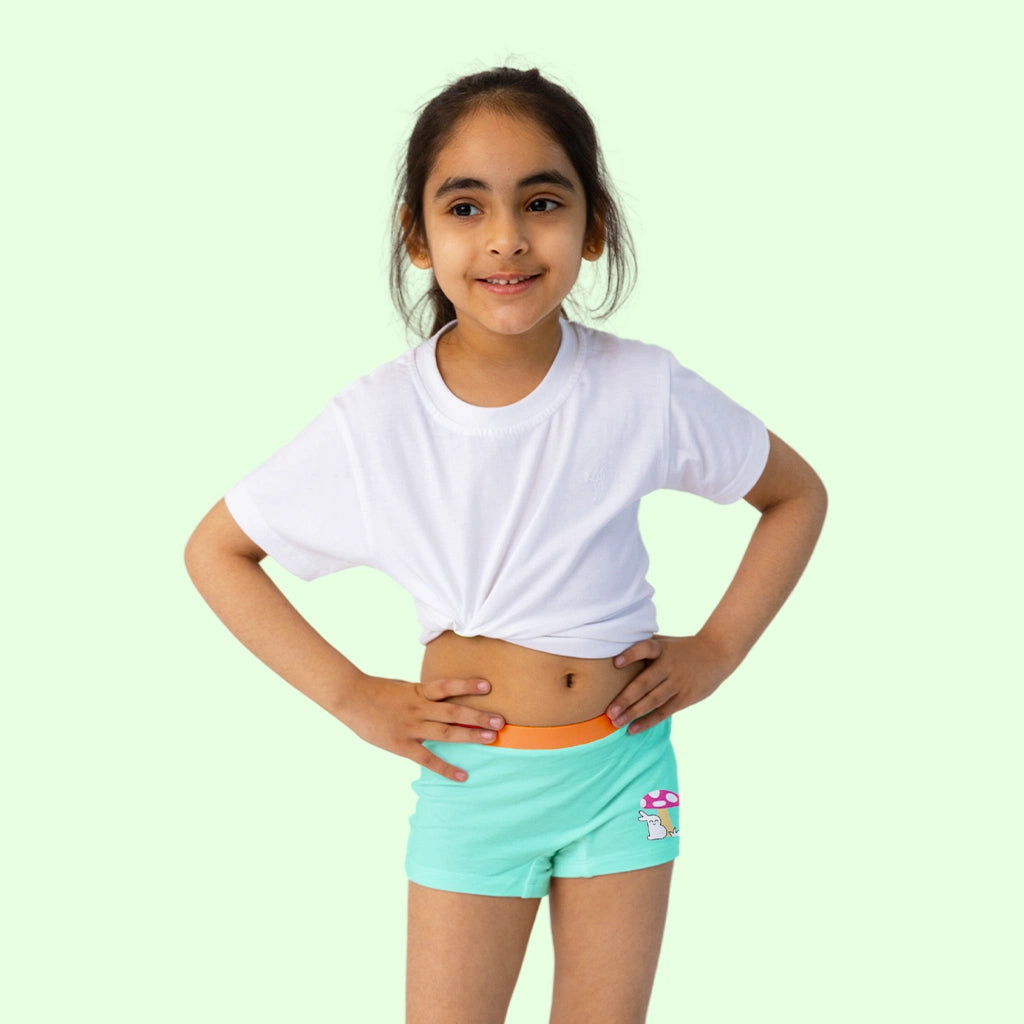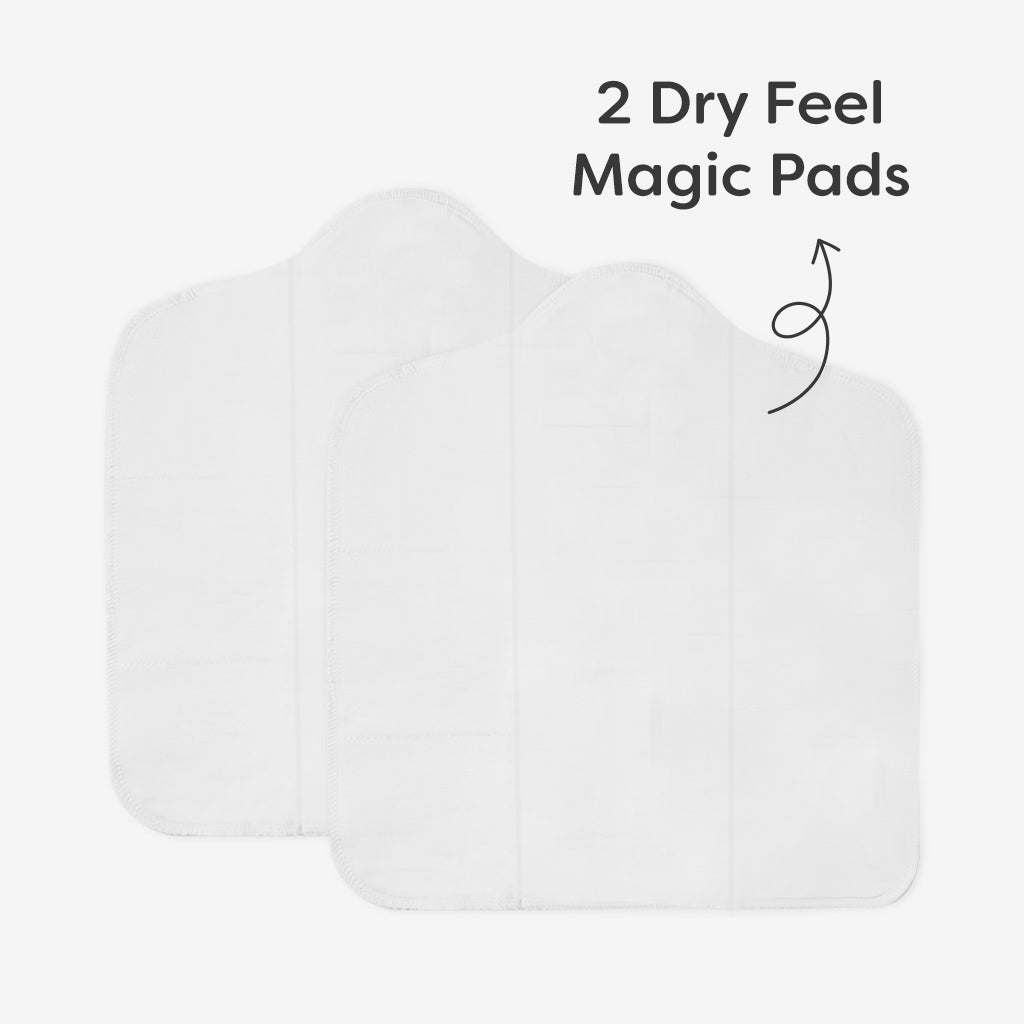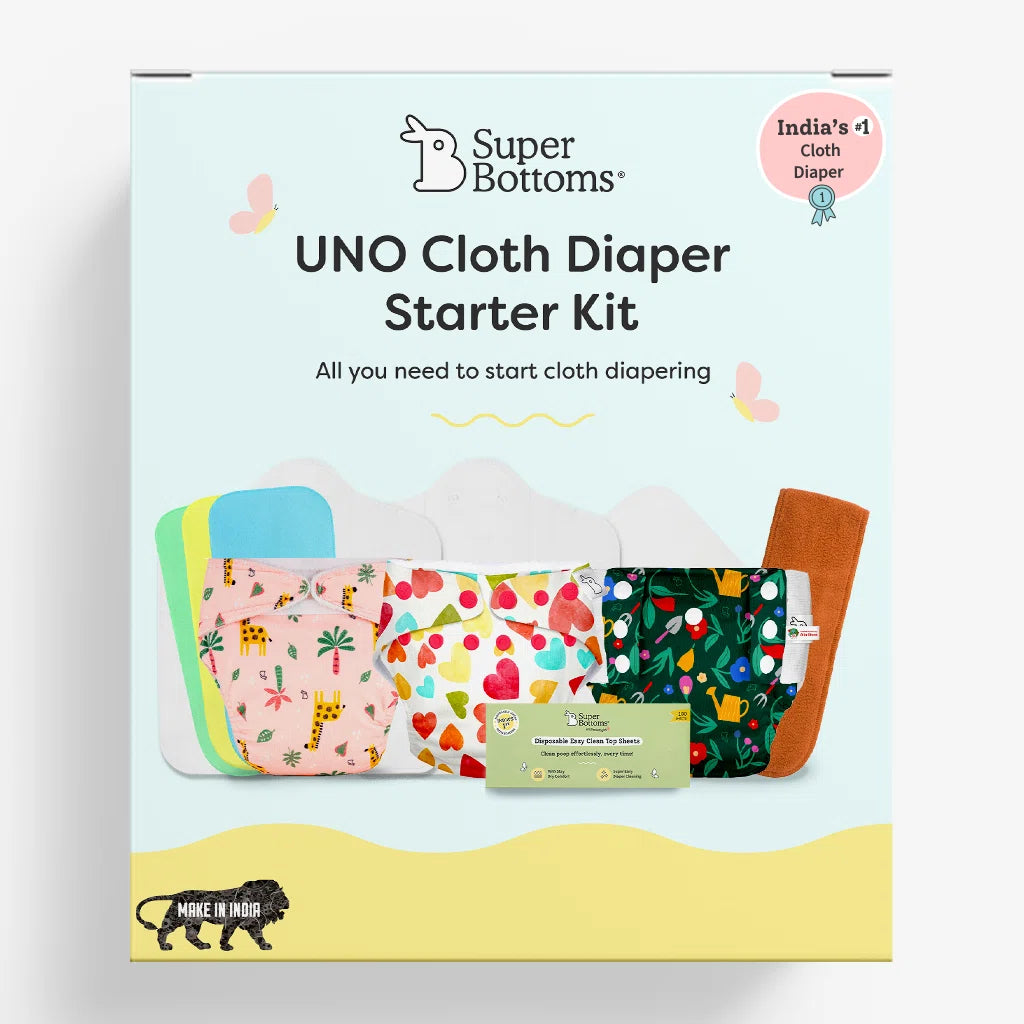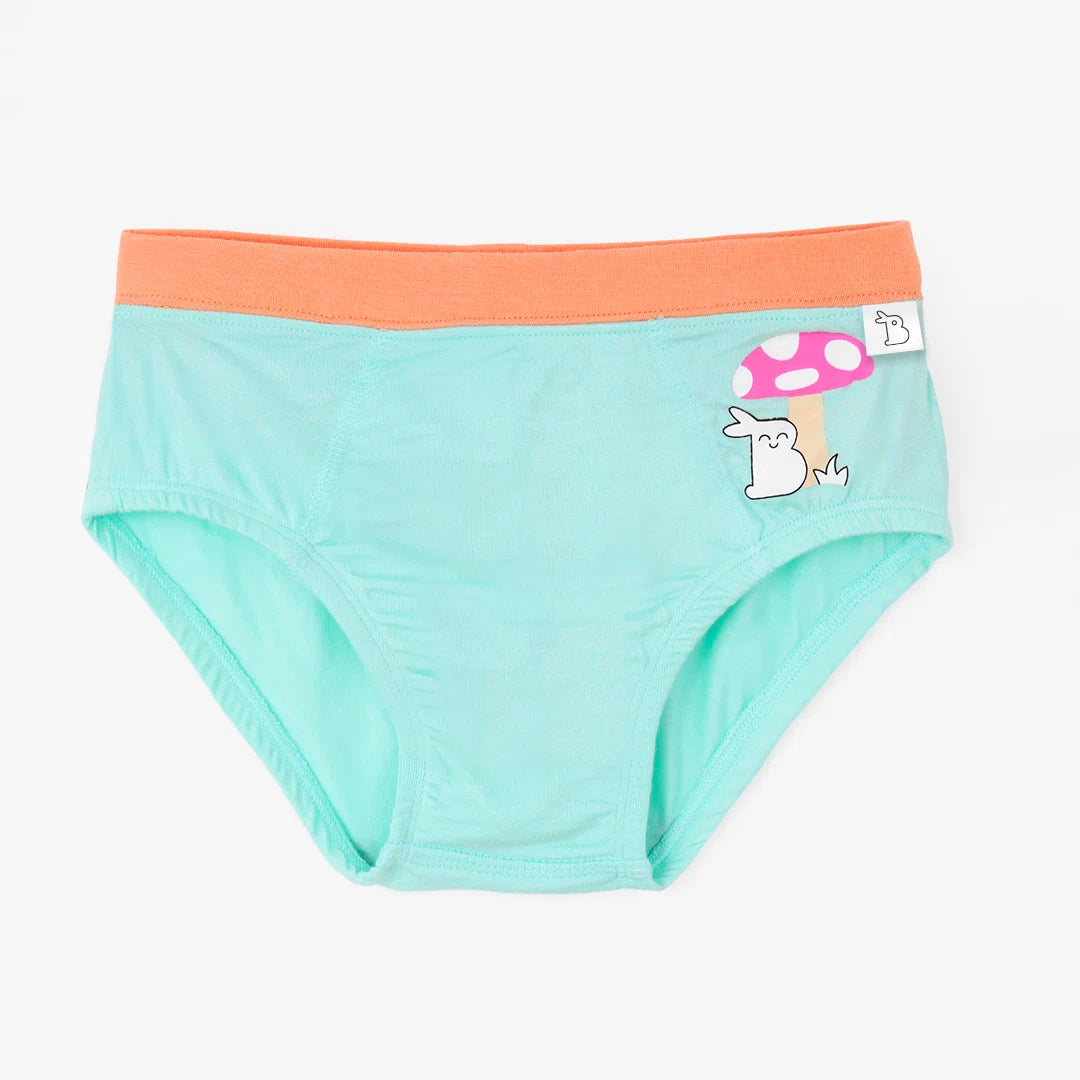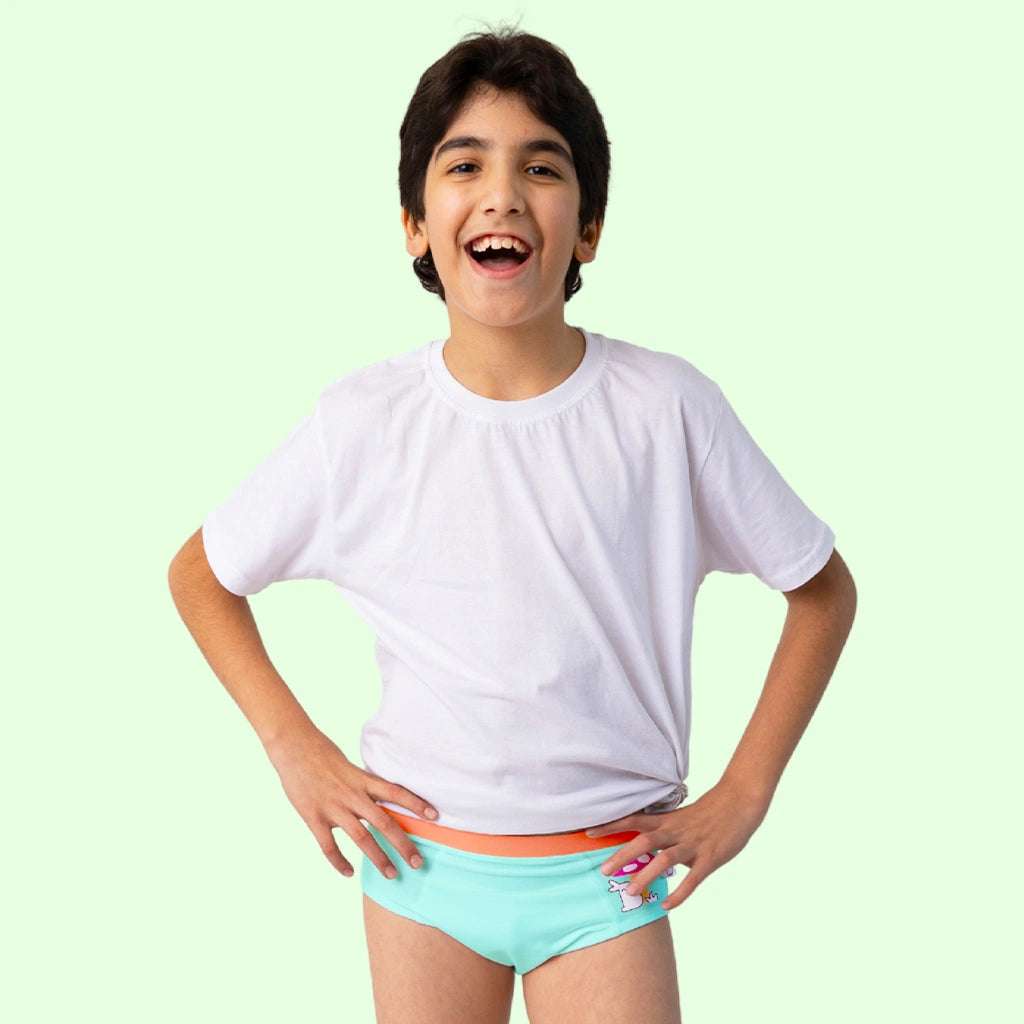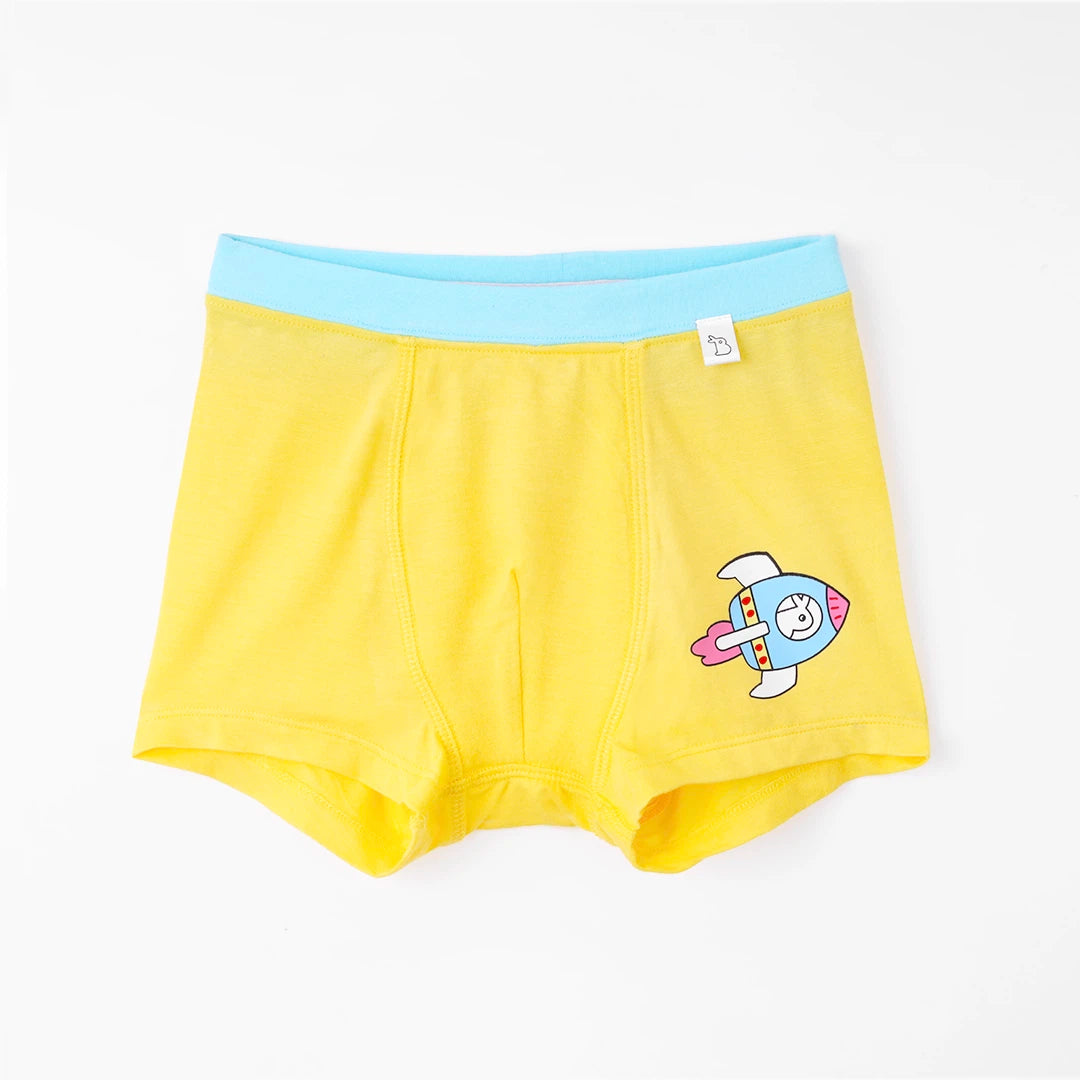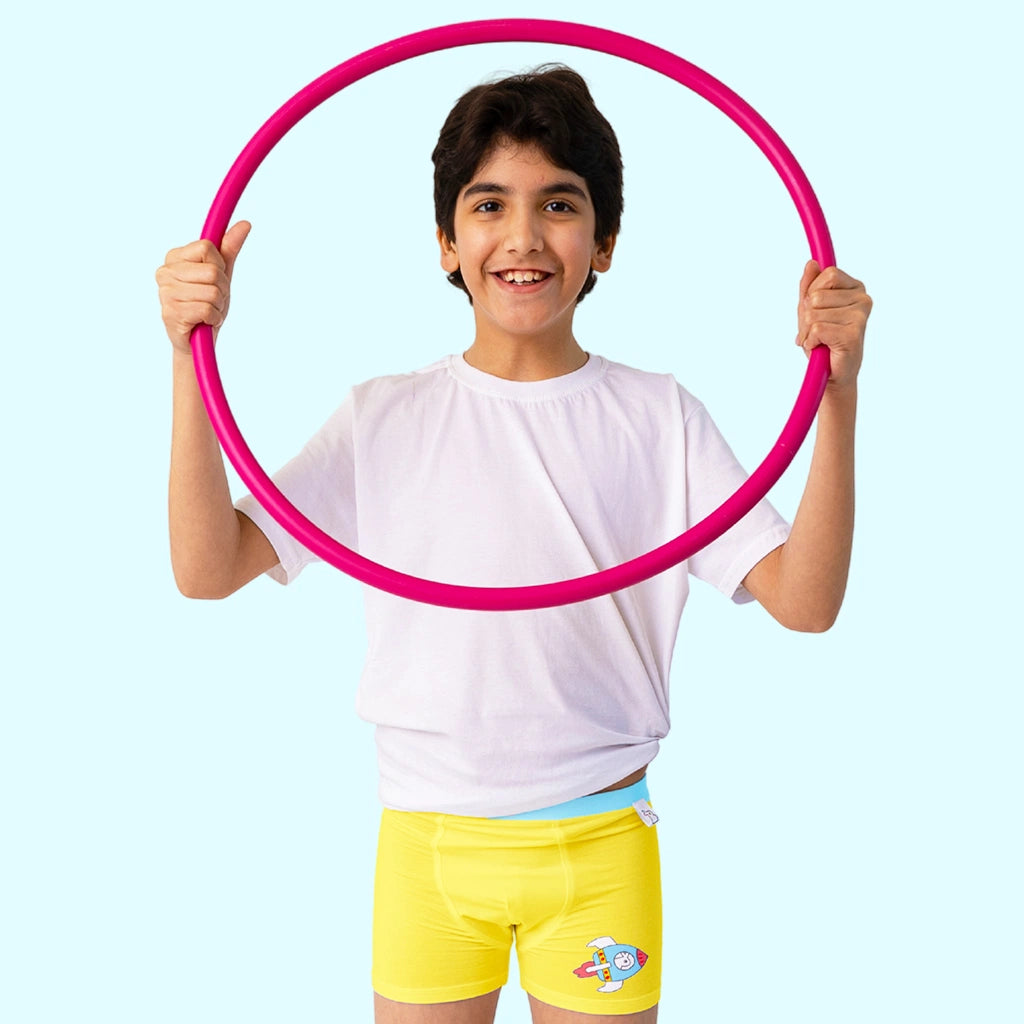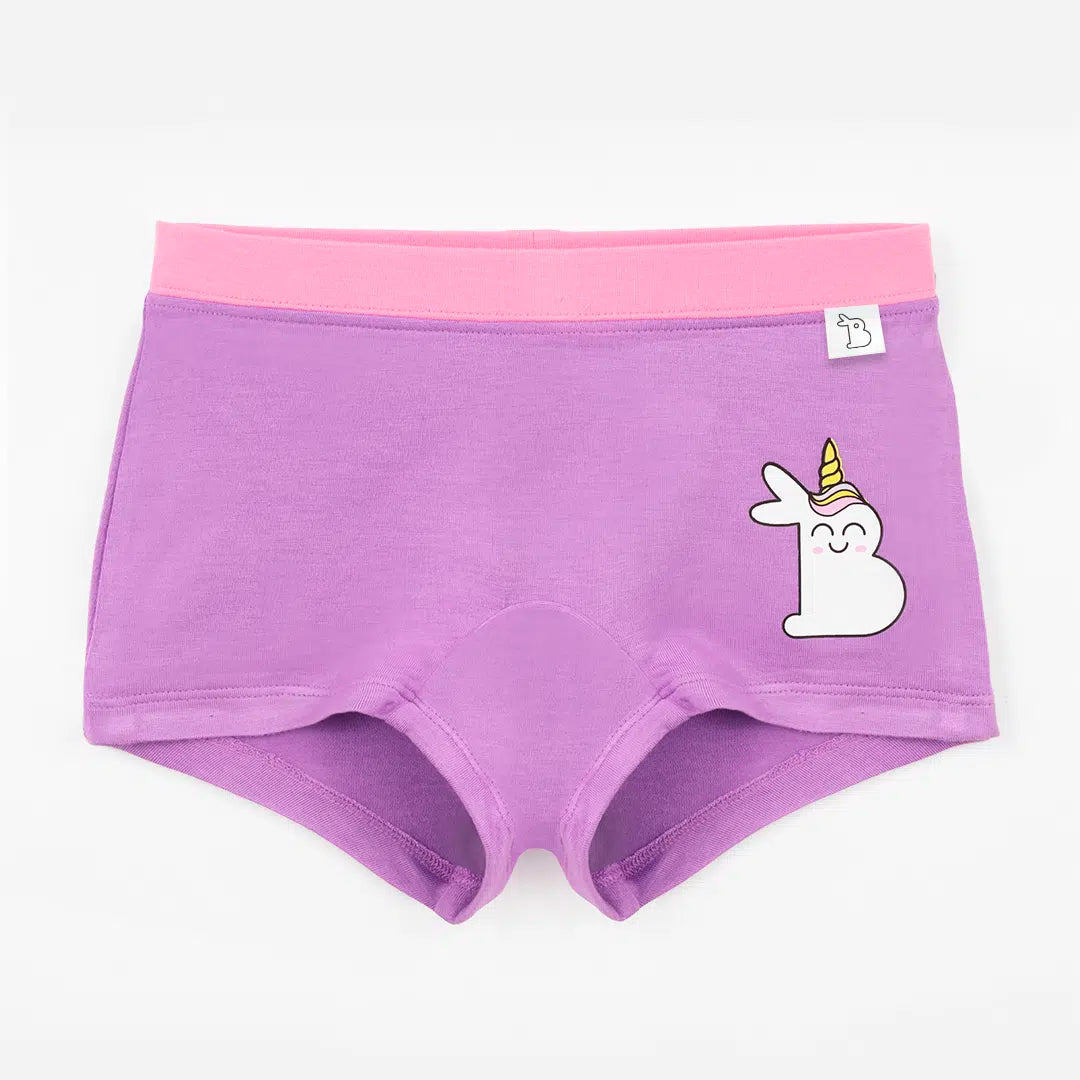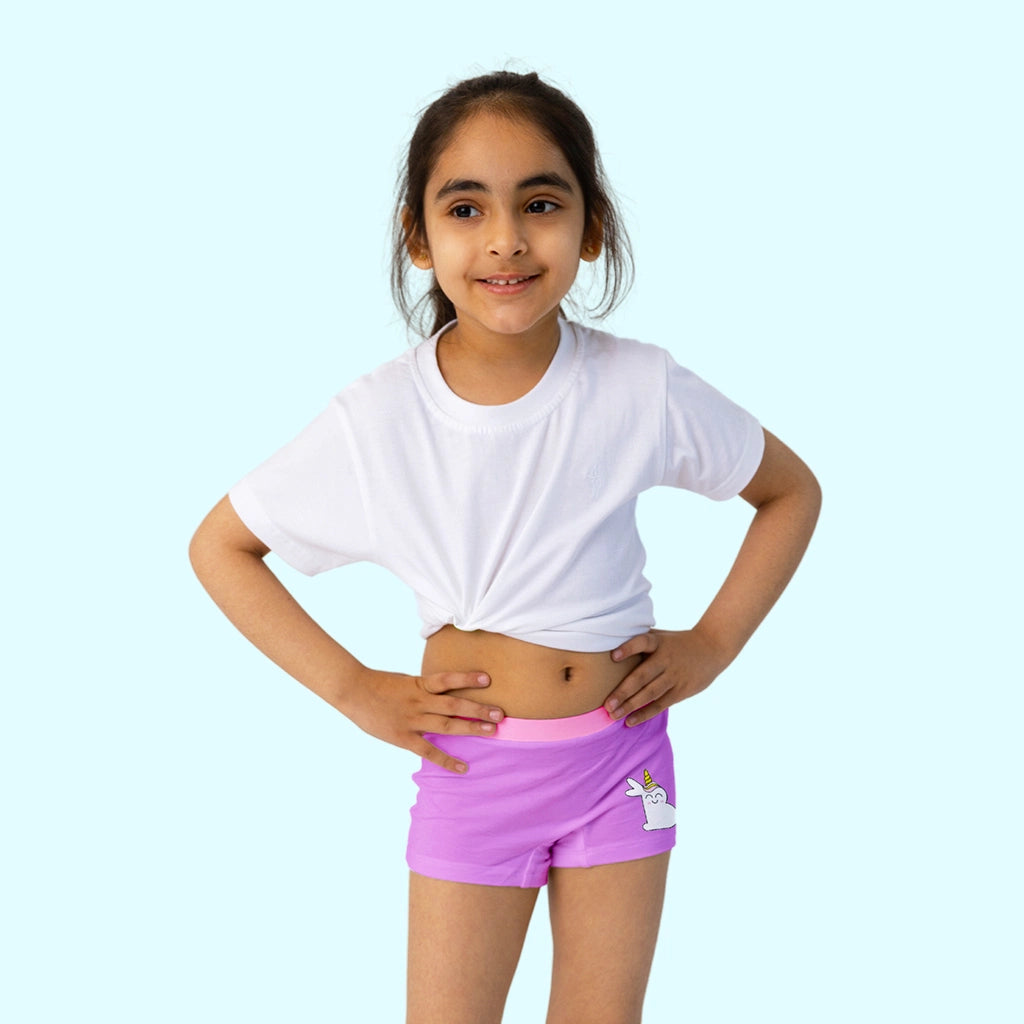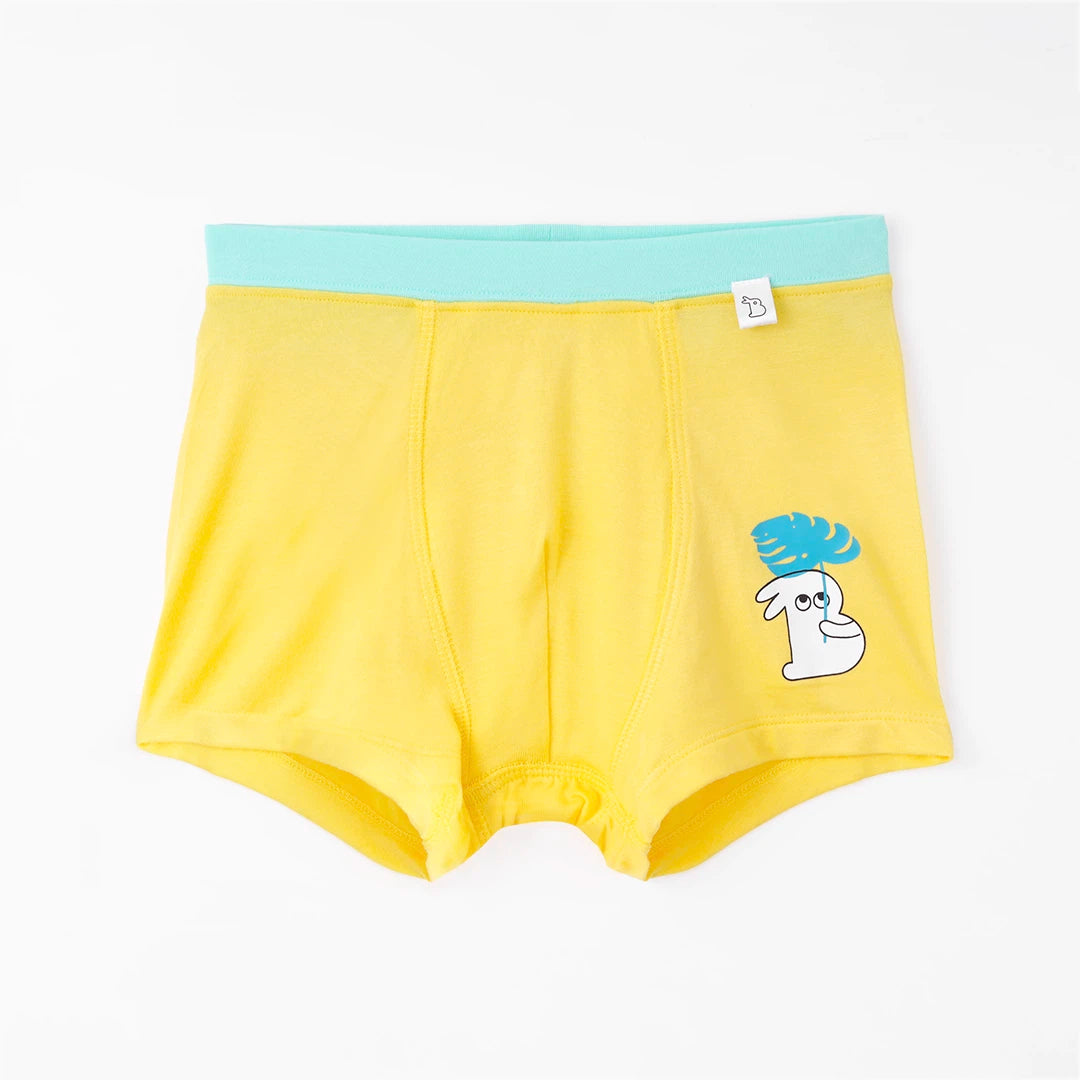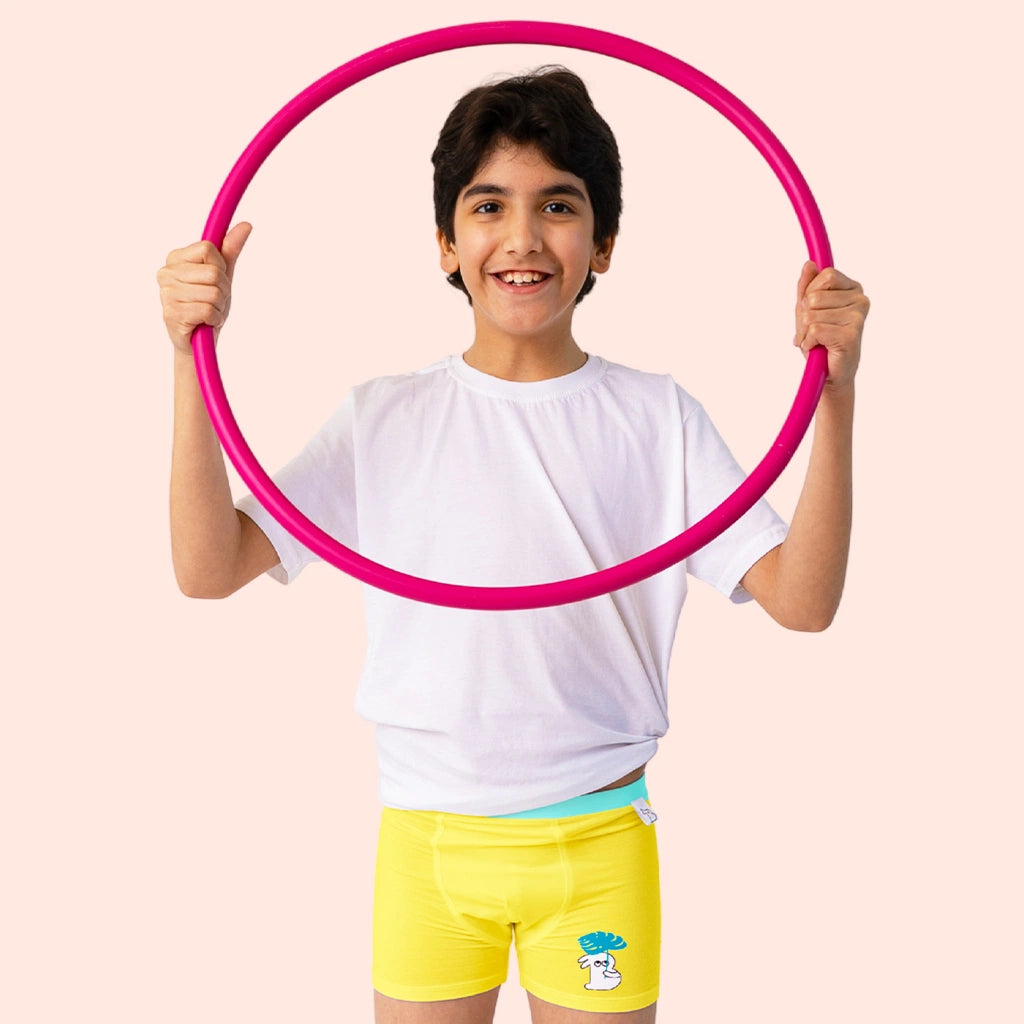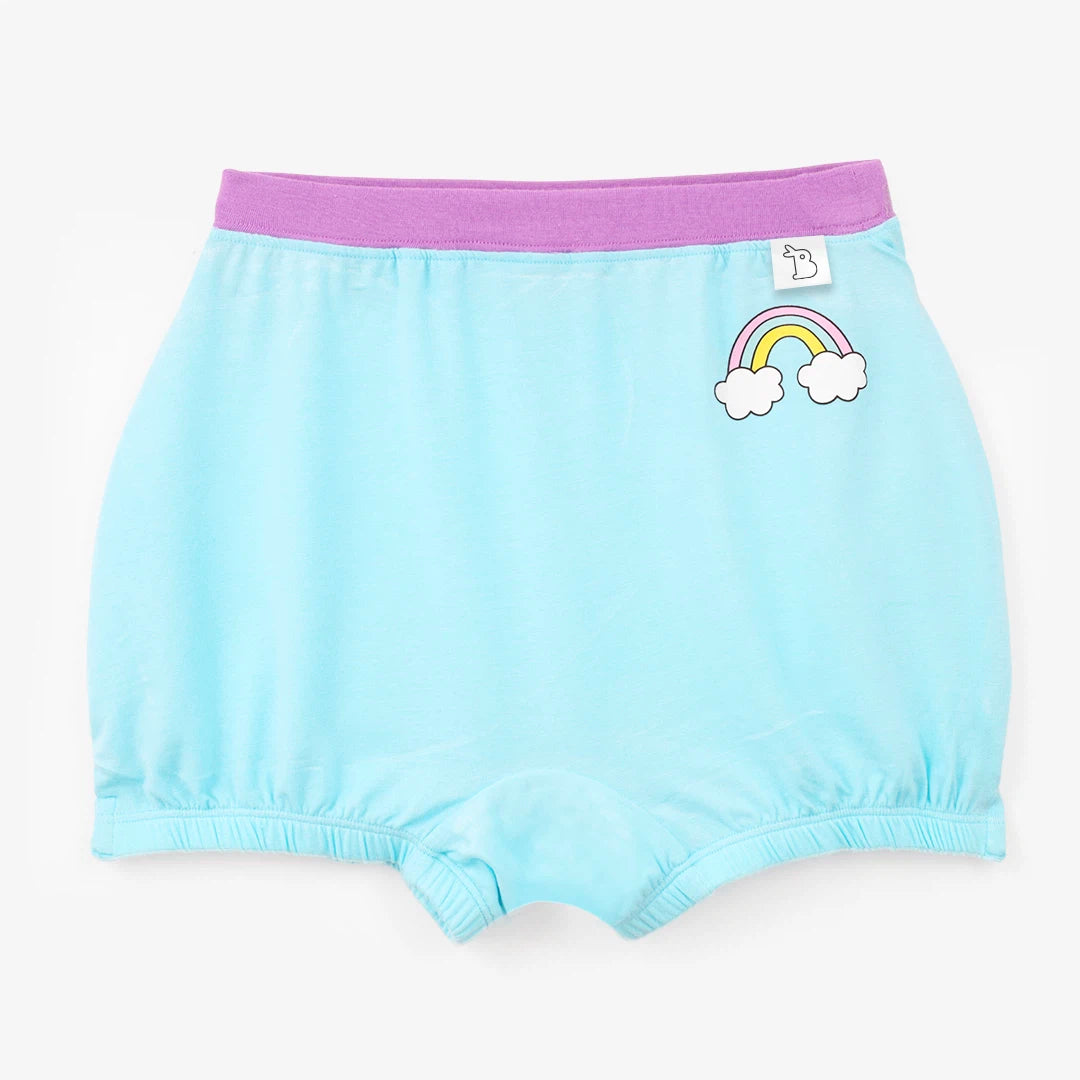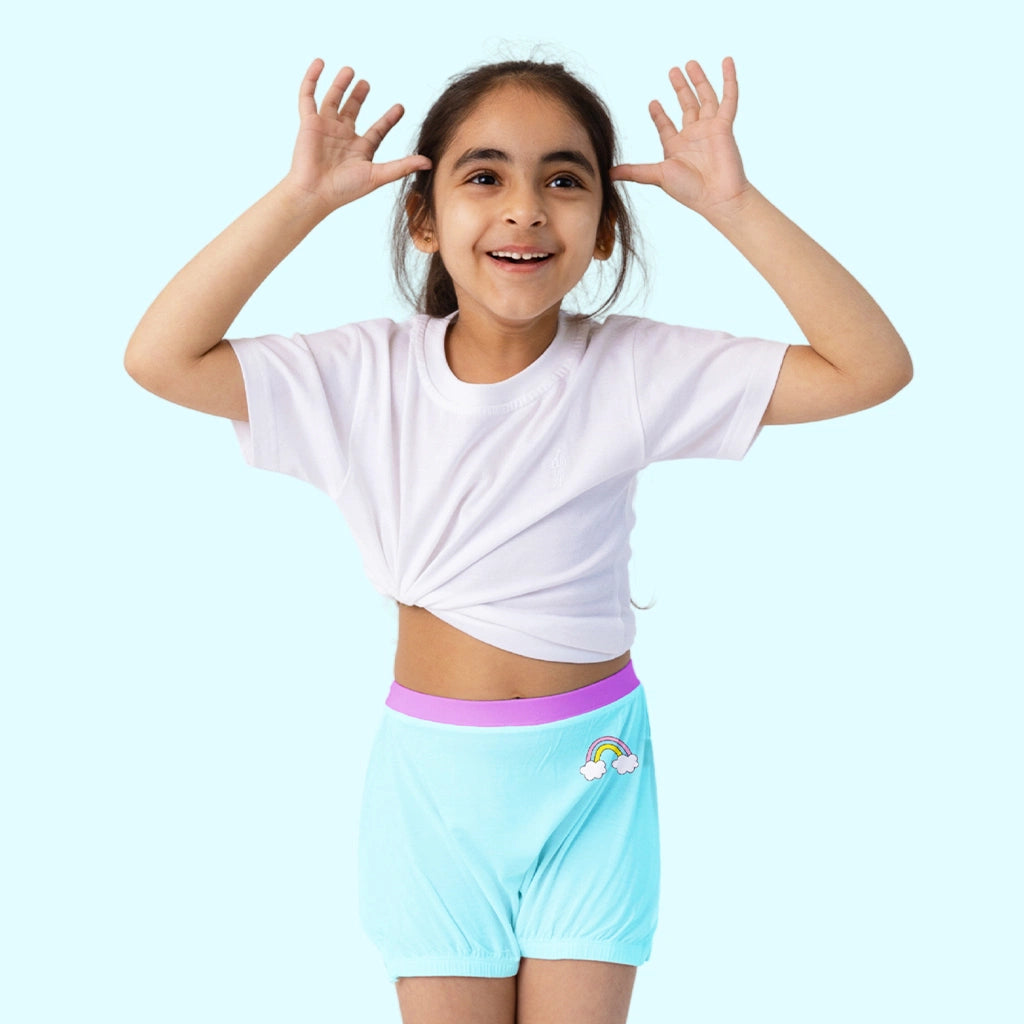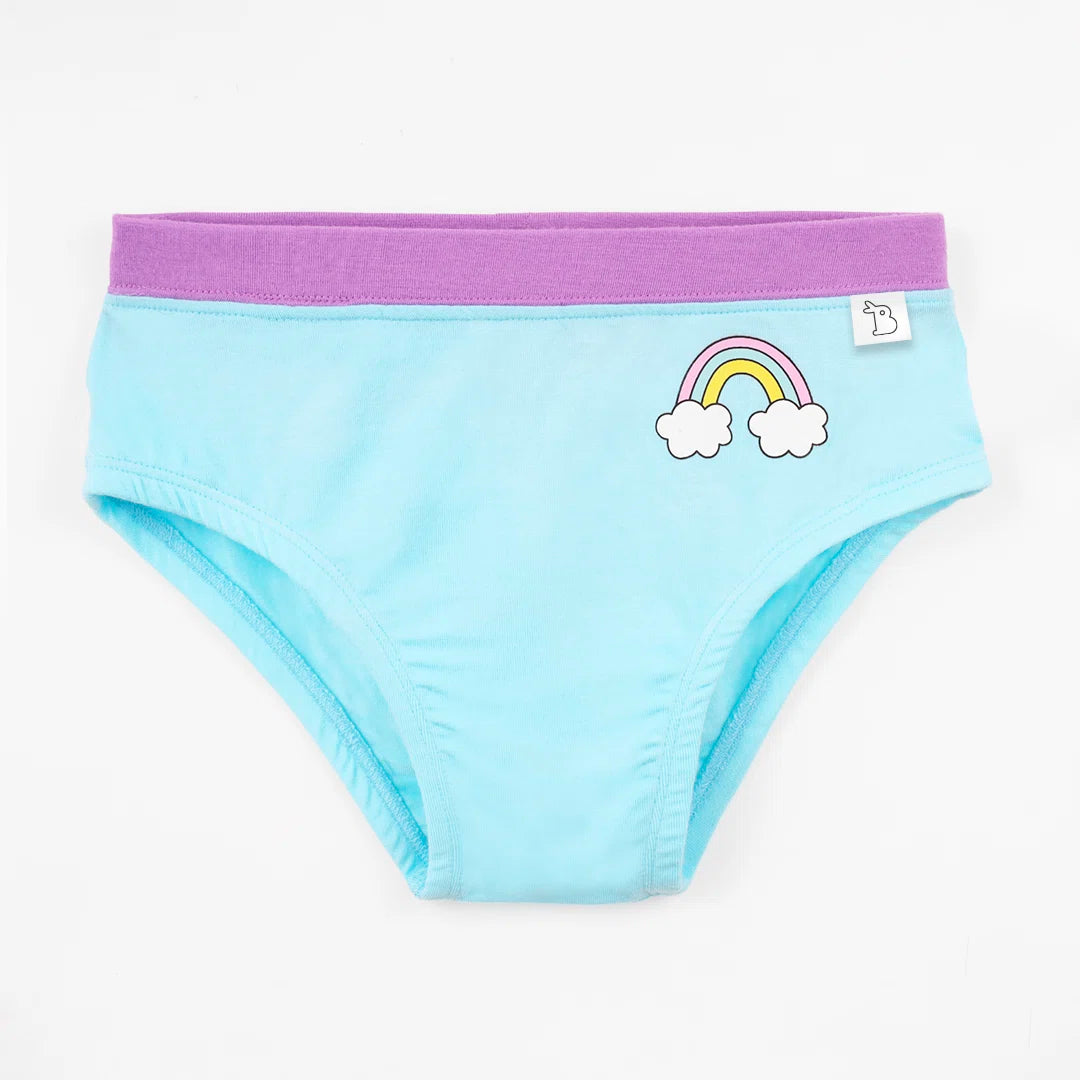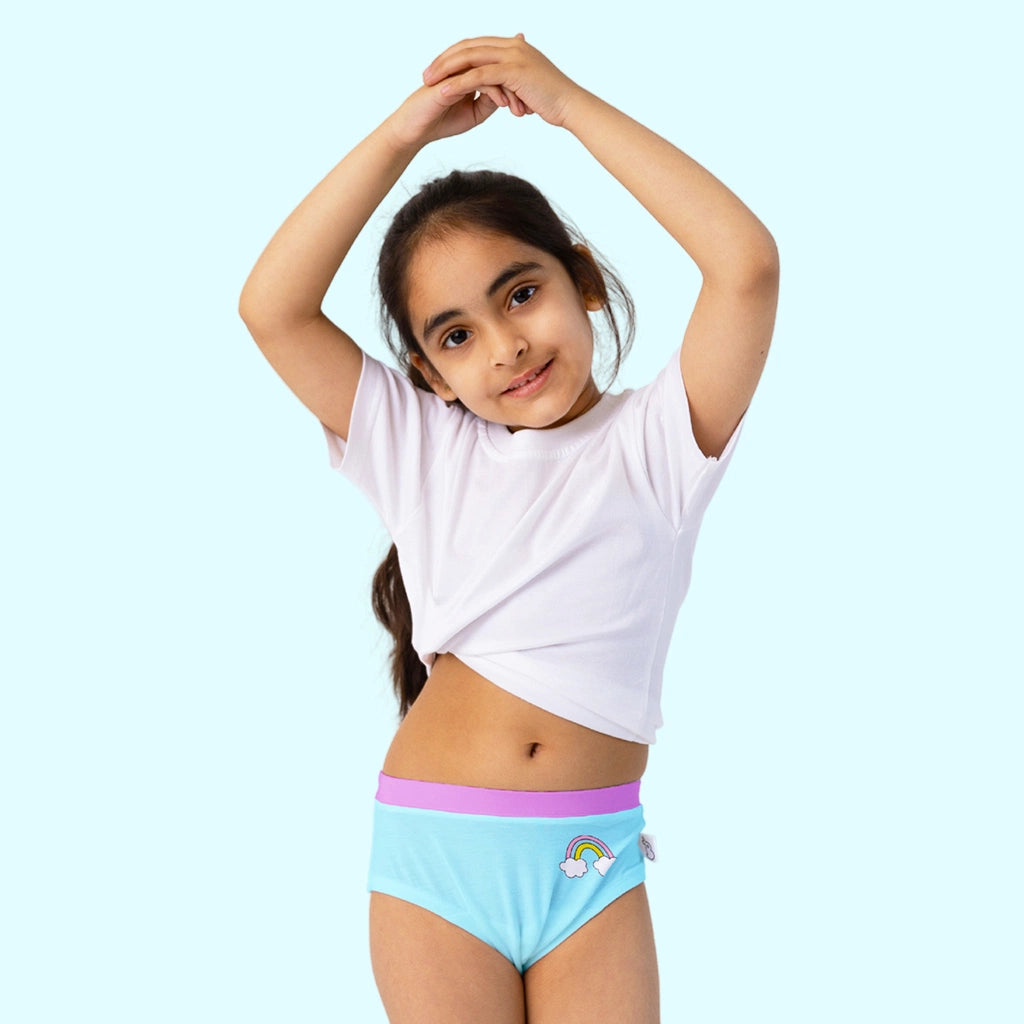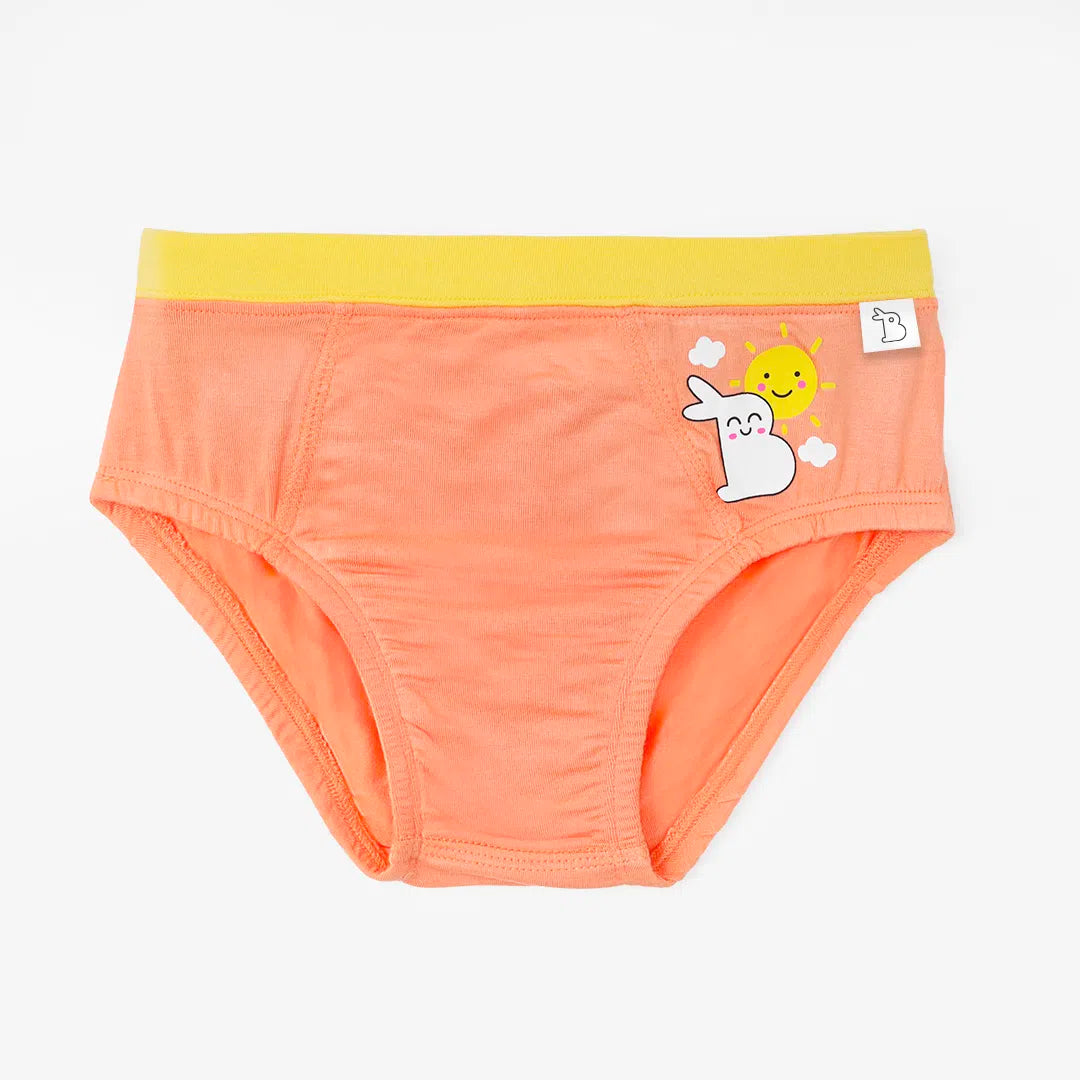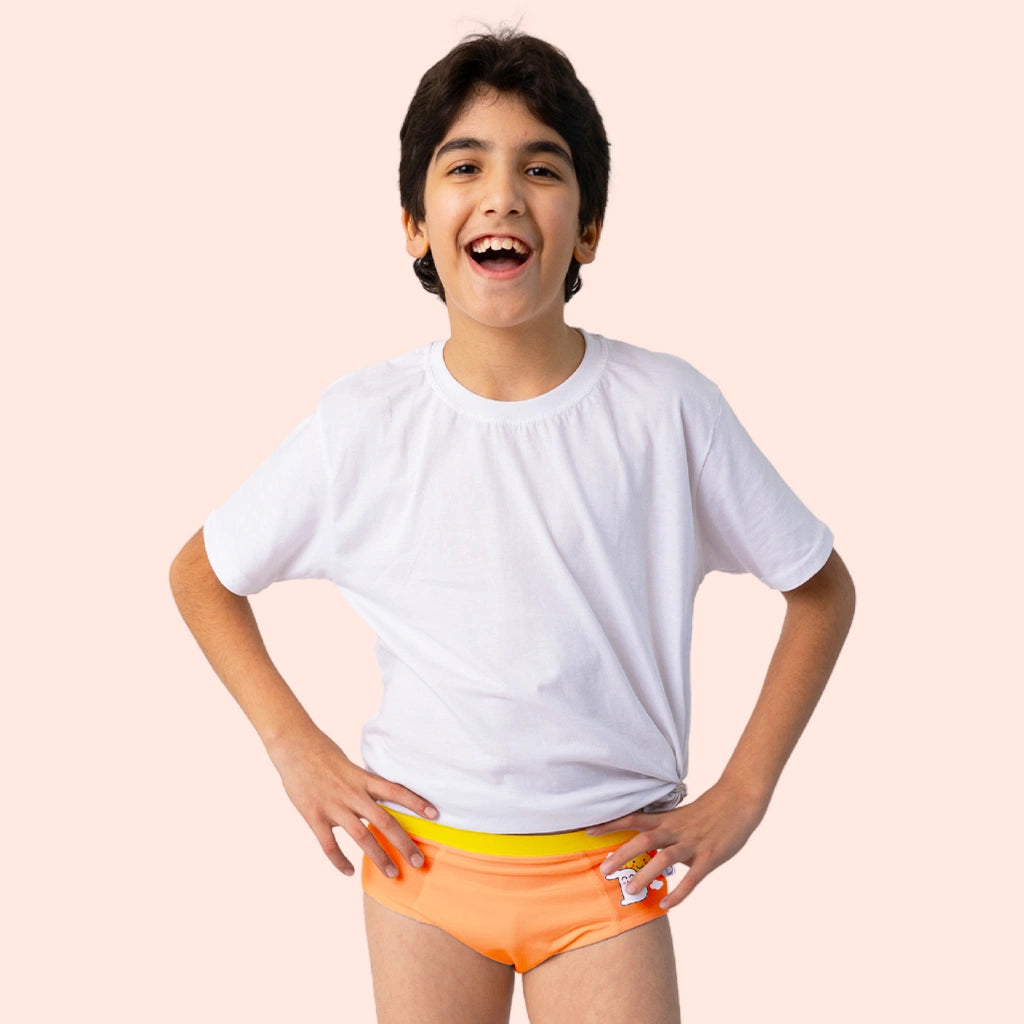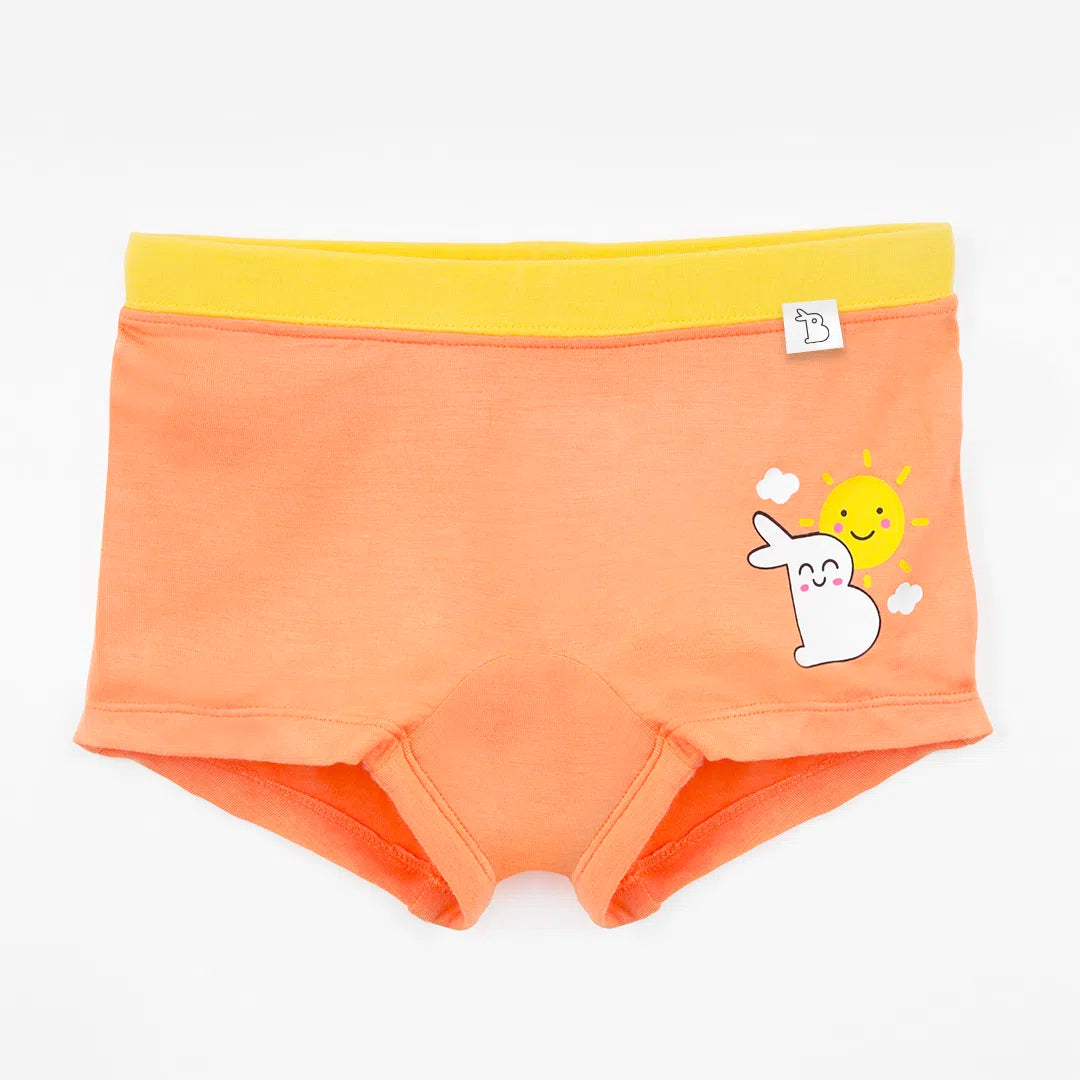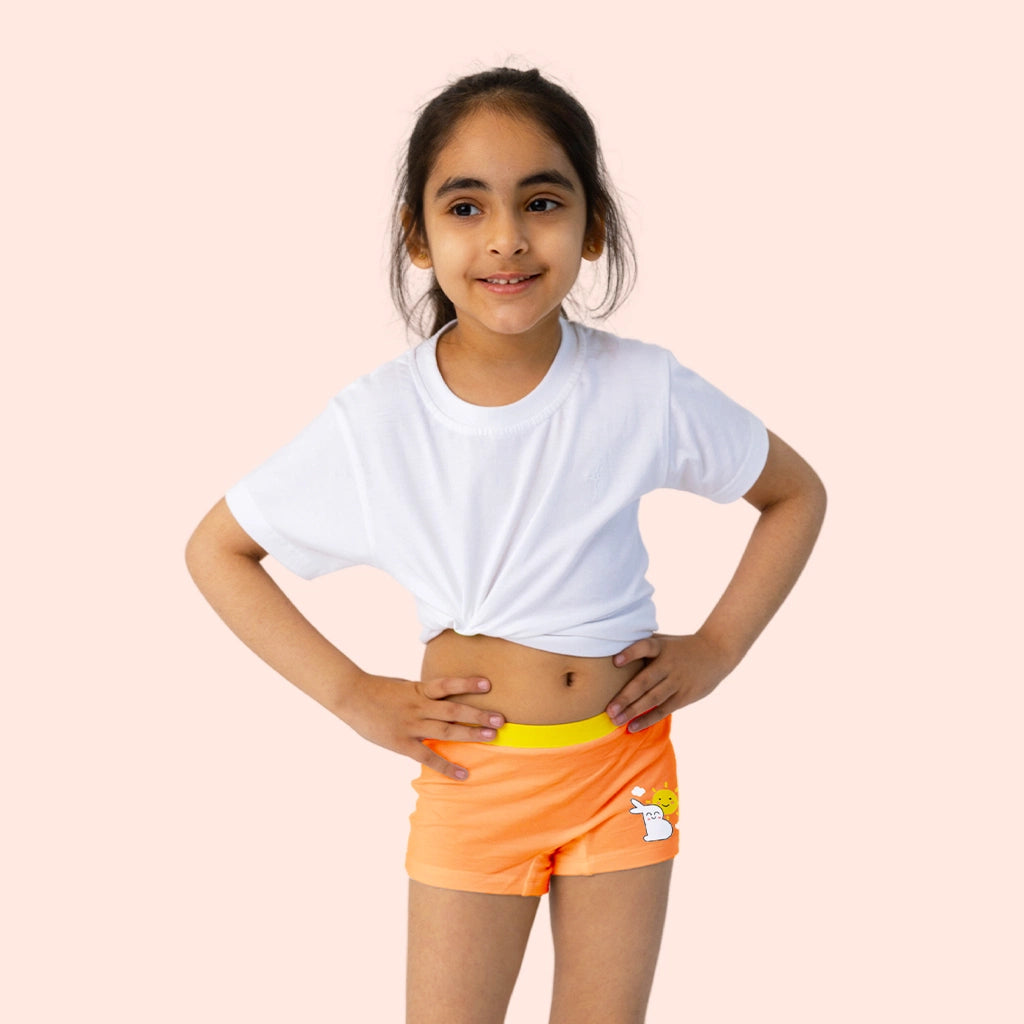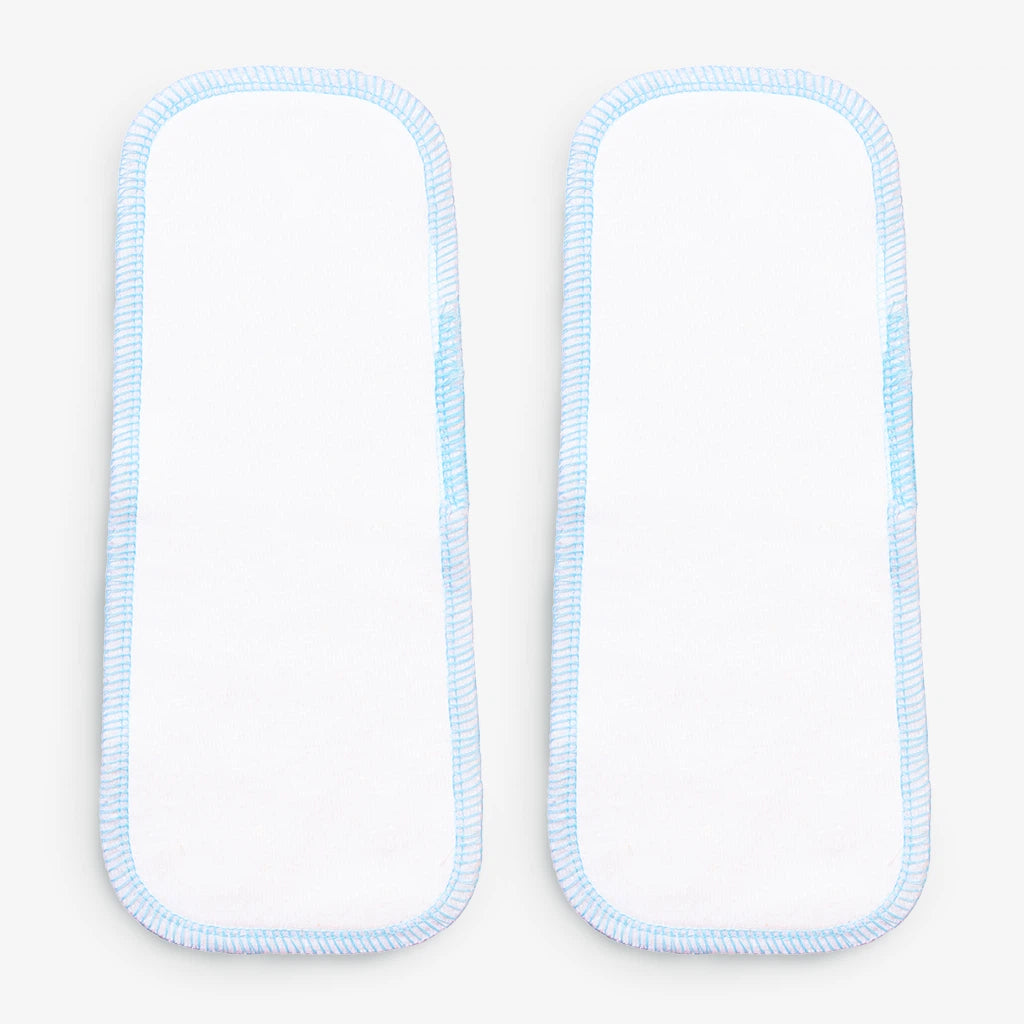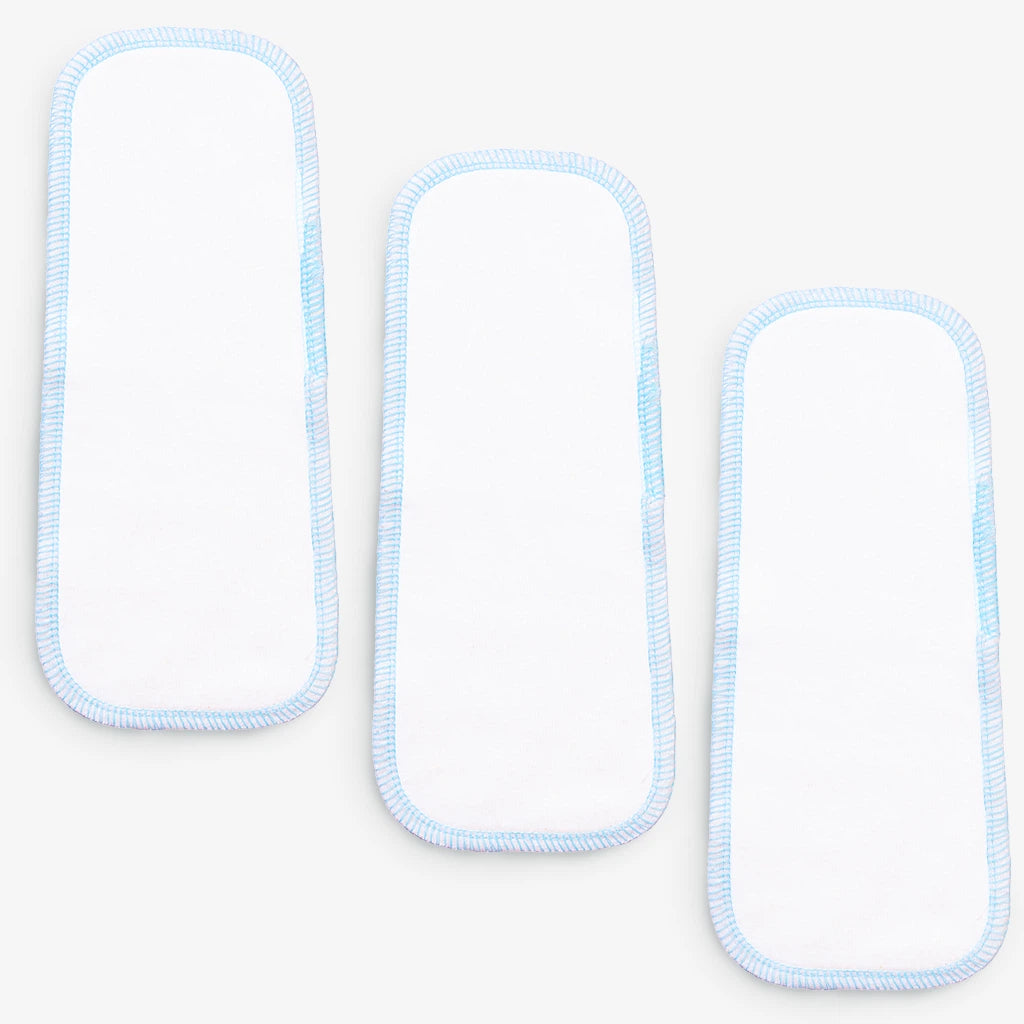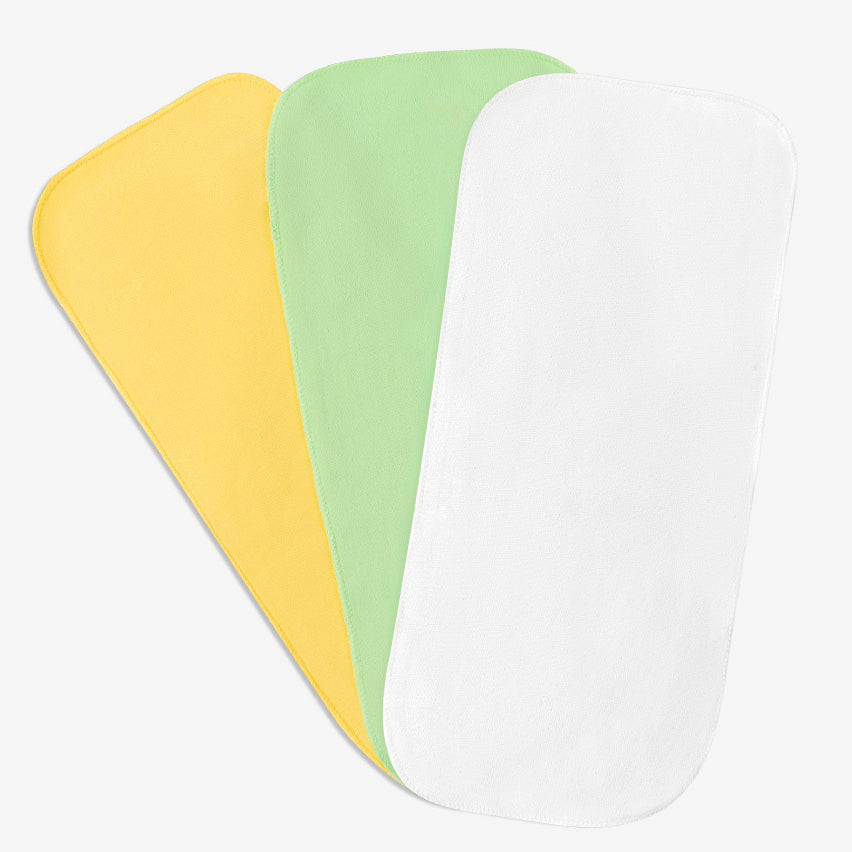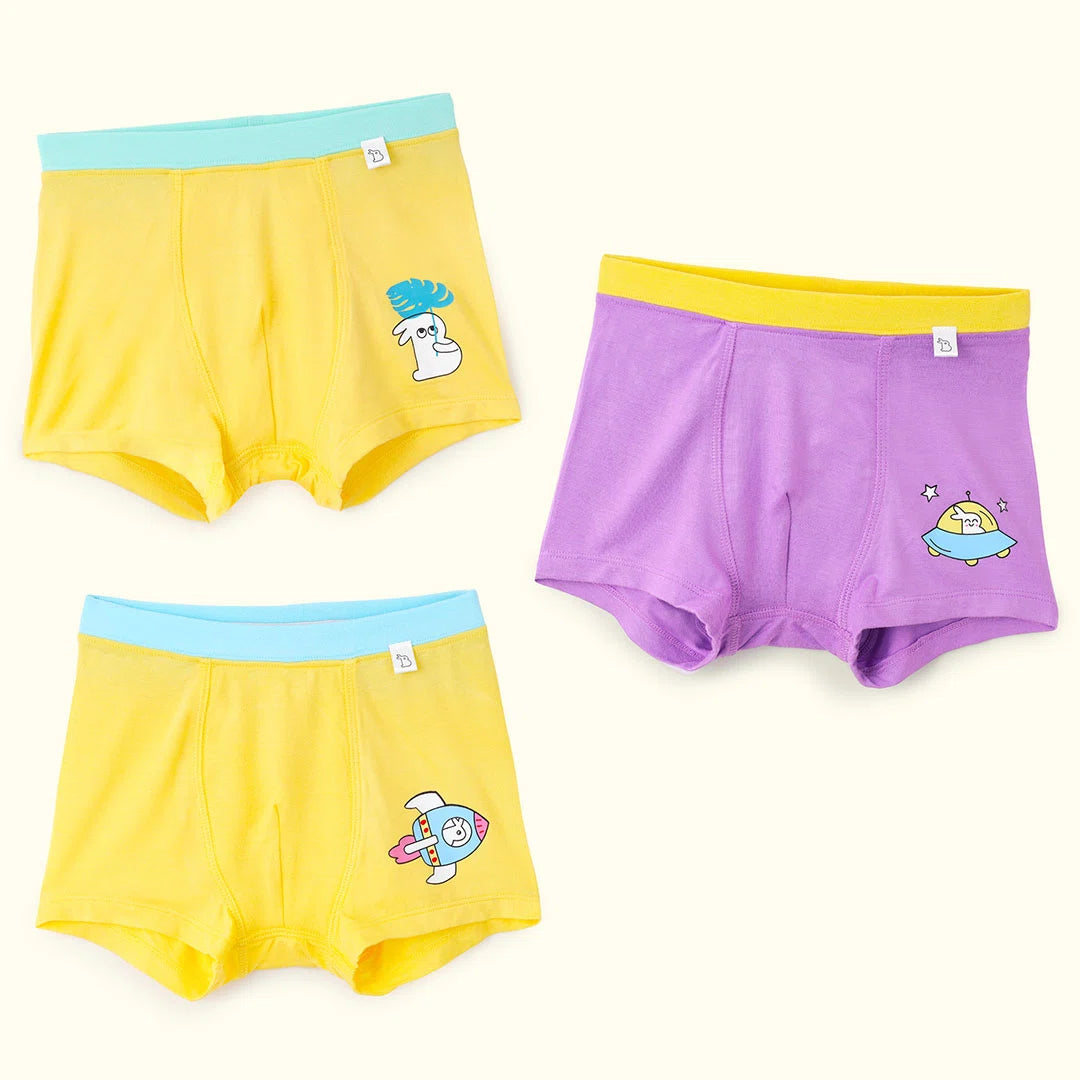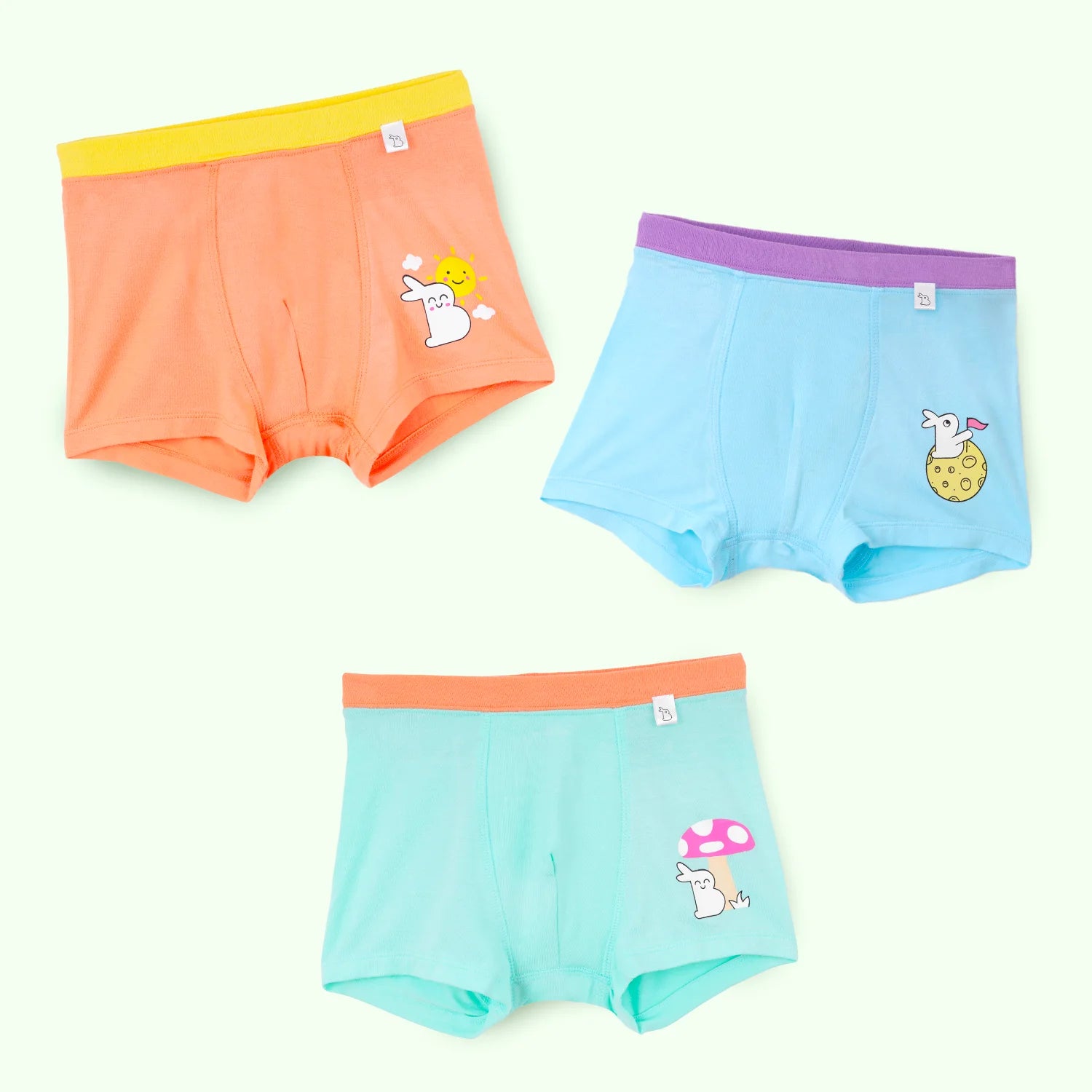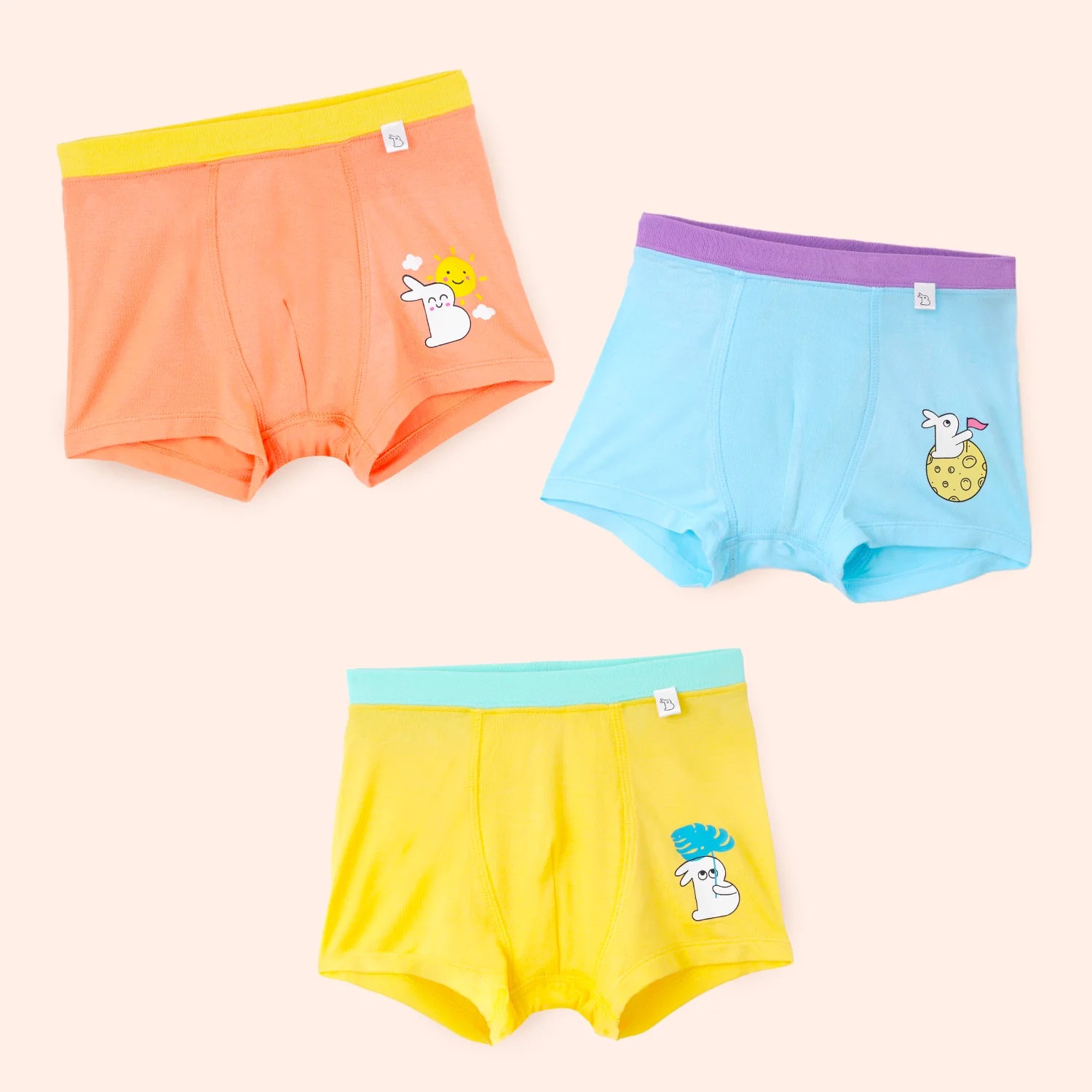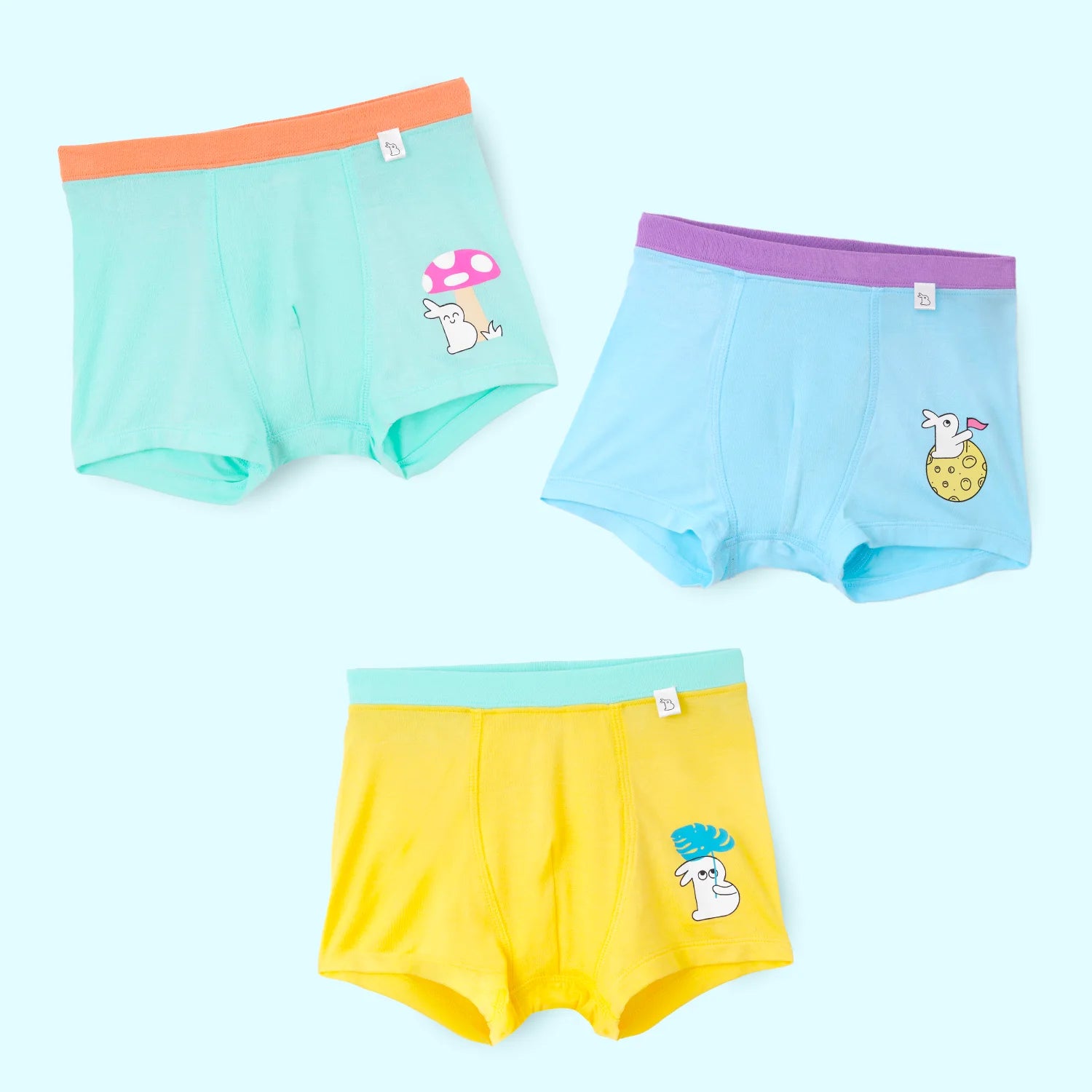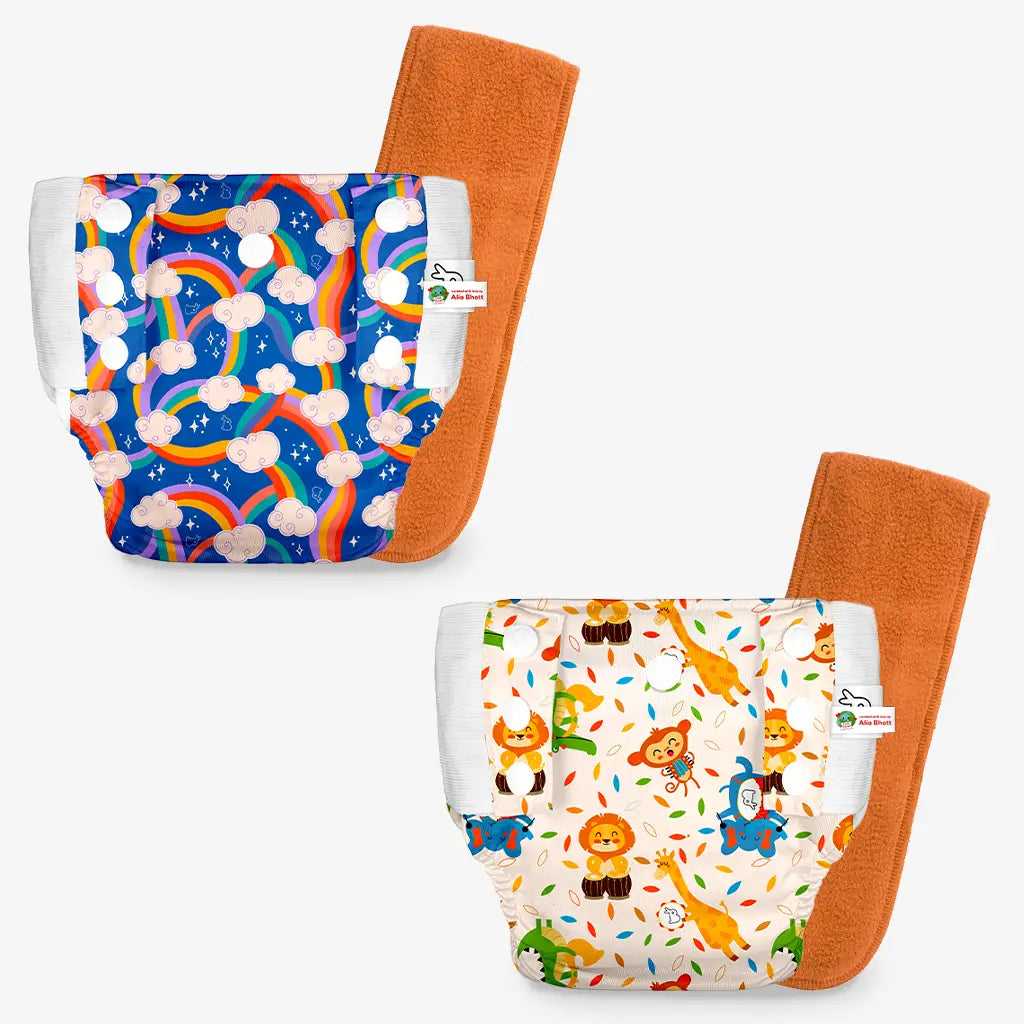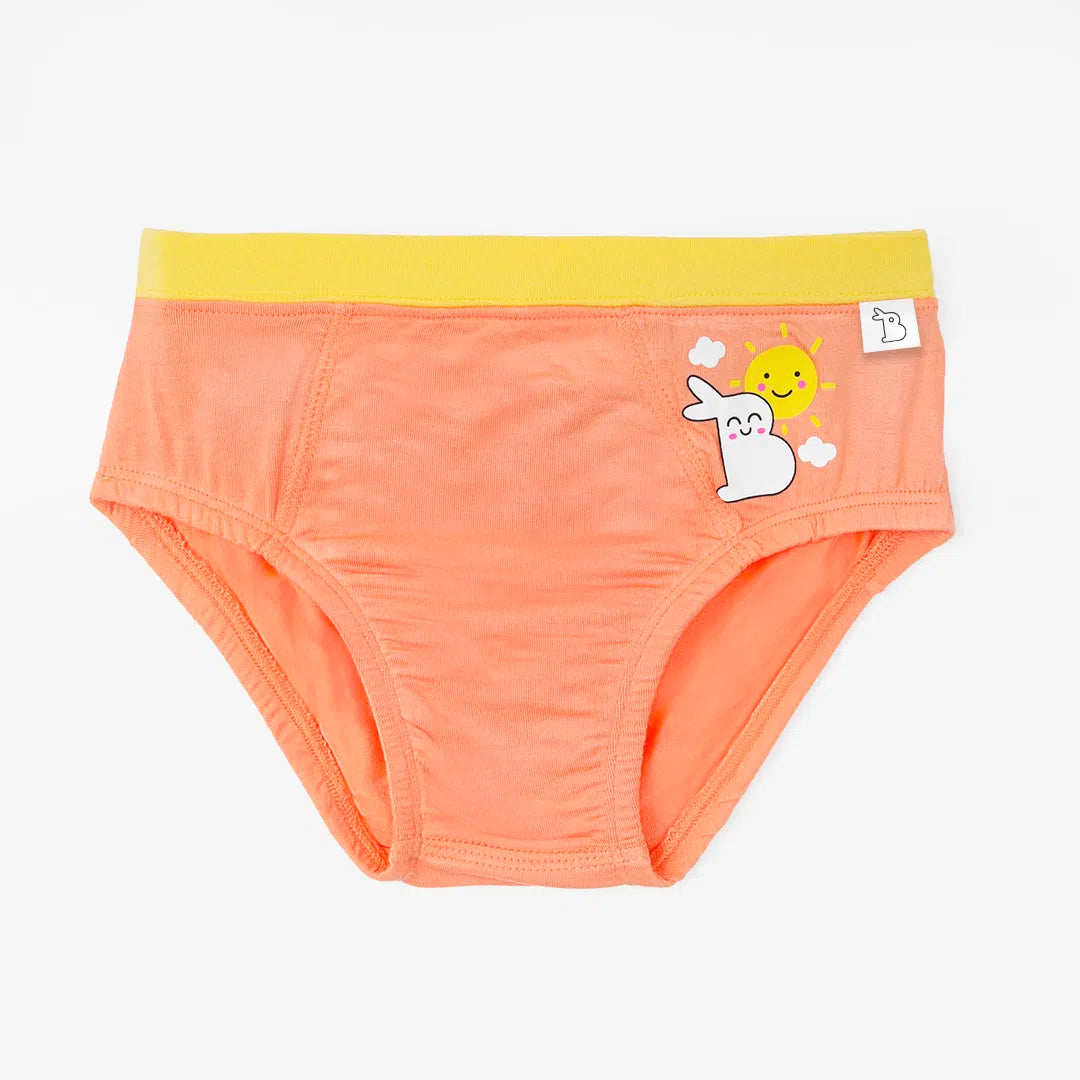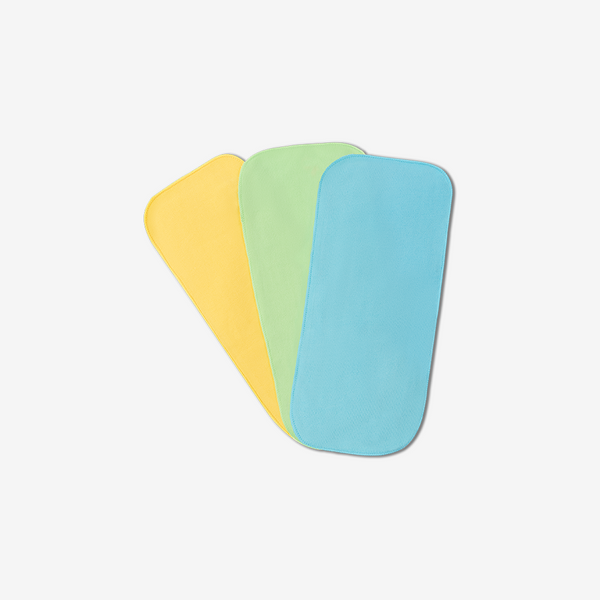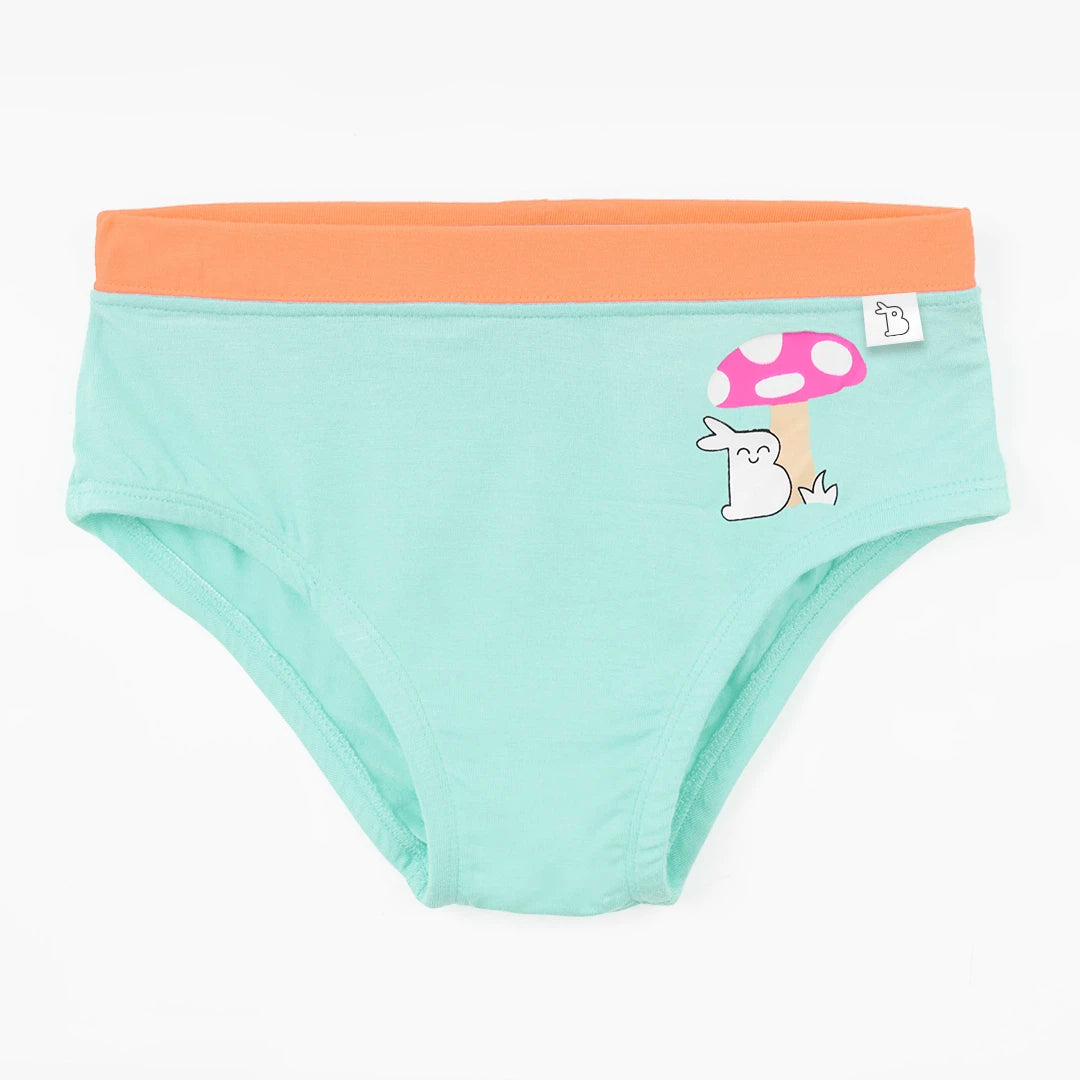Diaper rash while potty training can be a common concern. Increased exposure to moisture and friction can lead to irritation. Changes in diet or bowel habits may also contribute to diaper rash. Proper hygiene practices are crucial during this transition phase. Watch out for signs of discomfort or redness in your child's diaper area.
Causes and Triggers of Diaper Rash While Potty Training:
Diaper rash after potty training can be distressing for both parents and toddlers. Understanding the causes and triggers behind this common issue is crucial for effective management. Here's a breakdown of the key factors contributing to diaper rash while potty training:
1. Increased Moisture Exposure: Potty training involves transitioning from diapers to underwear or training pants. Undergarments may not provide the same level of absorbency as diapers, leading to increased moisture contact with the skin. Prolonged exposure to urine or sweat can weaken the skin's natural protective barrier, making it more susceptible to irritation.
2. Friction and Chafing: The friction between underwear or training pants and the delicate skin in the diaper area can cause chafing. Continuous rubbing can result in redness, inflammation, and discomfort for the child. Tight-fitting or rough-textured clothing exacerbates friction-related diaper rash. Opt for comfortable clothing options such as SuperBottoms Mulmul Jhabla.
3. Dietary Changes and Bowel Habits: Introducing new foods or beverages during potty training may alter the child's bowel movements. Changes in diet can lead to more frequent or looser stools, increasing the risk of diaper rash. Certain foods, such as acidic fruits or spicy dishes, may exacerbate irritation when they come into contact with the skin.
4. Microbial Infections: Yeast or bacterial infections can develop in the moist, warm environment of the diaper area. Potty training may disrupt the balance of natural microorganisms on the skin, allowing harmful pathogens to proliferate. Symptoms of infection include redness, swelling, and sometimes the presence of pustules or lesions.
5. Sensitivity to Products: A diaper rash potty-trained child may have sensitivities or allergies to ingredients in wipes, detergents, or hygiene products used during potty training. Fragrances, dyes, preservatives, or harsh chemicals present in these products can trigger skin irritation. It's essential to choose hypoallergenic, fragrance-free options to minimize the risk of allergic reactions such as XtraHydrating Wipes.
6. Inadequate Hygiene Practices: Inadequate cleaning of the diaper area during potty training can lead to bacterial or fungal overgrowth. Residual urine or stool left on the skin can irritate and exacerbate diaper rash. Encouraging proper wiping techniques and thorough cleansing after accidents is essential for maintaining skin health.
Understanding these causes and triggers empowers parents to take proactive measures in preventing and managing diaper rash during the potty training journey. By addressing moisture exposure, minimizing friction, monitoring dietary changes, preventing infections, selecting suitable products, and promoting good hygiene practices, parents can help their children transition comfortably and confidently from diapers to underwear.
Tips for Preventing Diaper Rash After Potty Training:
Potty training is a significant milestone in your child's development, but it can also bring about challenges such as diaper rash. Here are some practical tips to help prevent diaper rash during the potty training journey:
1 ▪ Change your child's underwear promptly after accidents or bowel movements. Prolonged exposure to urine or stool can irritate the skin and increase the risk of potty-training diaper rash.
2 ▪ Apply a thin layer of diaper rash cream or ointment to your child's clean, dry skin before putting on underwear. Barrier creams create a protective barrier that helps prevent moisture from irritating the skin.
3 ▪ Opt for breathable SuperSoft Underwear or Potty Training Pants for your child. Breathable fabrics like allow air circulation, reducing the risk of moisture buildup and skin irritation.
4 ▪ Remind your diaper rash potty trained child to use the potty regularly, especially after meals or drinks. Frequent bathroom breaks minimise the time spent in wet or soiled underwear, reducing the likelihood of potty training diaper rash.
5 ▪ Use gentle, fragrance-free wipes or a damp cloth to clean your child's diaper area. Harsh wipes or soaps containing alcohol or fragrances can strip the skin of its natural oils and contribute to irritation.
6 ▪ Pay attention to your child's diet and hydration levels during potty training. Encourage drinking plenty of fluids to stay hydrated, which can help prevent constipation and reduce the risk of diaper rash.
7 ▪ Teach your child proper wiping techniques from front to back to prevent the spread of bacteria. Ensure thorough cleansing of the diaper area during baths or diaper changes to remove any residual urine or stool.
8 ▪ Give your child some diaper-free time each day to allow the skin to breathe. Lay down a towel or waterproof mat and let your child play or nap without underwear to promote airflow and dryness.
9 ▪ Keep an eye out for any signs of redness, irritation, or discomfort in your child's diaper area. Promptly address any signs of diaper rash with gentle cleansing and the application of diaper rash cream.
10 ▪ Potty training can be a challenging time for both you and your child. Be patient, supportive, and encouraging throughout the process, and remember that accidents and setbacks are normal.
By implementing these preventive measures and creating a supportive environment, you can help minimise the risk of during diaper rash potty training and support your child's transition to underwear with comfort and confidence.
Managing Diaper Rash After Potty Training:
Even after successful potty training, potty training diaper rash can still occur. Accidents or nighttime wetting may expose the skin to moisture. Monitor your child's skin for any signs of redness or discomfort. Continue using barrier creams as needed to protect against irritation. Maintain good hygiene practices to prevent recurrence of diaper rash.
Benefits of Potty Training for Diaper Rash Prevention:
1 ▪ Transitioning to underwear reduces prolonged exposure to moisture.
2 ▪ Improved bowel control reduces the frequency of stool contact with the skin.
3 ▪ Encouraging independence in toileting promotes better hygiene habits.
4 ▪ Early detection of diaper rash symptoms allows for prompt intervention.
5 ▪ Successfully potty-trained children experience fewer instances of diaper rash.
|
Limited Offers Ending Sooner - BUY NOW Now or never offers live on the SuperBottoms website. Take advantage of the never-before Good Value for Money on our offer page! Stock up on the bestselling UNO diapers, accessories and other popular SuperBottoms baby and mom products now available in deals and discounts. HURRY, the Deals are Live till stocks last! |
Key Takeaways:
1. Managing diaper rash potty training requires diligence and proactive measures.
2. By understanding the causes, implementing preventive strategies, and recognizing the benefits of potty training, parents can effectively navigate this transition phase and ensure their child's comfort and well-being.
Frequently Asked Questions (FAQs)
Q1. How common is diaper rash during potty training?
Ans. Diaper rash potty training is relatively common due to increased moisture exposure and friction from underwear or training pants.
Q2. What are the main causes of diaper rash during potty training?
Ans. Diaper rash during potty training can be caused by factors such as prolonged exposure to moisture, friction and chafing from underwear, dietary changes, microbial infections, sensitivity to products, and inadequate hygiene practices.
Q3. How can I prevent diaper rash during potty training?
Ans. Prevent diaper rash during potty training by changing diapers promptly, using protective barrier creams, choosing breathable underwear, encouraging regular bathroom breaks, avoiding harsh wipes or soaps, monitoring diet and hydration, practising good hygiene habits, allowing for air exposure, being patient and supportive.
Message from SuperBottoms
Hi there, new parents! SuperBottoms brings you doctor-recommended cloth diapers — the best rash-free diapering solution for your baby’s sensitive and delicate skin. Unlike disposable diapers loaded with chemicals, our newborn cloth diapers, when used and washed properly, can help eliminate the risk of diaper rashes. SuperBottoms offers a wide range of safe, skin-friendly essentials for the whole family — including Reusable Cloth Diapers, Diaper Pants, DryFeel langots for diaper-free time, Padded Underwear for potty training, SuperSoft Underwear for everyday comfort, Joggers for playful days, and Period Underwear for women. Not just for everyday use, SuperBottoms products also make the best gifting choice for babies — thoughtful, eco-friendly, practical, and loved by parents. Now available on Amazon, Myntra, Flipkart, FirstCry, Zepto, Swiggy and Blinkit.



